Trip Logs
Wonders of Japan Cruise: Cherry Blossom Season Trip Log: March 27–April 9, 2024

March 28, 2024 | Osaka, Japan
After gathering at our Osaka hotel last night, we woke to a selection of excursions. Some of us ventured to Uji, where we set off on a riverside walk. Amid burgeoning cherry trees, we spotted cormorants fishing. During a fascinating workshop, we ground tea leaves into powder (matcha) and prepared a perfect pot of tea. Continuing onward, we explored the town of Uji, seeing its exquisite shrines, including Buddhist Byodo-in Temple, a UNESCO World Heritage Site. We ended the day exploring its museum, followed by a local lunch.
Those who travelled to Nara — capital of Japan’s Nara Prefecture — visited two UNESCO World Heritage Sites. At Horyu-ji, we observed the world's oldest surviving wooden structures, envisioning Japan more than 1,300 years ago. After an authentic, multicourse Japanese lunch, we paid a visit to Todai-ji to marvel at the world’s largest bronze Buddha Vairocana statue. Strolling through the expansive historical complex, we encountered a sitka deer. Typically found in lowland and low mountain forests, in Nara they are numerous and accustomed to foraging around people. Admiring the tame creatures up close, we fed them “deer crackers.”
Our Kyoto excursion first took us to the Kinkakuji (Golden Pavilion), the stunning structure reflected in its pond. After learning about Japanese garden culture and cultivation on its grounds, we continued to Tenryu-ji, head temple of the Tenryu-ji branch of Zen Buddhism. We sat down to a moving talk by a Zen Buddhist monk, who spent 50 years in training here. Pausing, we enjoyed an elaborate vegetarian lunch, served in beautiful lacquerware dishes. Following, we strolled through the surrounding garden and bamboo groves. Weeping cherry trees were just beginning to blossom and azaleas were in full bloom. Our final visit of the day was to the imposing, single-story Nijo Castle, former palace of the shogun when Kyoto was the western capital of Japan.
Back at the hotel, we gathered for a welcome cocktail party and dinner, followed by a special, private Noh performance. This form of classical Japanese dance-drama has been performed since the 14th century. Although it’s not normally permitted, we were welcome to snap photos during the breathtaking show.

March 29, 2024 | Osaka
Enjoying a morning at leisure, we spent time enjoying our luxurious hotel, wandering the neighborhood, admiring street art or shopping for local treasures. Later, we set off to visit Osaka Castle Park, home to Osaka Castle Hall, athletic fields, an open-air music theater and concert hall, and the Osaka Castle Keep Tower. In spring, cherry plum trees are abloom, making this a popular viewing destination. On the grounds, lively families and small groups gathered and celebrated on grass beneath the trees.
Upon crossing over a bridge and passing through two sets of massive, metal-clad wooden gates, we were met with the castle’s astonishing stone ramparts. The enormous granite blocks — the largest weighing more than 100 tons — were quarried from a distant island and ferried to the site by raft. The human labor required to move and haul the many rock blocks was unimaginable.
It was then time to head to the port of Osaka. Welcomed aboard elegant ‘Le Soleal’ by Captain Antoine Paquet, we enjoyed drinks and afternoon tea; met our Expedition Team; and set sail.

March, 30 2024 | Shikoku Island
Arriving in Takamatsu on Shikoku Island, the smallest of Japan’s four main islands, we were met with hazy sunshine. This region’s distinctive, Mediterranean-like climate is unique in Japan, yielding pleasant, mild conditions.
Some of us jetted to Shodoshima by ferry, where we strolled through an olive grove and visited a soy sauce producer, who employs traditional wooden barrels. We then marveled at the beauty of Kankakei Gorge, ascending the cable car for views of the stunning valley and volcano-carved rock formations. Hiking back down through the forest, we noted the spring vegetation and birdsongs, including from the Japanese bush warbler.
Others headed to Naoshima, an island renowned for its contemporary art. In the Honmura District, we explored the Art House Project, where artists turn empty houses into works of art that reflect the time when the buildings were lived in and used. We next visited the Benesse House Museum — dedicated to nature, art and architecture — and the Chichu Art Museum, built mostly underground. After strolling past colorful outdoor sculptures, we sat down to a delicious lunch overlooking the Seto Inland Sea.
The rest of us explored Takamatsu, traveling along cherry blossom-lined streets en route to the historic Ritsurin Garden. We continued to Kinashi Bonsai Village, home to hundreds of bonsai specialists, who produce most of the country's bonsai pines. We enjoyed a demonstration from a fifth-generation bonsai master before strolling the grounds. A half-moon bridge over an ornamental lake frames the view of Kikugetsutei, a teahouse that’s cantilevered over the lake. After admiring the meticulously manicured, lovingly maintained gardens, some chose to visit Takamatsu Castle Park, former headquarters of the Takamatsu Domain, which ruled eastern Sanuki Province from 1588 to 1869.
Back aboard, we enjoyed a send-off performance by a local high school group. After time to spruce up, we attended a welcome cocktail party, followed by a gala dinner as we continued westward toward Hiroshima.

March 31, 2024 | Honshu Island
Readying for a day of poignant visits, we arrived in the city of Hiroshima on Honshu Island, largely destroyed by an atomic bomb during World War II.
Some of us chose to explore the historic Shukkeien Garden, a lake with a memorial for the victims of the atomic bomb. Dating from the Edo period and famous for its scenery in miniature, its cherry trees were in bloom. Continuing onward, we visited reconstructed Hiroshima Castle, taking in views of the city from atop its tower. After lunch ashore, we spent the afternoon exploring Peace Memorial Park and heard deeply moving talk from survivor Keiko Ogura, director of the Hiroshima Interpreters for Peace, who was eight years old when the bombing occurred. We ended the day at the Hiroshima Peace Memorial Museum, which documents the atomic bombing of Hiroshima during World War II.
Others began the day at Hiroshima Peace Memorial Park, where victims’ belongings, A-bombed artifacts and survivor testimonies convey the event’s profound impact and loss. Later, we boarded a chartered boat to Itsukushima, a holy place of Shintoism since the earliest times. Visiting the UNESCO-designated Itsukushima Jinja, we admired its "floating" torii. Some of us then explored Daishoin, a historic Japanese temple complex on Mount Misen, while others sampled local street food and visited artisan shops.
Still others ascended Mount Misen by cable car, hiking to its viewing deck at the peak for panoramas of temples, blooming cherry trees and the islands of the Seto Inland Sea. Upon descending, we sat down to lunch at a local restaurant. As the day came to a close, we explored Itsukushima Jinja and Daishoin, with time to shop at local boutiques.
Back aboard, our evening included a musical and dance performance by the standing ovation-worthy Hiroshima Junior Marimba Ensemble.

April 1, 2024 | Shikoku Island
We traded bustling port cities and cultural centers for the rural western coast of Shikoku Island. Arriving in the rather sleepy port town of Uwajima, free of crowds, we set out to enjoy “only-in-Japan” experiences.
Some began the day with a peaceful walk in Yokkaichi’s old town, visiting the Kamihaga Residence. We learned about traditional residential architecture and the time-honored craft of Japanese candle making. Continuing onward, we visited the historic, wooden Uchiko-za Kabuki theater, built to celebrate the accession of Emperor Taisho. Our walk along the Hiji River provided delightful views of cherry trees in full bloom around Ozu Castle, followed by an amazing lunch ashore. En route back to our ship, we paused to explore Ozu’s picturesque old town and visit rustic, elegant Garyu Sanso villa.
Those who instead visited Nanraku-en Garden strolled through its lovely grounds, admiring the cherry trees in full bloom. Amid a rural landscape, we headed to a nearby valley for a lunch of refreshing, chilled somen noodles alongside a rushing mountain stream.
Others visited the Yusu-Mizugaura Terraced Fields, where danshaku potatoes are grown today. After exploring the terraces and taking in the scenery from the top, we dug potatoes and enjoyed them prepared alongside morning tea. We then visited Doi-Pearl farm, learning about the production process, from implantation to harvest. After lunch on board ‘Le Soléal,’ we next strolled through Tenshaen Garden — alight with cherry blossom blooms — and attended a Sansa folk performance, featuring traditional dance and music. Before returning to our floating home, we stopped at the local Michi-no-Eki (roadside station), laden with citrus. There, we sampled ice cream.
As we prepared to sail away, we enjoyed a rousing taiko drum performance. Proceeding through the Kanmon Straits, we ended the day with a talk about the land, landscape and people of Japan.

April 2, 2024 | Kyushu Island
We followed the winding, narrow Kanmon Strait separating Honshu from Kyushu, arriving in the welcoming, coastal city of Karatsu on Kyushu Island.
After an enriching talk introducing us to the art of Japanese ceramics, we set off on our daily excursions.
Those who explored Karatsu visited the “Dancing Crane Castle” — a hirayamajiro built on a plain rather than a hill or mountain. At the end of the Edo period, the Ogasawara clan called it home. With cherry trees in full flower and fine views over the sea and the city, we saw a collection of Karatsu ware pottery and observed a ceramicist at work. We continued to a hall that housed 14 extraordinary festival floats. As we admired their craftsmanship, a local group performed festival music. Lending further context, we watched a video depicting the annual festival, which is held each November. We then visited the former home of Koreyoshi Takatori, who made his wealth from coal mining.
Others took in panoramic views from Kagamiyama Hill, where cherry blossoms were in full bloom. From this vantage point, we enjoyed the sweeping vistas of Karatsu Bay and the islands beyond. After lunch on board ‘Le Soléal,’ we attended a moving joruri puppetry performance at Kuhon-in Temple and visited the 14th-generation Nakazato Taroemon kiln. Changing gears, we attended a tea ceremony at Kinshoji Temple. After learning how to whisk powdered green tea into frothy, bitter matcha, we sipped a cup alongside Sakura-spike sweets.
Ceramic enthusiasts instead headed inland to Arita, the birthplace of Japanese porcelain. We observed and photographed artisans at centuries-old Gen-Emon and Kakiemon kilns. After pausing for an authentic Japanese lunch, we arrived in the picturesque village of Okawachiyama, where pottery shops produce Nabeshima-yaki. Nestled in a narrow valley with lovely mountainous scenery, we admired cherry blossoms at their peak. Strolling down the quaint village streets, we saw a magnificent 400-year-old ginkgo tree and perused local porcelain shops.
Back aboard, we enjoyed a taiko drum performance and firework send-off before departing Japan en route to South Korea.

April 3, 2024 | Busan & Gyeongju, Korea
Having crossed the Tsushima Strait from Japan to the Republic of Korea overnight, we awoke in the bustling port city of Busan. Met by grey skies and rain, we remained excited to explore.
Some of us travelled north to Gyeongju, the ancient capital of the Silla dynasty, where we visited Bulguksa, a Buddhist temple and UNESCO World Heritage Site. The head temple of the Jogye Order of Korean Buddhism houses six national treasures, including Cheongungyo, the Dabotap and Seokgatap stone pagodas, and two gilt-bronze statues of Buddha. We then explored UNESCO-designated Tumuli Park, seeing its royal tombs. Although most of the mounds are domed, some take the form of a half-moon or gourd and contain wood coffins covered with gravel. Excavations have revealed a wealth of gold, glass and fine ceramic artifacts.
The rest of us strolled through the Jagalchi Market, seeing fresh-caught fish. We then visited Buddhist, seaside Haedong Yonggungsa Temple, one of three sacred places linked to the Goddess of Buddha of Korea. There we admired the 12 statues of the Chinese zodiac animals; the temple’s stone pagoda; the golden Buddha statue; and the vibrant temple building. Passing through a pine forest on foot, we reached the Nurimaru APEC House, site of the 2005 Asian-Pacific Economic Cooperation (APEC) Summit. A modern recreation of a traditional Korean pavilion, it features a domed roof, wall-to-wall glass and scenic grounds dotted with camellia and pine trees.
Back aboard ‘Le Soléal,’ we attended a late afternoon talk on Shinto and Buddhism in Japan as we headed to the coastal city of Sakai, just south of Osaka.

April 4, 2024 | Honshu Island, Japan
Back on Honshu Island, we set off to explore the region from the quiet port of Sakaiminato.
Some spent time at Matsue Castle. One of the few remaining original castles in Japan, it’s surrounded by huge walls and a lovely moat. Today, it was also accented by blossoming sakura trees. At Yuushien Garden, we admired tulips and peonies in full bloom. Stopping for lunch at a microbrewery specializing in grill-your-own, San’in-style fare, we enjoyed sizzling beef with local beer and ended the day over ice cream from the shop downstairs.
Others passed through the peaceful, agricultural countryside and forested hills to reach the enchanting village of Yakumo. There, we learned about the ancient art of Japanese washi-making and made durable postcards, crafted from the bark of local trees. After a delicious, multi-course kaiseki lunch at a nearby hot spring inn, we walked to the Adachi Museum of Art. Exploring its unique garden on foot, we also perused its collection of nihonga, including pottery, paintings by Yokoyama Taikan and other works of art. Each window of the museum framed views of the meticulously cultivated grounds.
Those who preferred a leisurely start enjoyed the facilities and lunch aboard ‘Le Soléal’ before strolling along Mizuki Shigeru Road. On both sides, bronze sculptures depicted characters from the manga artist’s works. Arriving at the Yuushien Garden, a traditional water garden, we took in the vibrant display of sweet-smelling peonies.
After gathering back aboard, we proceeded along the Sea of Japan toward Kanazawa, the capital of Ishikawa Prefecture.

April 5, 2024 | Honshu Island
We spent the day exploring the historic city of Kanazawa, known for its preserved Edo-era districts, regional handicrafts and art museums.
That brought some of us to picturesque Kenroku-en, a strolling garden constructed by the Maeda clan. Beneath sunny skies, we viewed the two-legged, stone Kotoji-toro lantern and the magnificent, 300-year-old Karasaki pine, its ancient branches stretching over the surface of the ornamental pond. At the National Crafts Museum, we enjoyed a demonstration by a local ceramicist and observed two artists painting exquisite patterns onto Kutani ware. After walking through the bustling Omicho Market with its dizzying array of fish, seasonal produce and clothing stalls, we explored the Higashi Chaya District, a traditional neighborhood with teahouses and shops specializing in gold-leaf crafts. Immersing ourselves, we say down to a traditional bento box lunch and paid a visit to a studio, where we transferred gold leaf onto paper postcards.
Those who headed into the mountains passed through a series of long en route to charming Takayama, its Sanmachi Suji historic district lined with wooden, Edo-era merchant houses. After an authentic lunch at a local restaurant, we continued to the alpine-style village of Shirakawa, a UNESCO World Heritage Site with gassho-zukuri, traditional Japanese homes featuring triangular, thatched roofs that resemble hands in prayer.
Others took a culinary tour, walking through the labyrinthine Omicho Market. We learned how to cut salmon and tuna and prepare sushi. After sampling fresh sashimi, we moved on to a local brewery to explore the art of sake-making and sample rice wine from the source. Ending the day, we attended a cooking class — where we made jibu-ni, a regional stew simmered in dashi stock. We then strolled through Kanazawa’s samurai district.
Our final group travelled inland to Yamanaka Onsen, a hot spring resort area in the city of Kaga. Along the way, we crossed the cat’s cradle footbridge, admired a multitude of moss, fern and forest hues and learned about the area’s natural history. We then relaxed in the soothing water before a delicious — and visually lavish — lunch.
Before setting sail for Sado Island this evening, we took in a geisha performance aboard ‘Le Soléal’ and had the opportunity to pose for photographs with performers.

April 6, 2024 | Sado Island
Spending the morning at sea, we had time to relax, take in the ocean views and sit down to enrichment talks, among them discussions on kimonos and Japan’s “golden era,” the Heian period.
Later, calm conditions allowed us to go ashore at the port of Ogi on Sado Island. After a private concert by internationally acclaimed taiko drummers, we continued to Shukunegi — a shipbuilding village — designated a National Important Preservation Area for Traditional Buildings and Architecture. Homes in the historic town were built from ship planks.
At the Ogi Folk Museum, we learned how cedar roof shingles are made. We then viewed the impressive collection of fishing and shipbuilding artifacts, including a 19th-century sengoku bune freight ship replica.
Back aboard ‘Le Soléal,’ we enjoyed music and cocktails and prepared for an educational day at sea.

April 7, 2024 | At Sea Bound for Hokkaido Island
We were met with calm seas, sunshine and a varied enrichment program that included talks on Russia-Japan relations, the nature of Japan and the “Floating World” of geishas. From origami sessions to catching the glowing, orange sunset, it was a fulfilling day filled with opportunities.
By late afternoon, the snow-covered mountains of Hokkaido Island came into view. Its landscape was such a contrast to the lush greenery we observed further south. To round out the day, our Captain hosted a farewell cocktail party, followed by a gala dinner.
April 8, 2024 | Hokkaido Island
Bright sunshine and calm seas prevailed as we sailed to Otaru. The morning air was chilly, but the day soon warmed to become pleasantly mild.
Ashore, some of us explored the capital city, Sapporo. After visiting a local market filled with seafood and produce, we wandered through the park-like grounds of the Hokkaido Jingu, where four kami — including the soul of Emperor Meiji — are enshrined. We then enjoyed an interactive barbecue lunch with local beer, followed by a stroll through Tanukikoji, a downtown shopping arcade.
Those who explored Otaru visited the Old Aoyama Villa (Herring Palace). Made of zelkova wood, the ornate home stands as a testament to the wealth of herring fishing. We ended the day at a sake brewery, where we had a brief tour, learned about the production process and partook in a tasting.
The rest of us embarked on a guided tour of the Old Aoyama Villa before strolling its gardens and visiting the gift shop. Later, we took in panoramic views of the city and sea from the Otaru Shukutsu Panorama Observation Deck. After walking through Otaru’s canal district, we then visited the Kitaichi glass shop, which got its start producing kerosene lamps and glass floats for fishing nets.
In the evening, our resident photographer shared an emotive presentation of our journey. It’s hard to believe tomorrow we say farewell but we will certainly head onward enriched.
















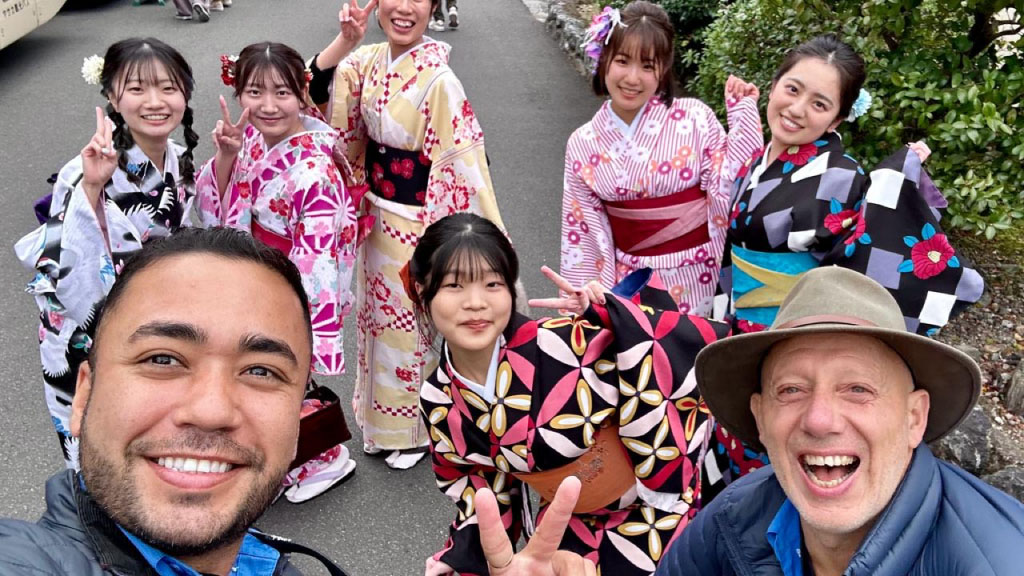
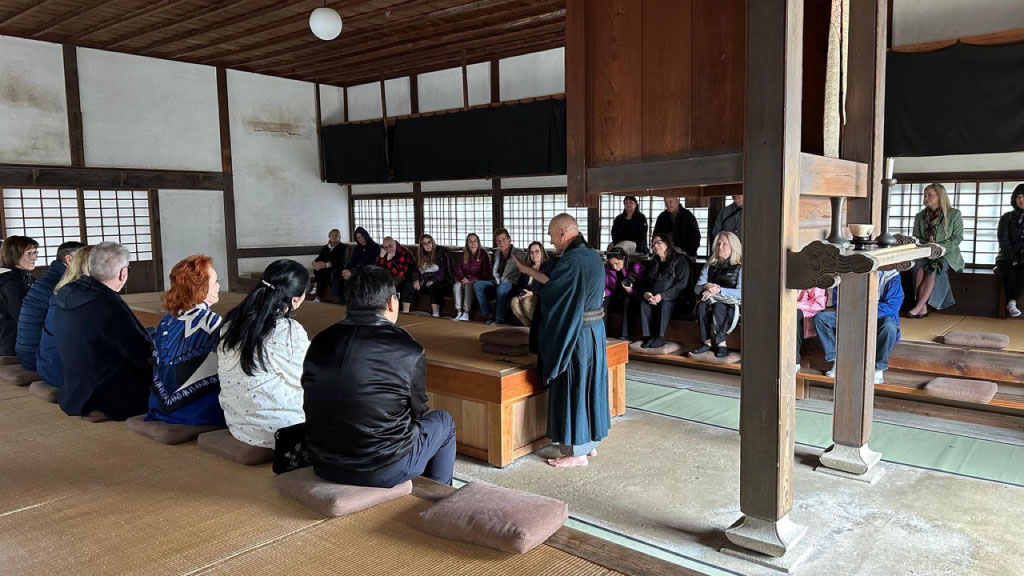
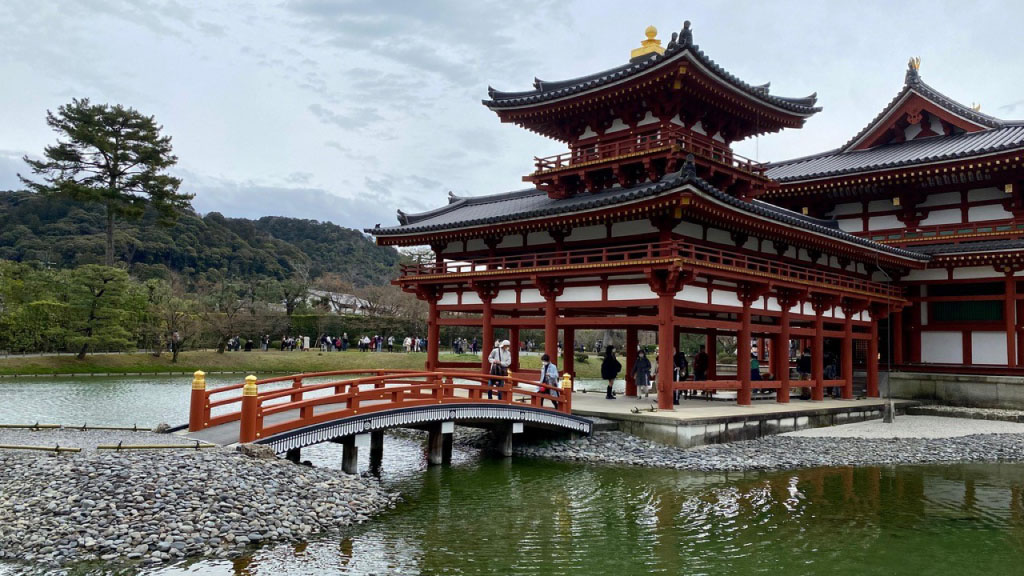
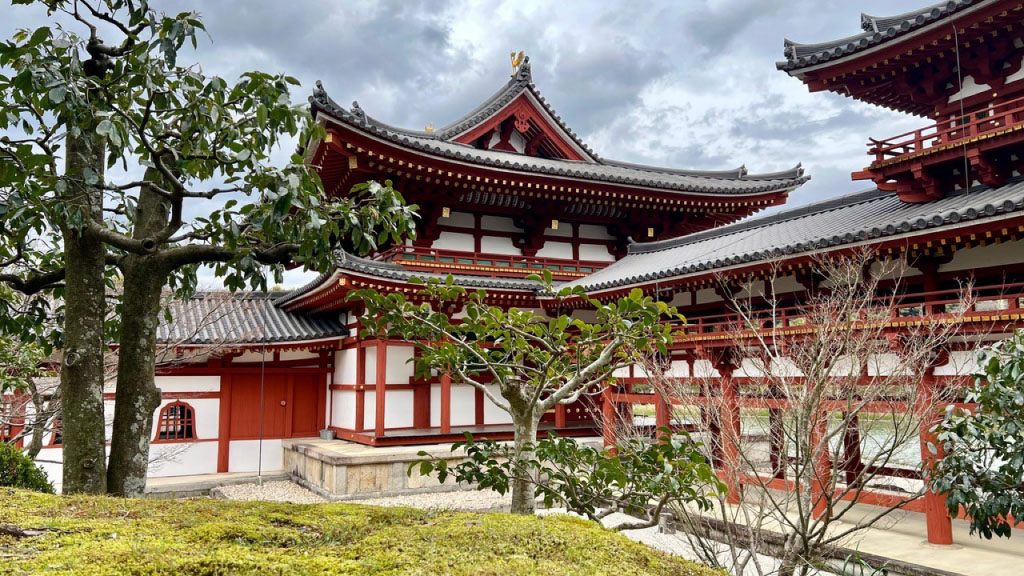
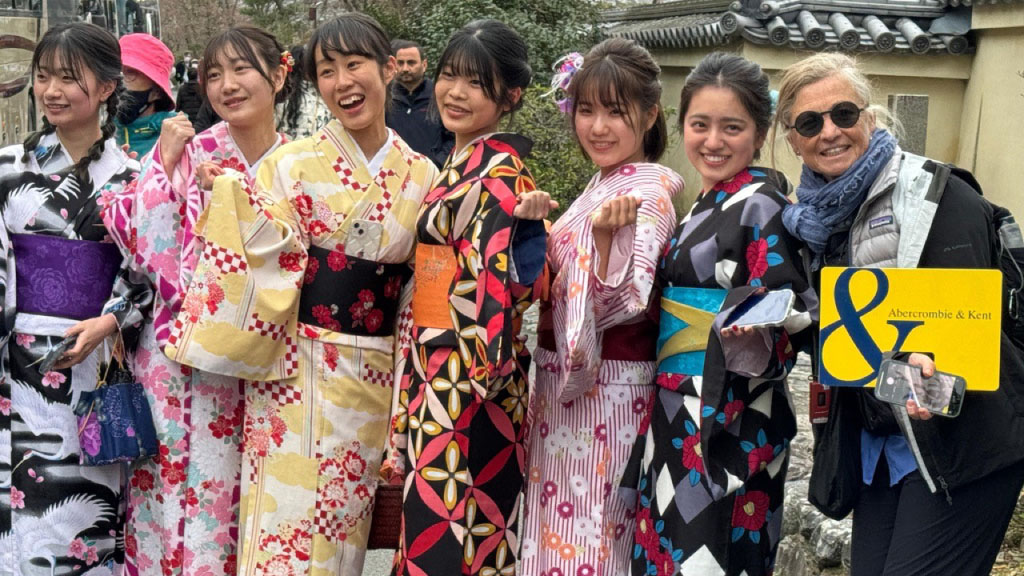
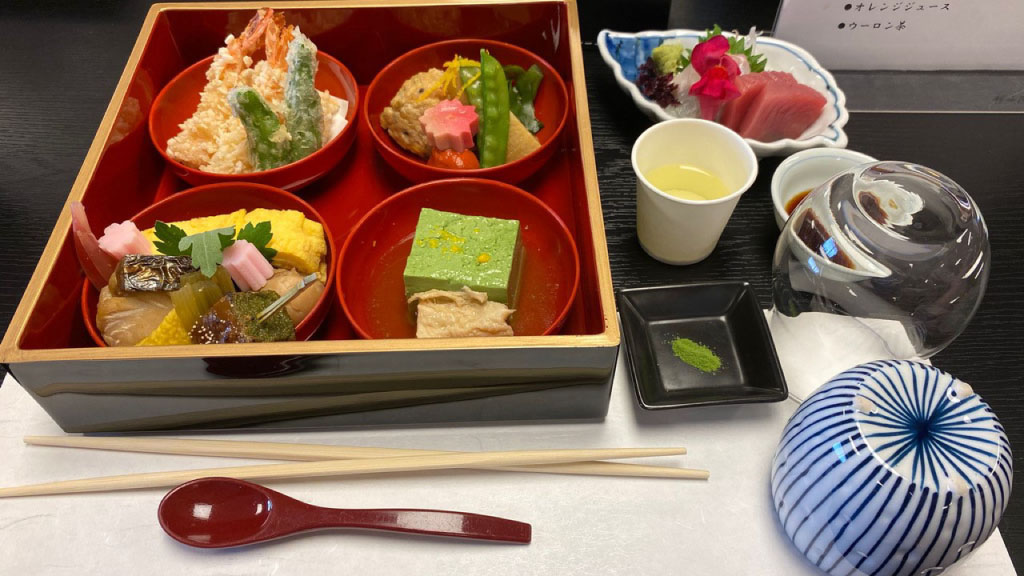
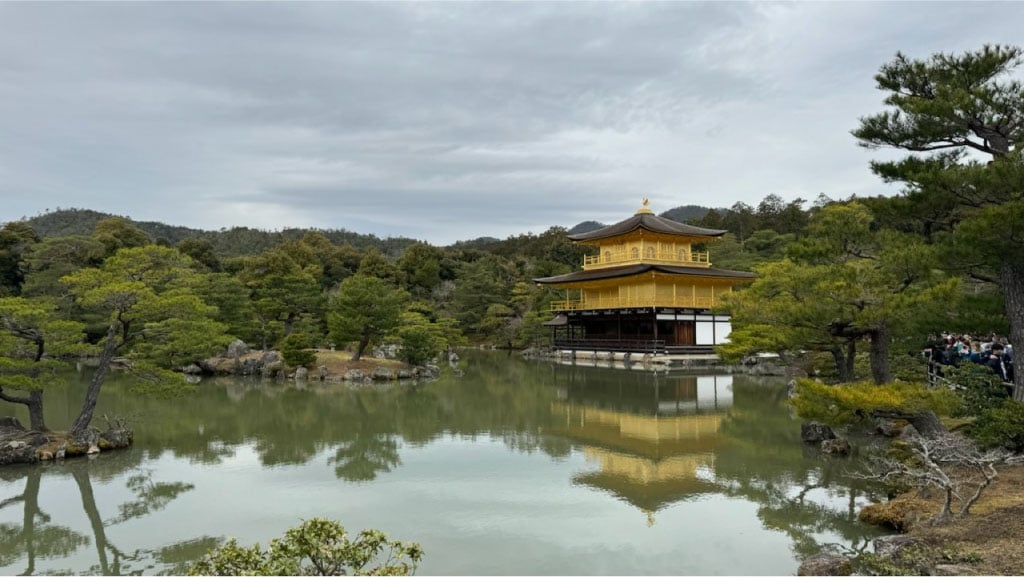
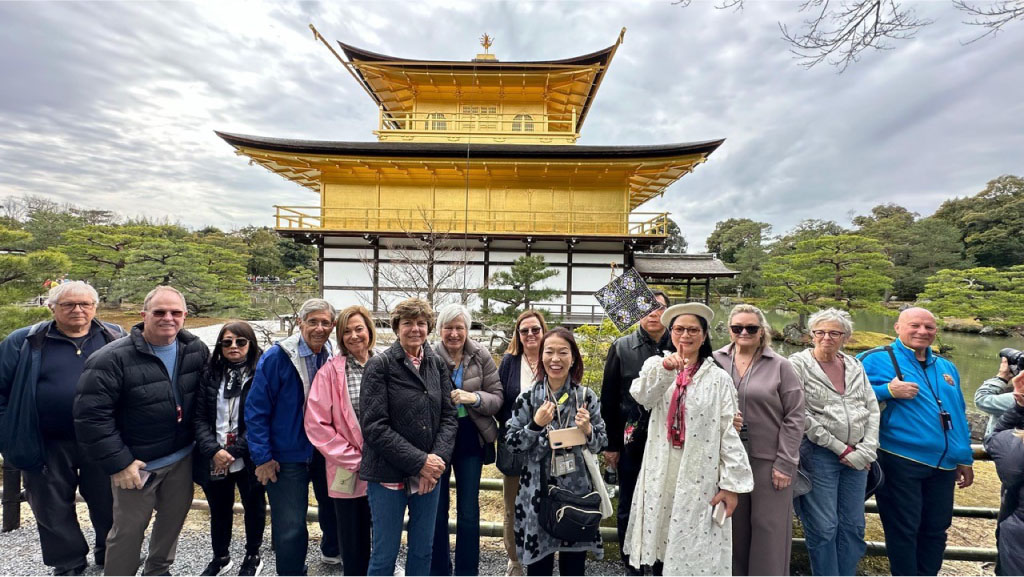
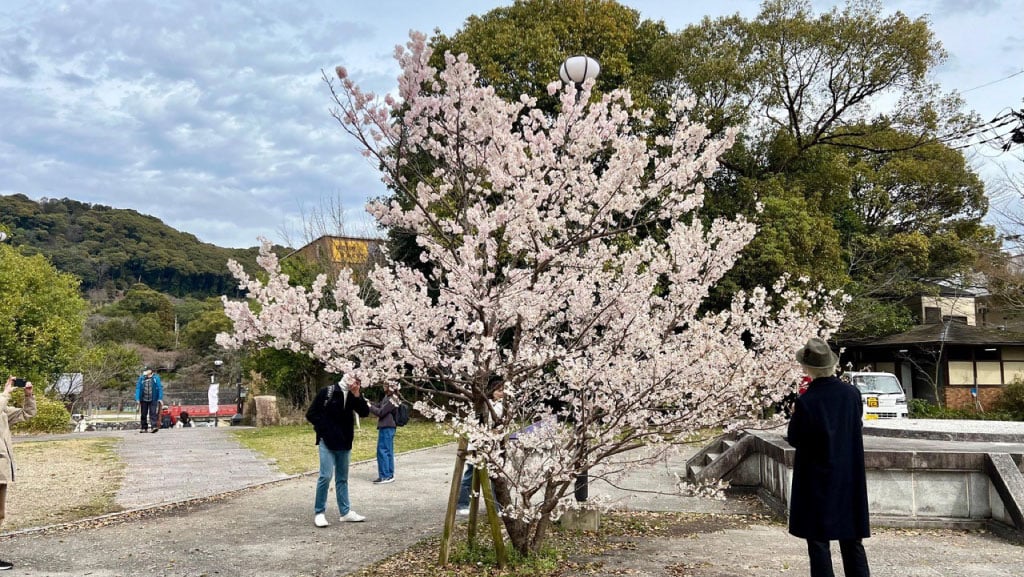
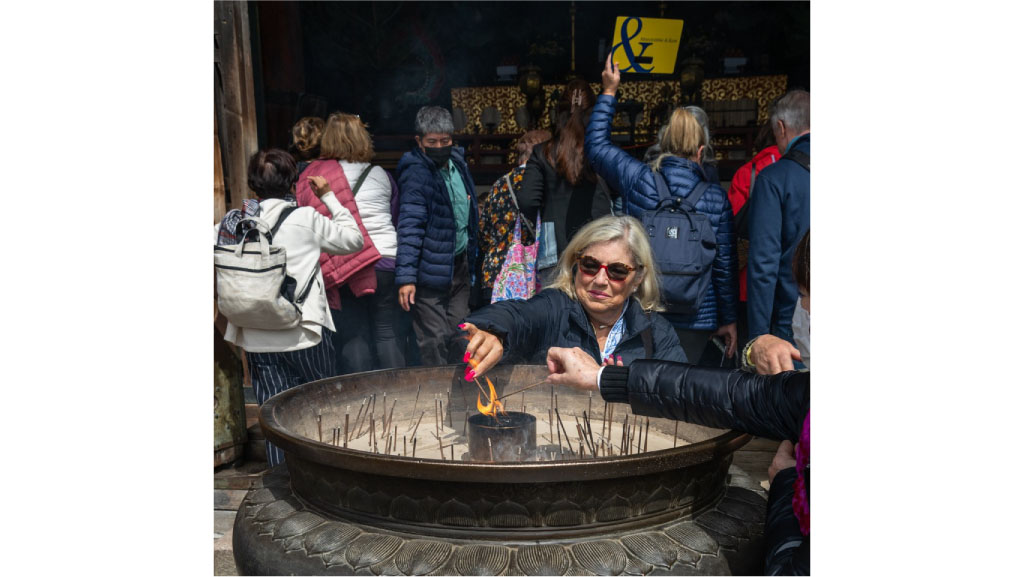
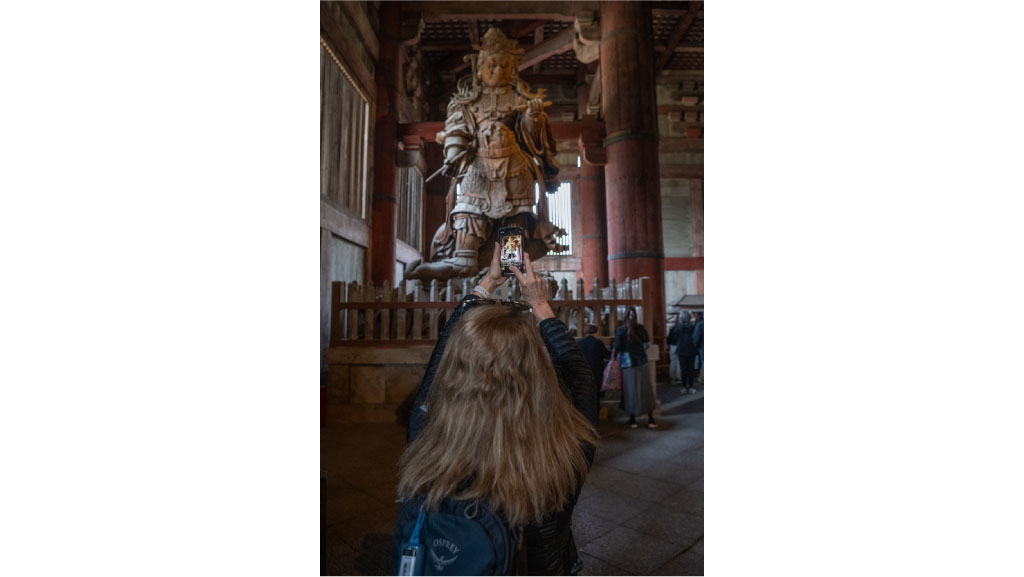
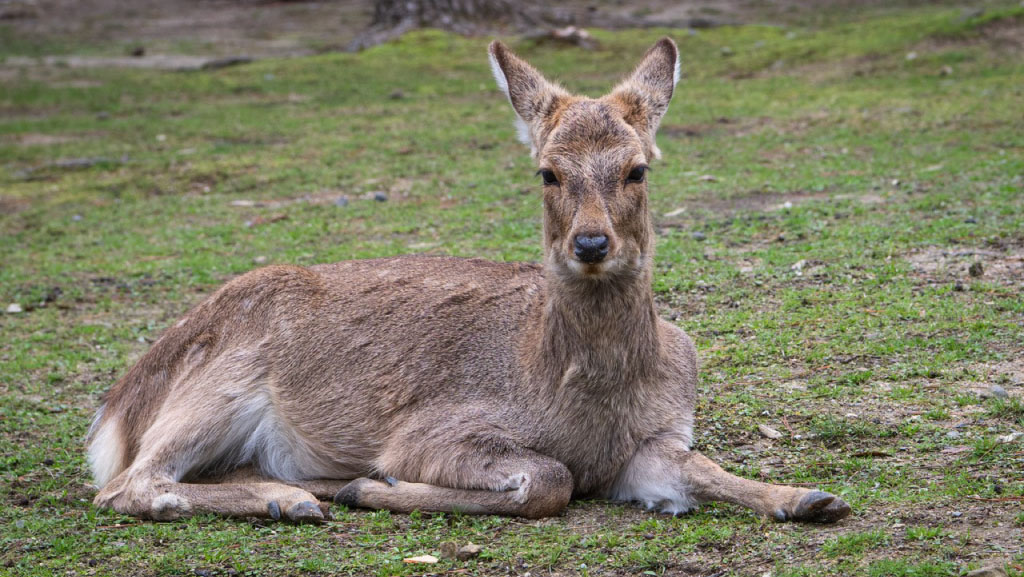
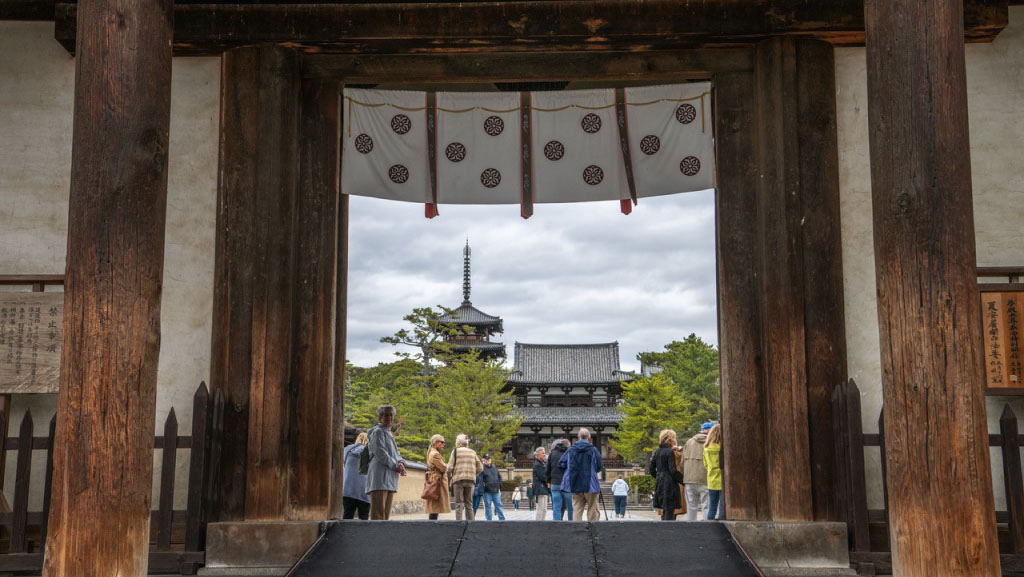
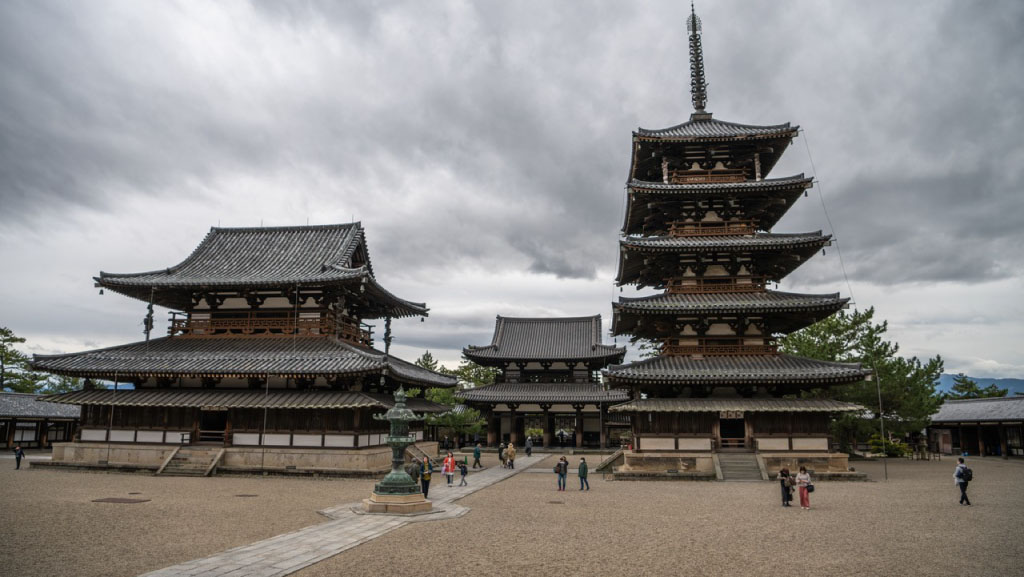
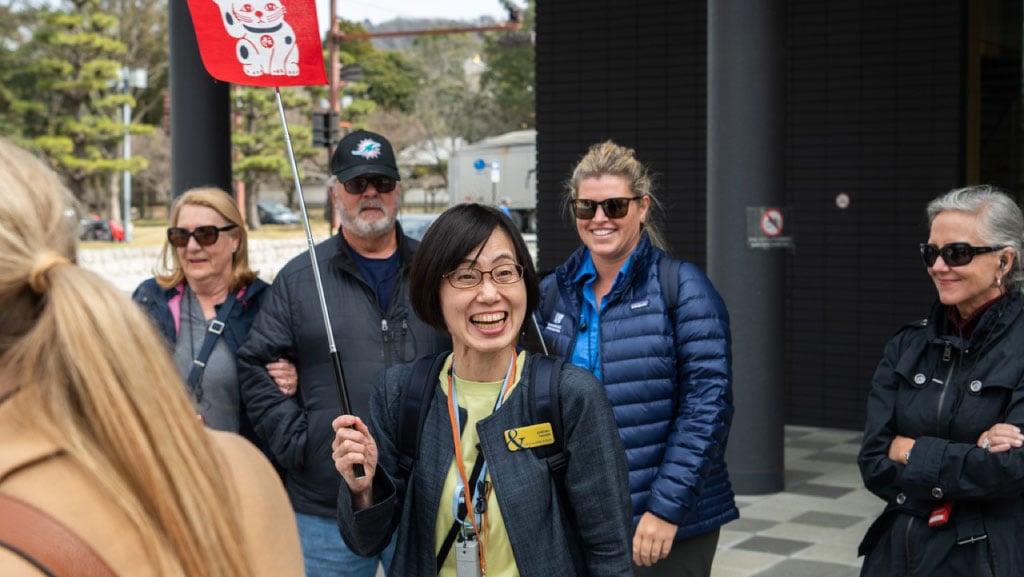









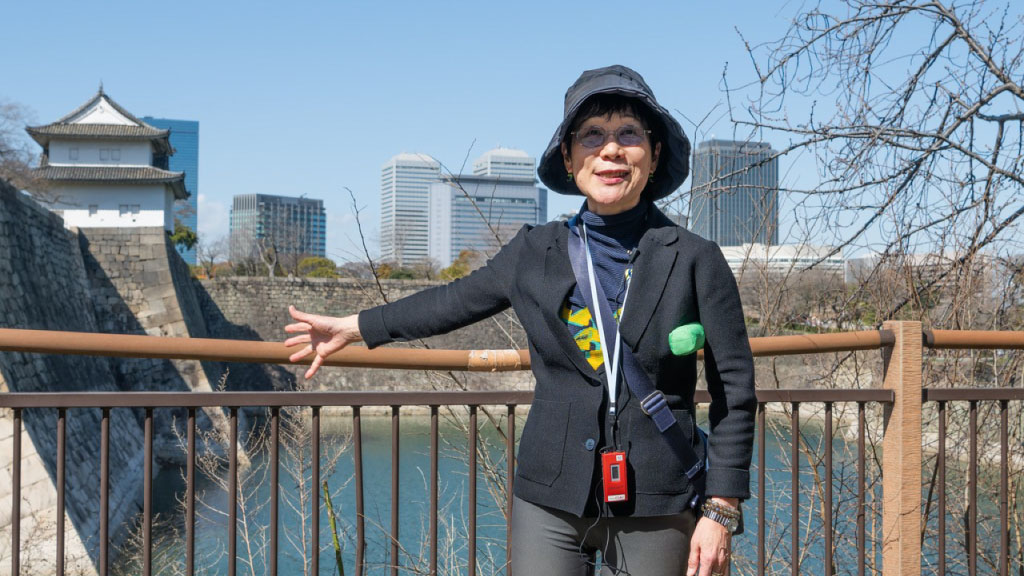
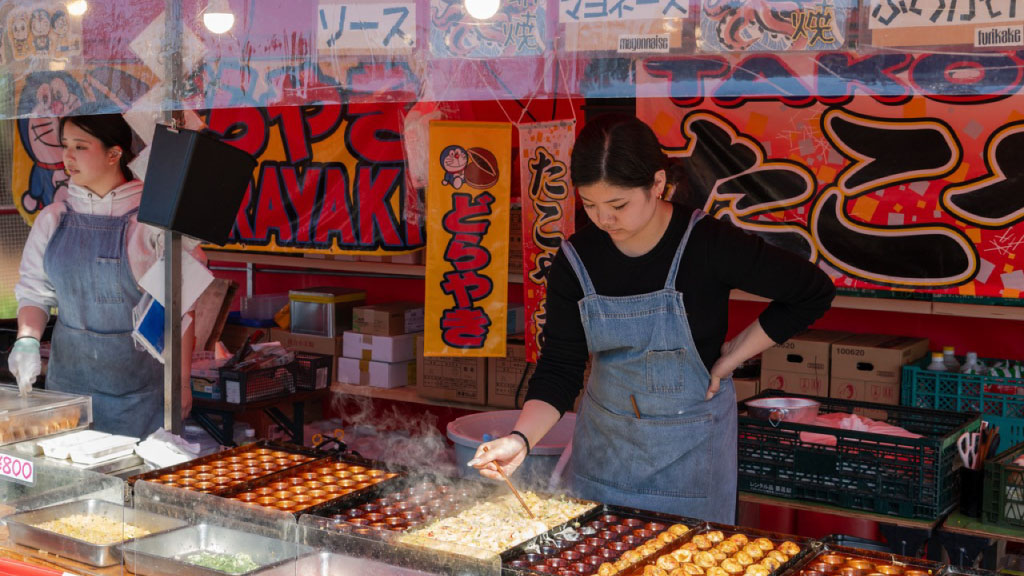
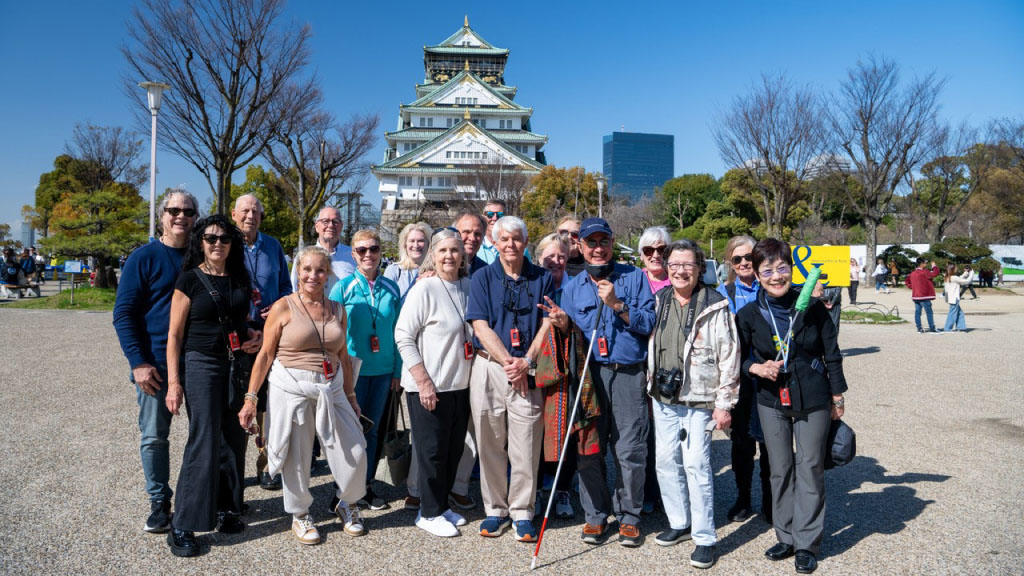
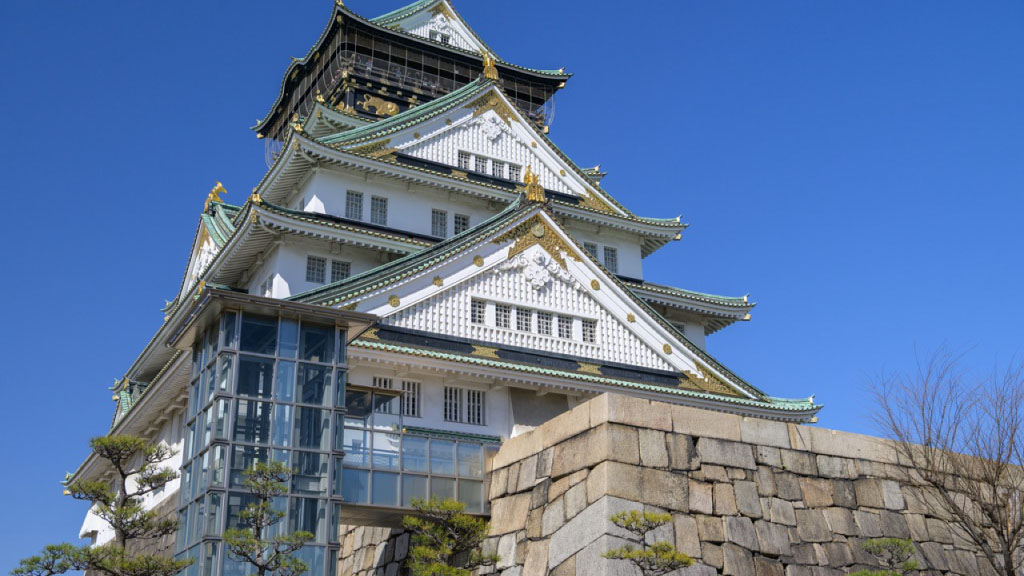
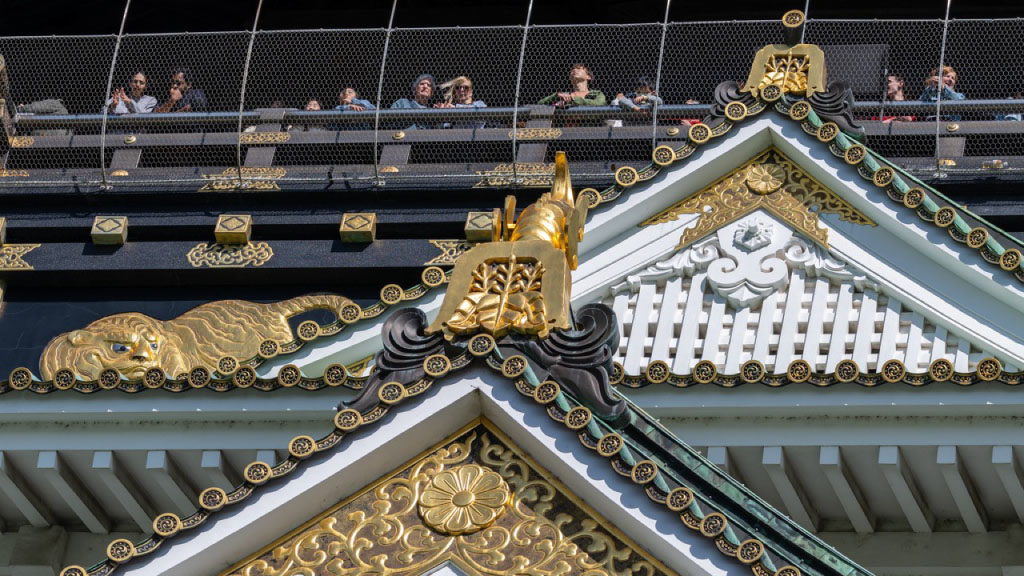
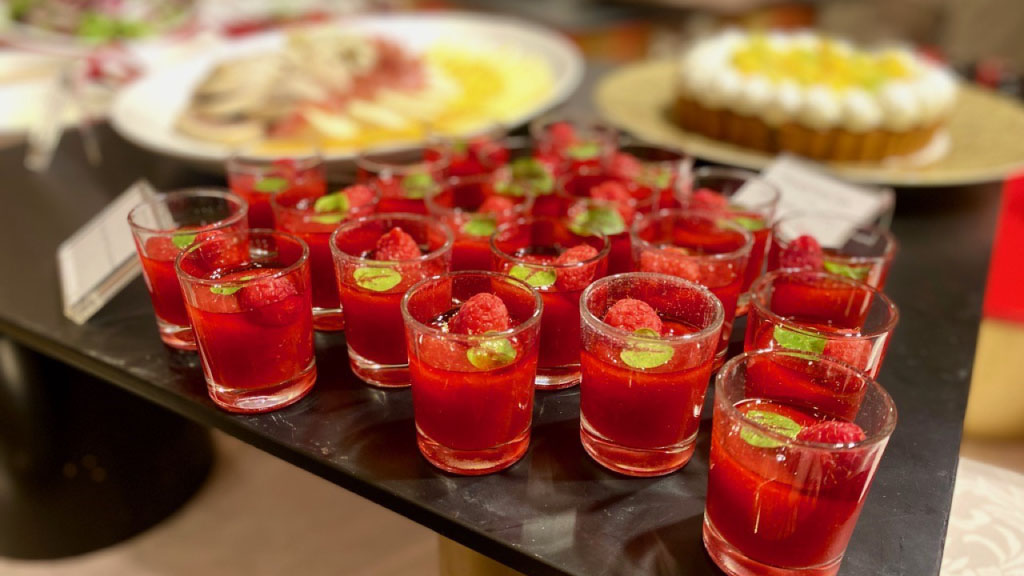
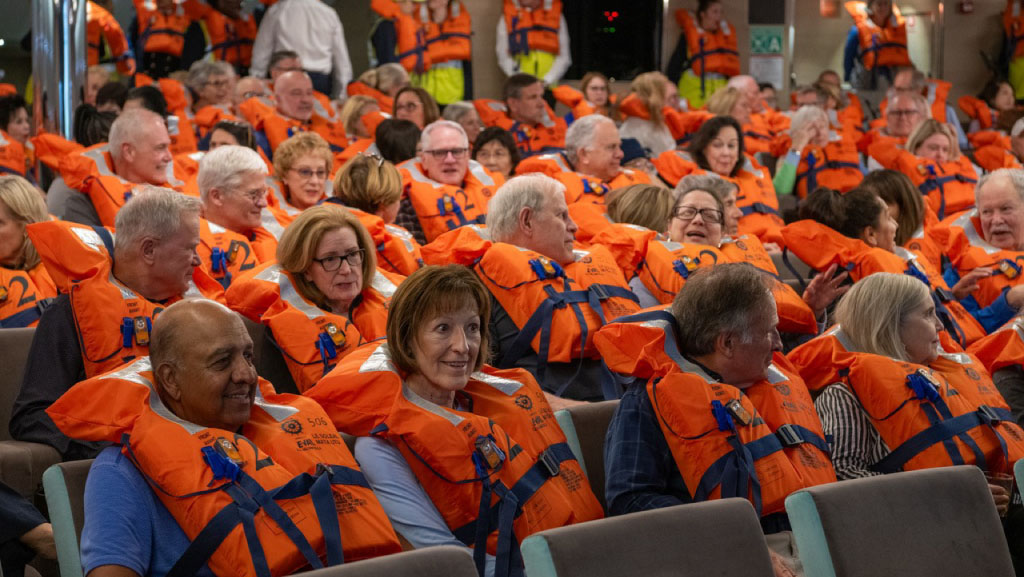
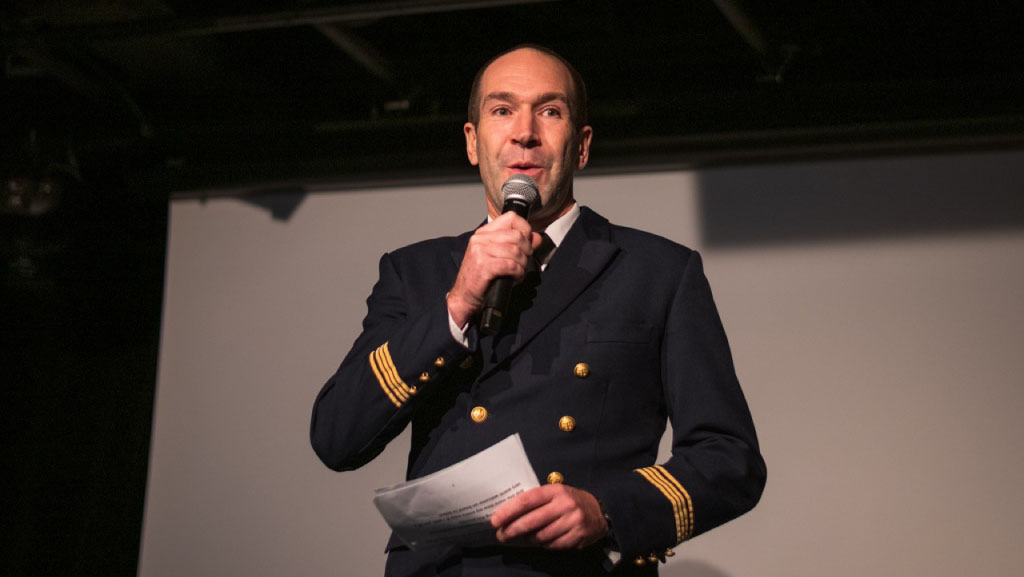
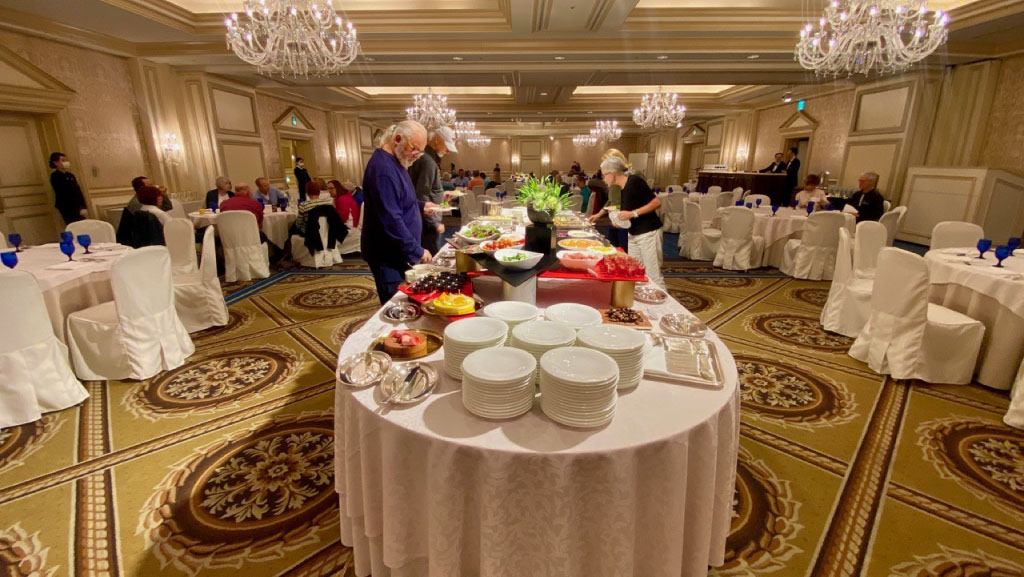















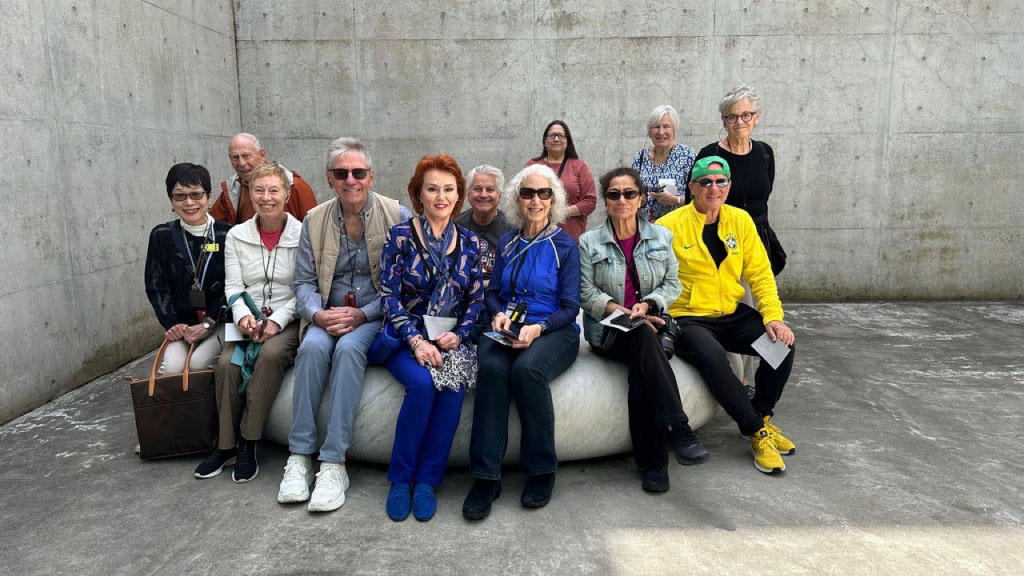
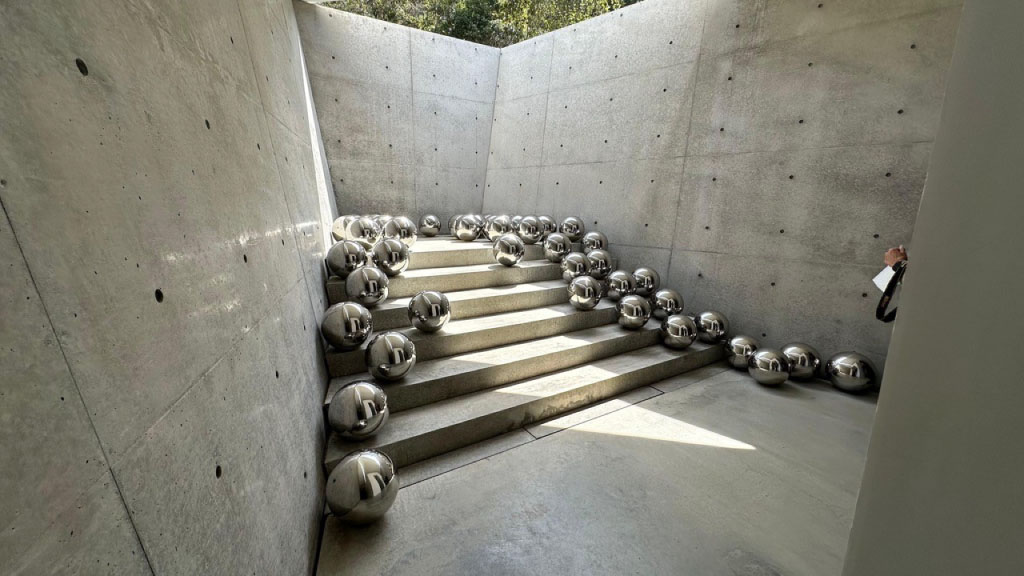
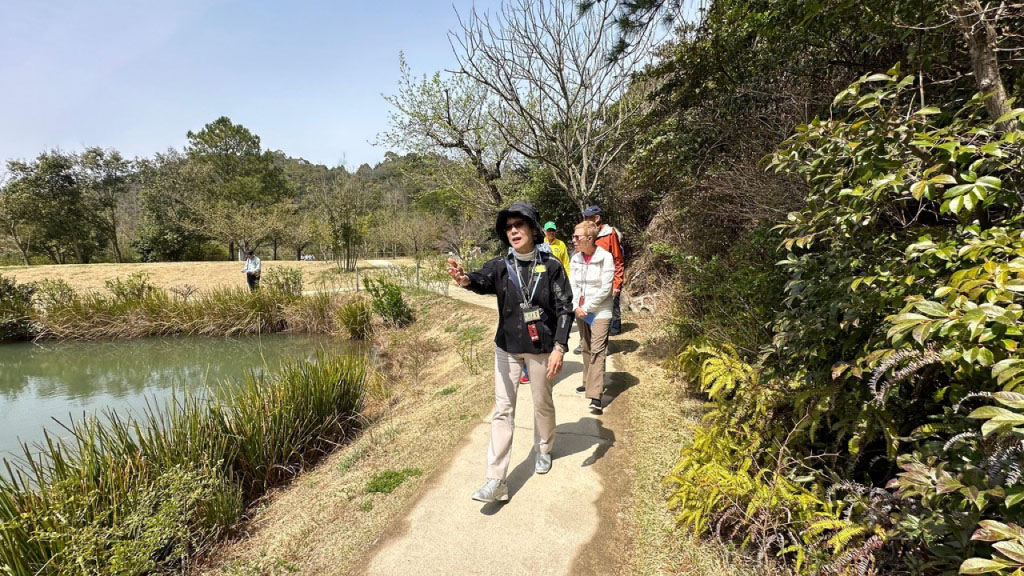
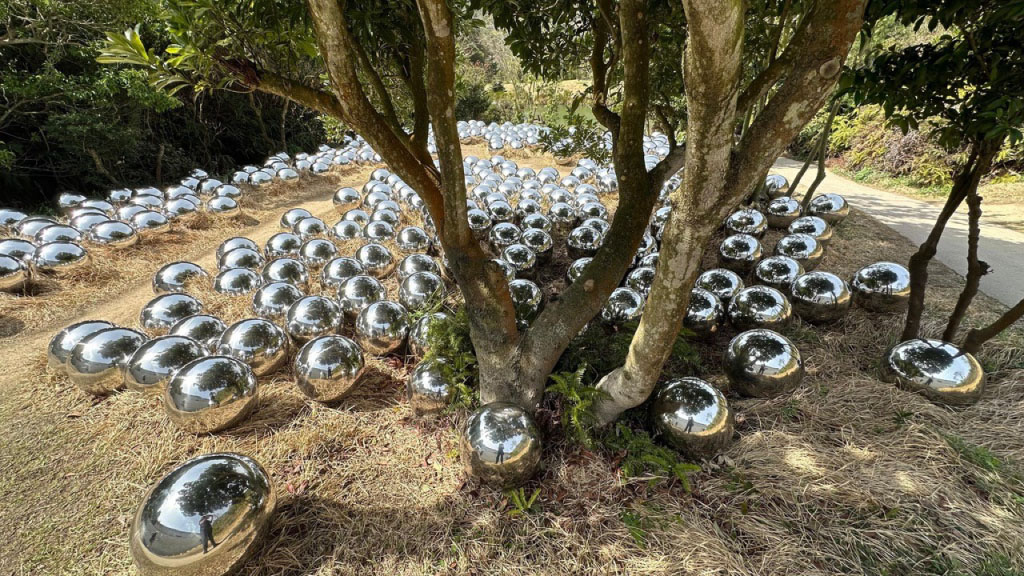
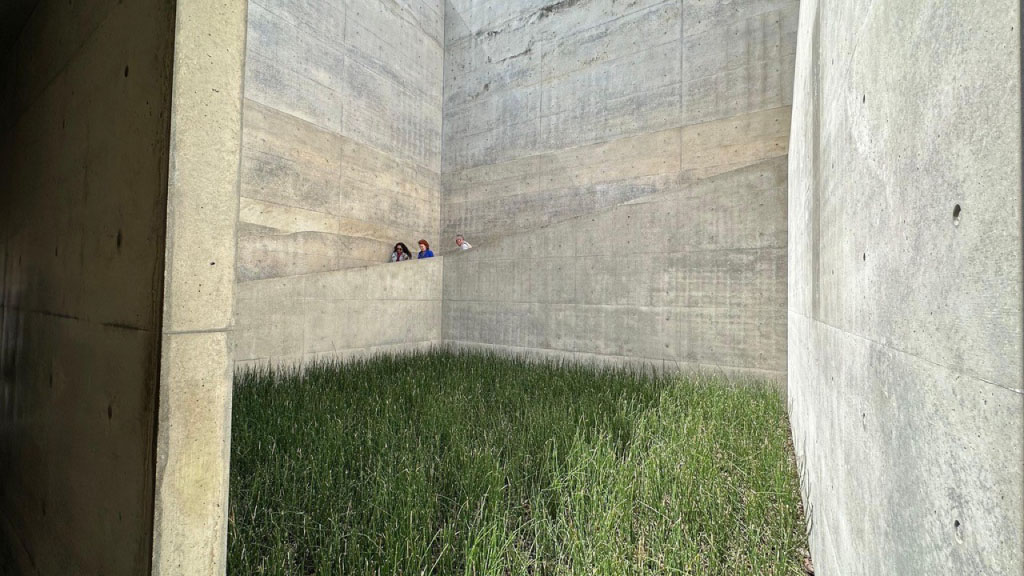
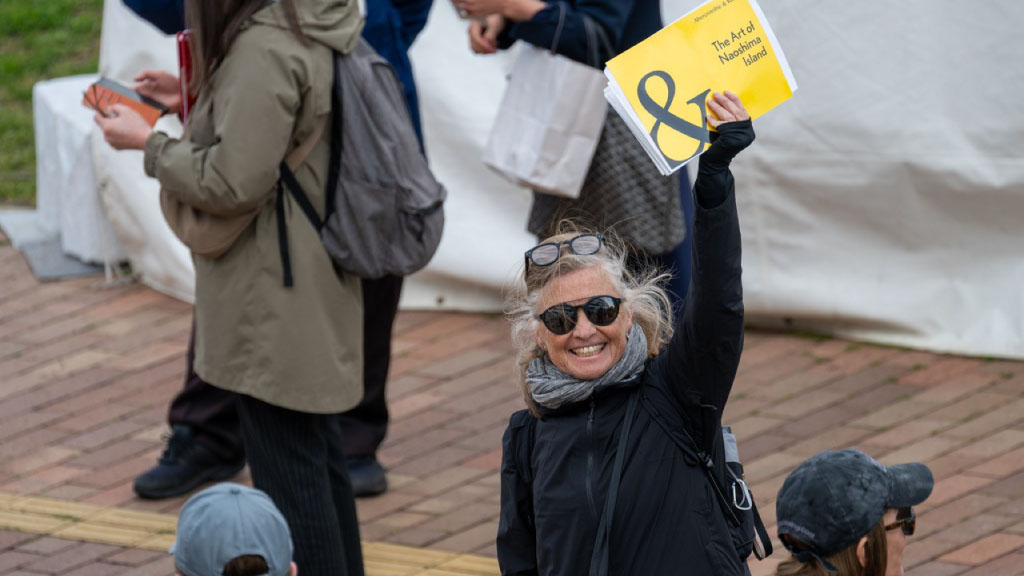
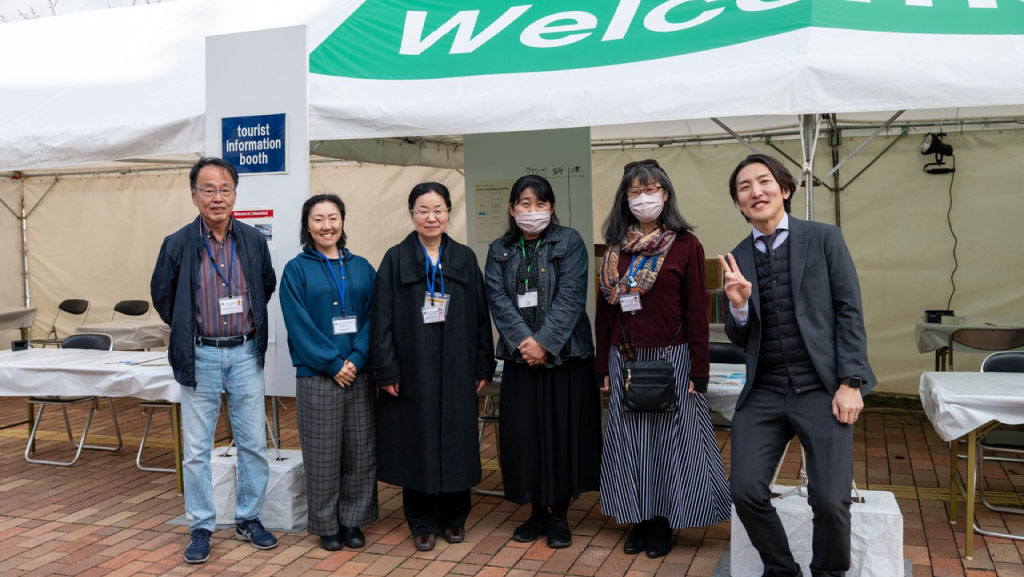
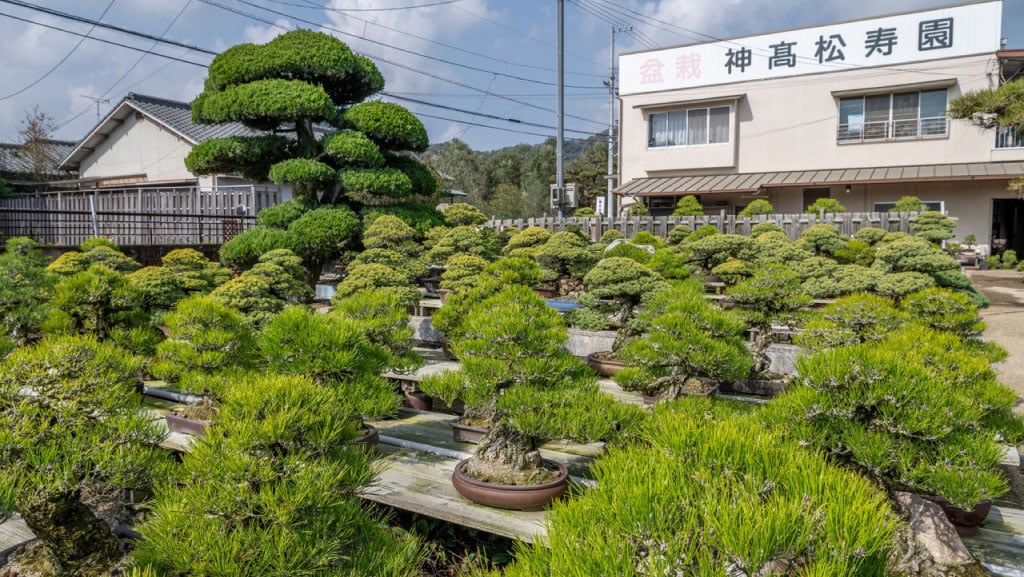
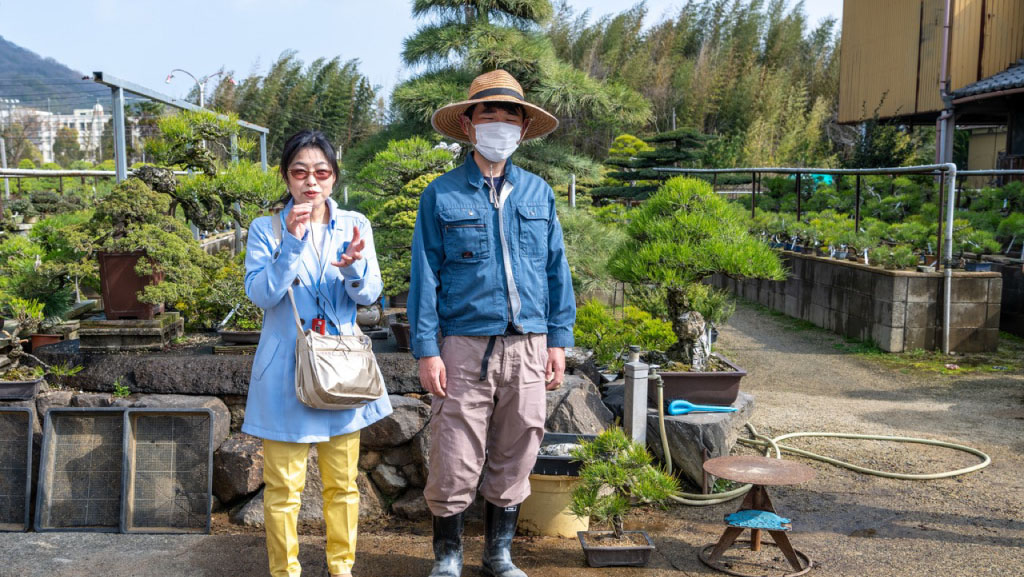
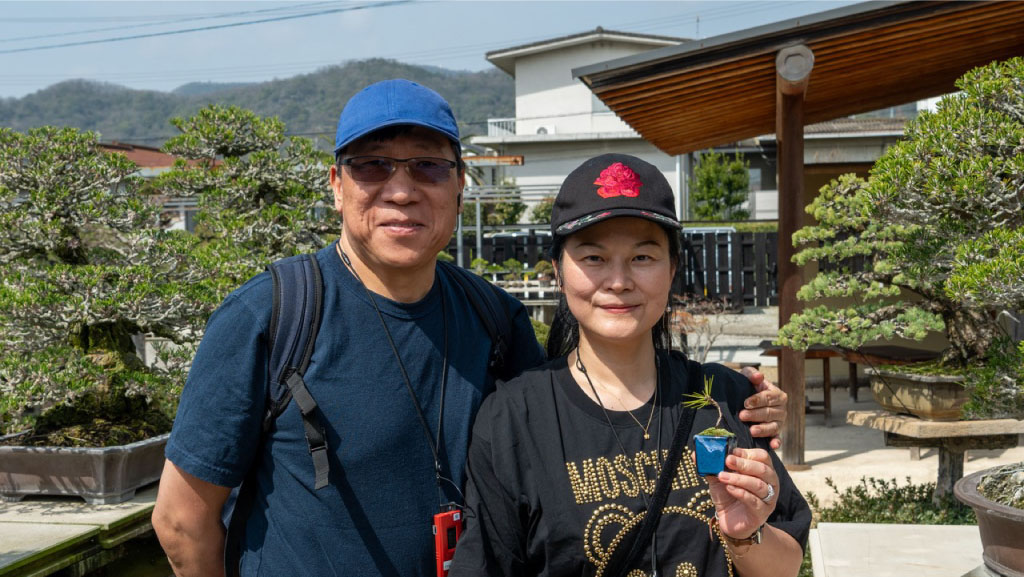
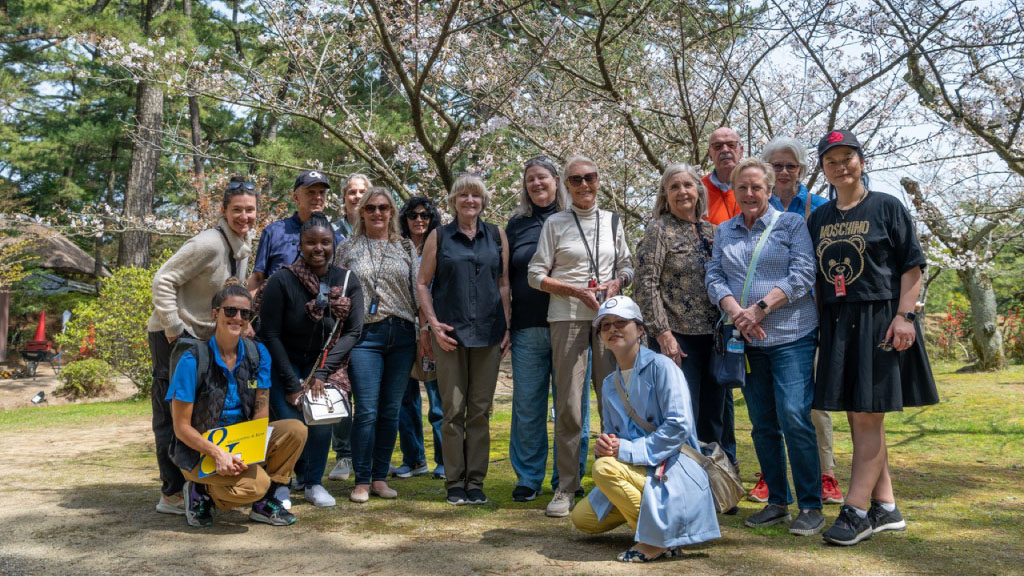
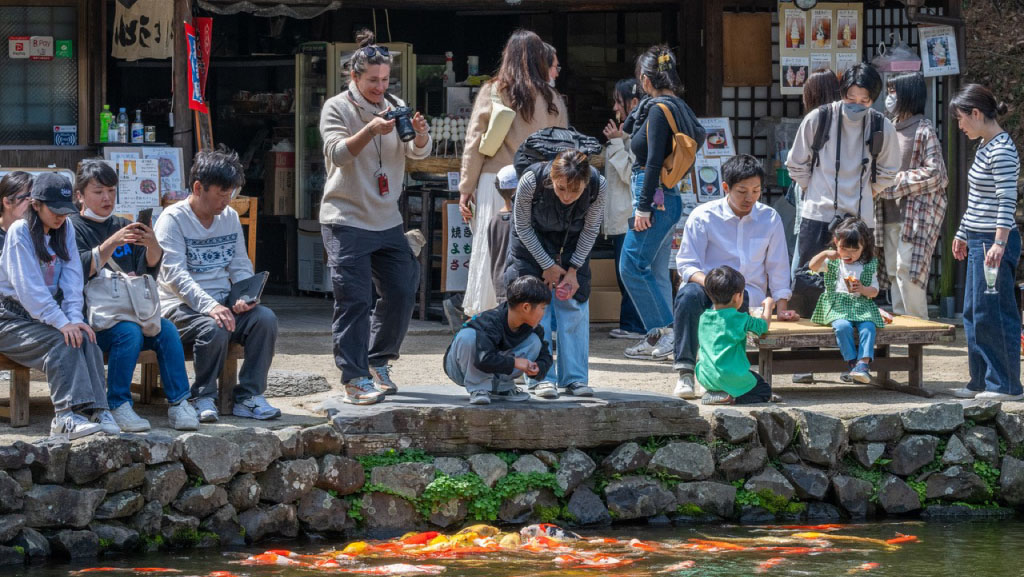
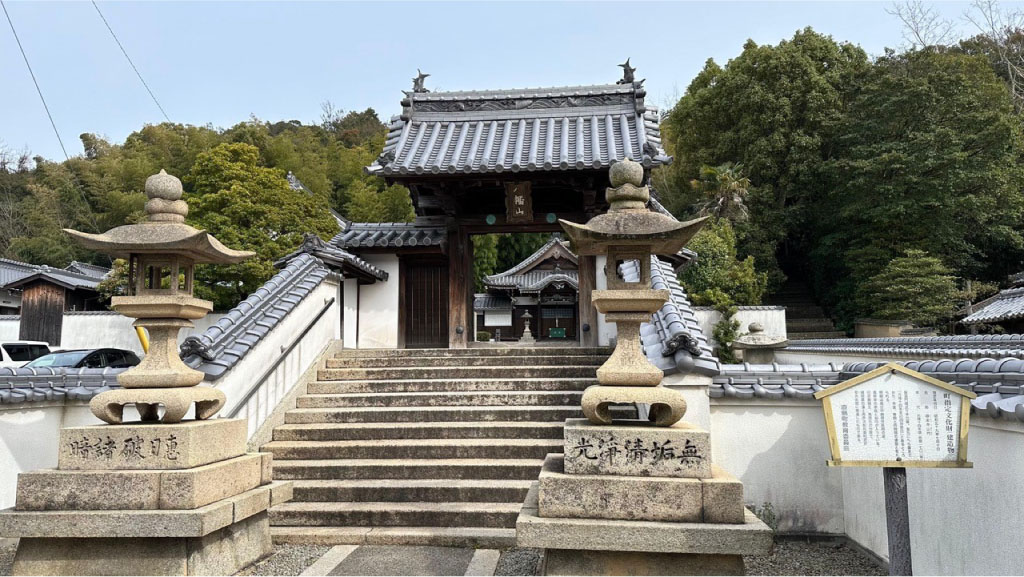
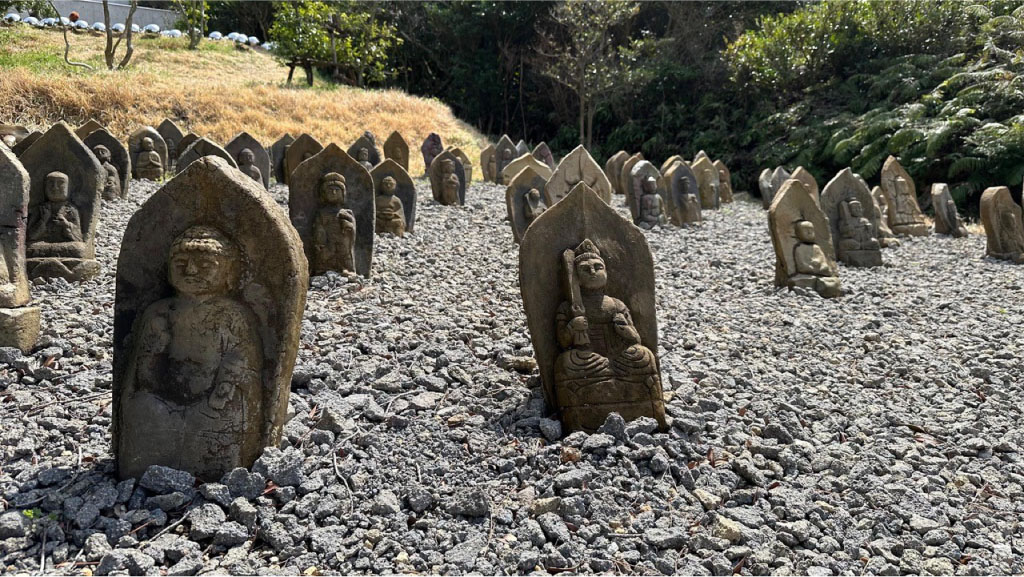
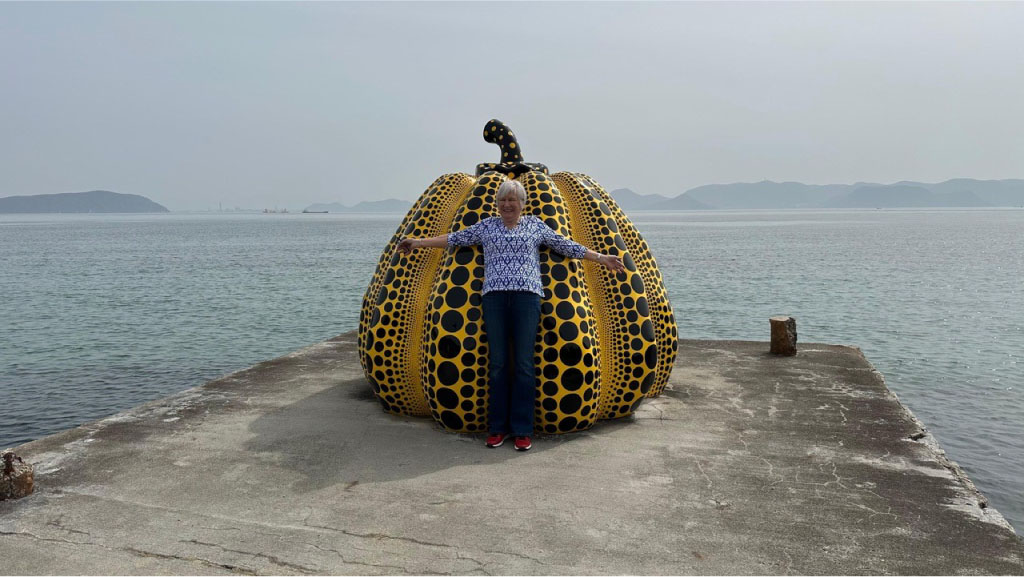









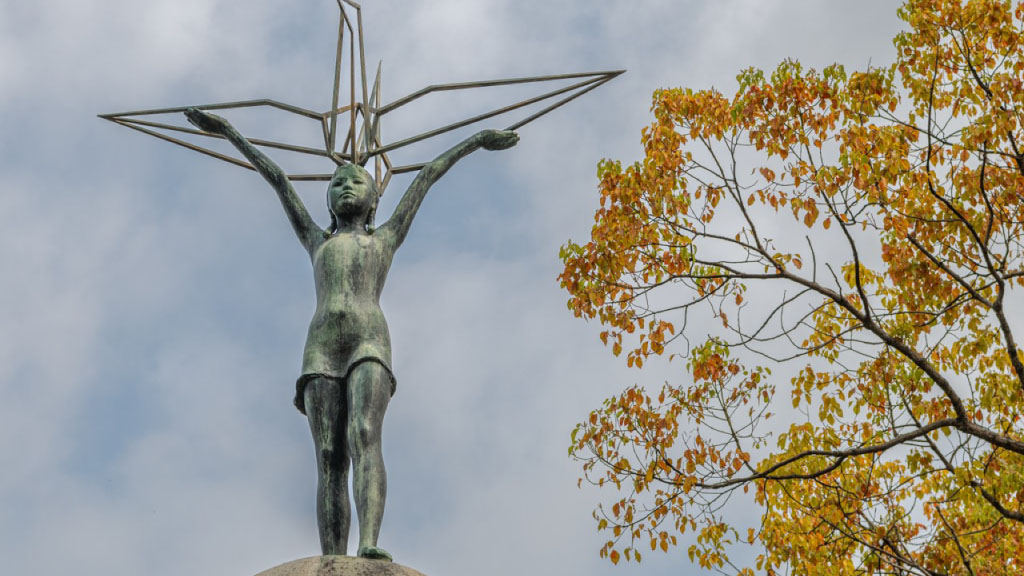
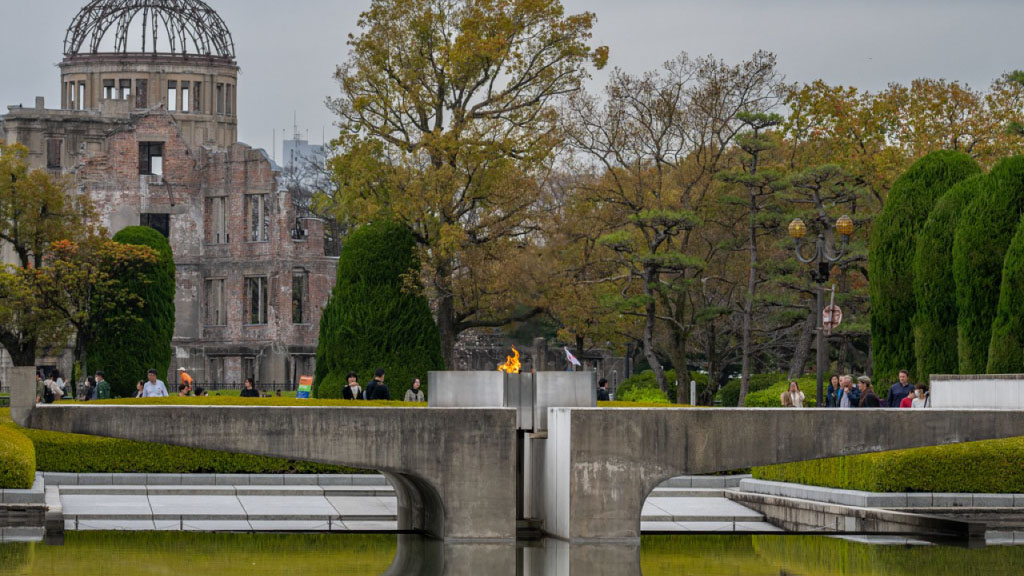
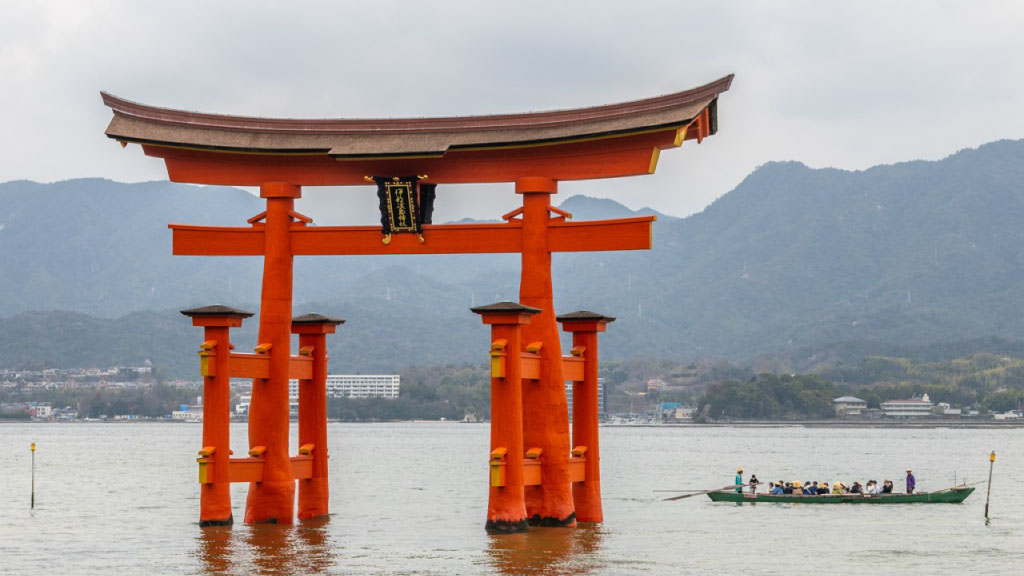
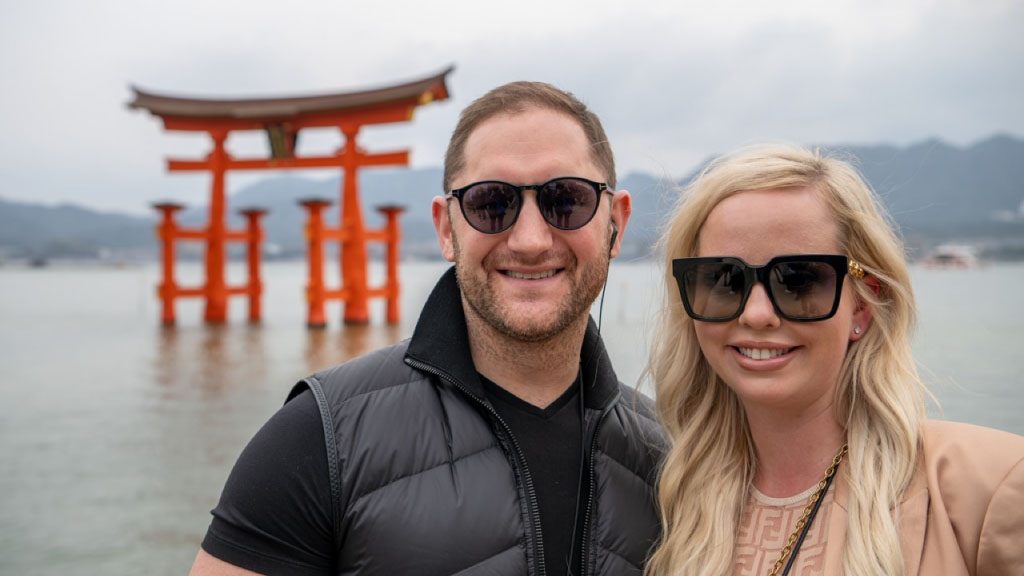
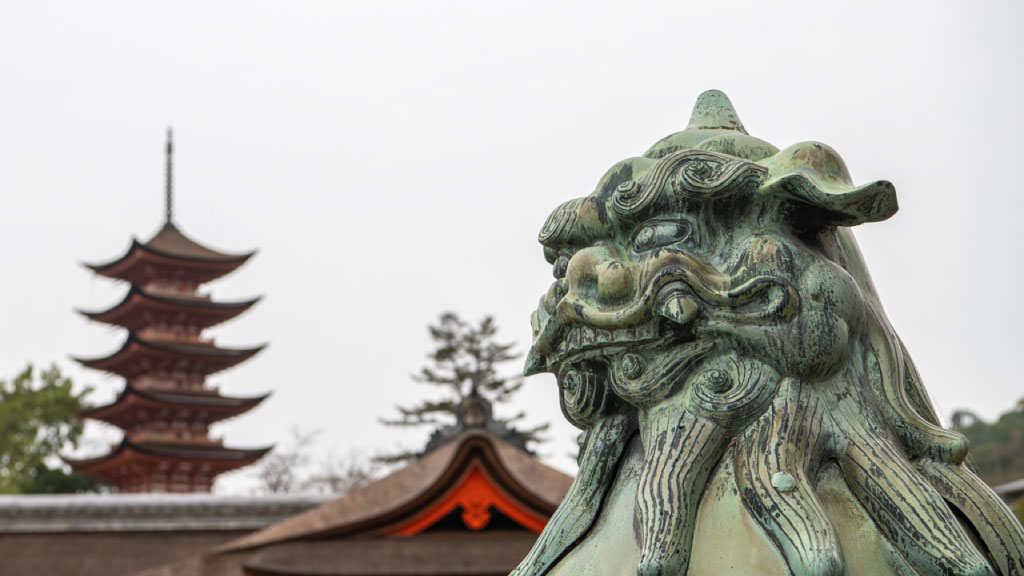
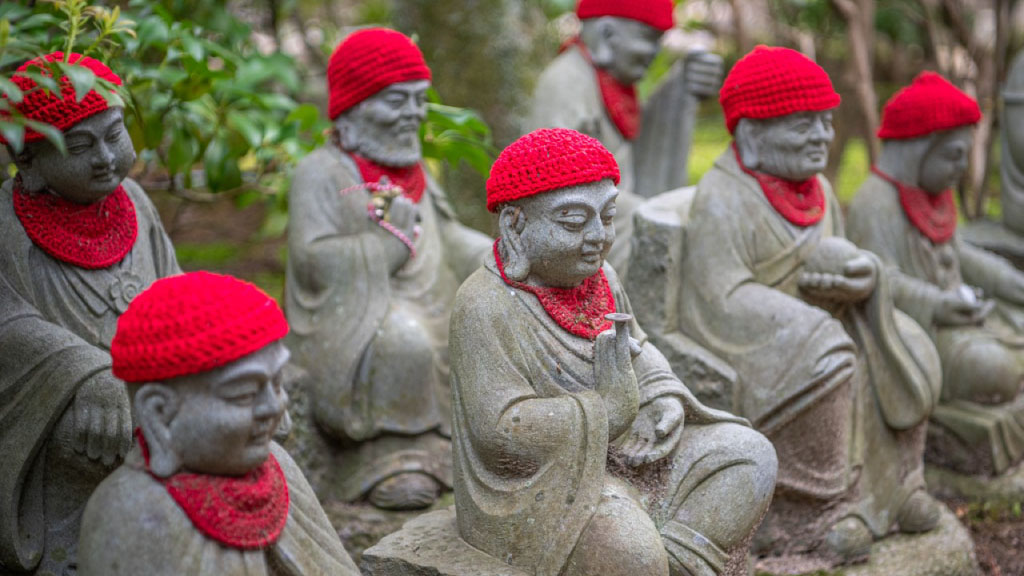
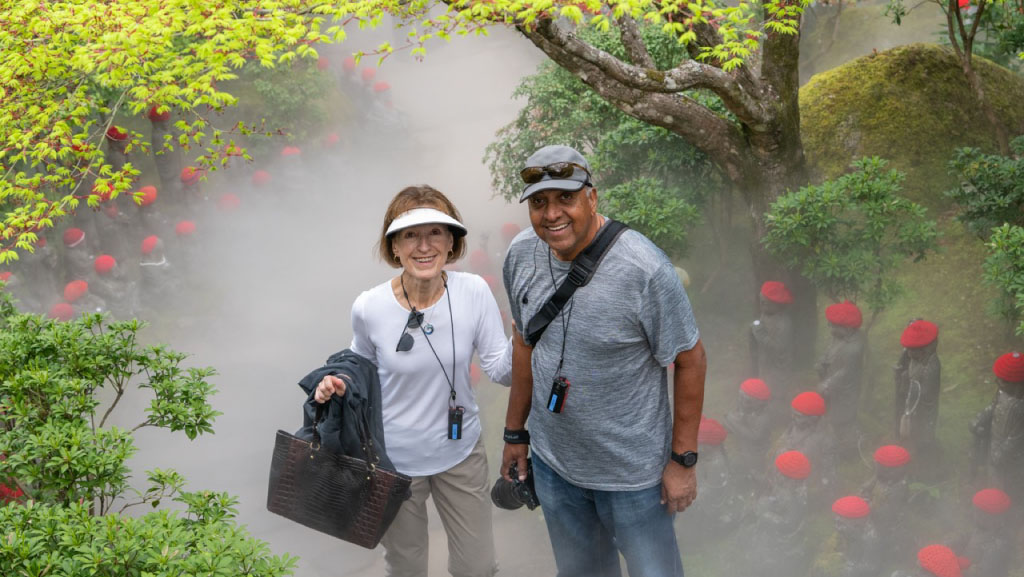
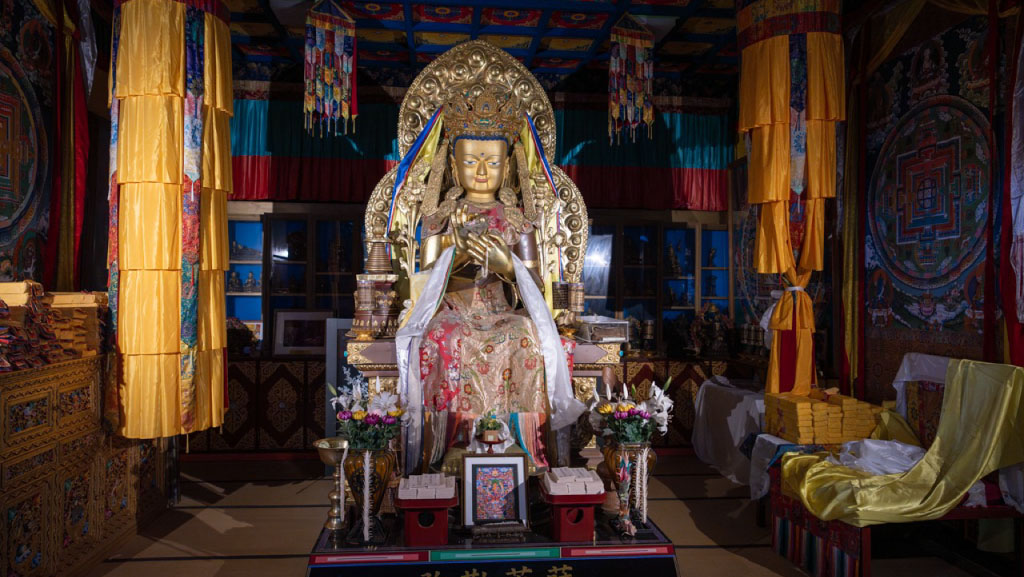
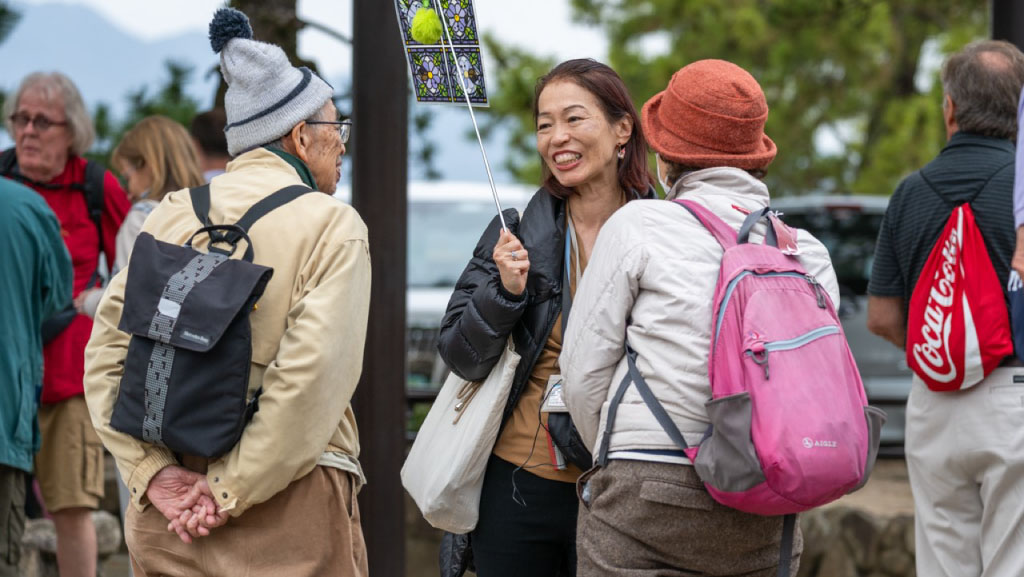















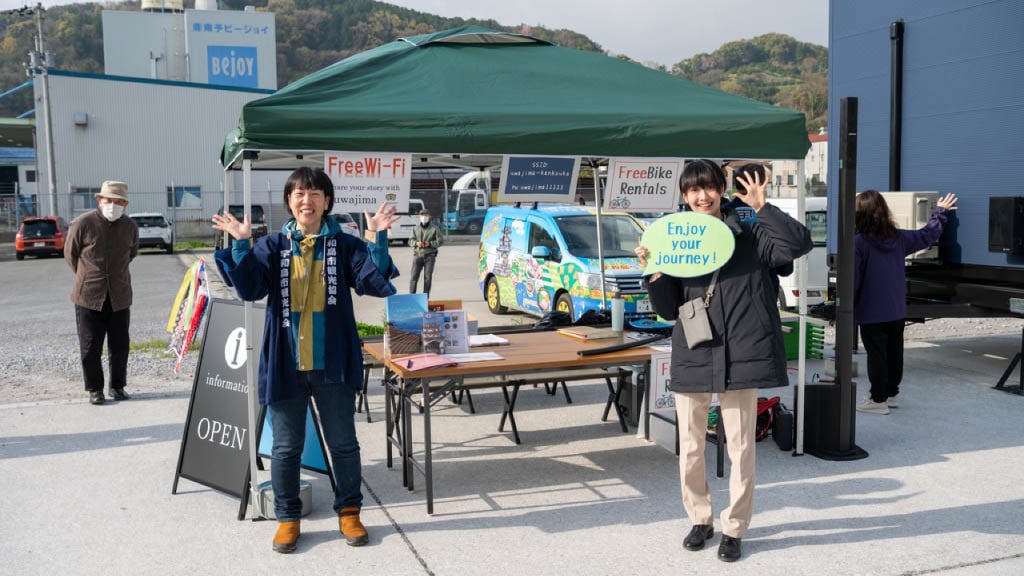
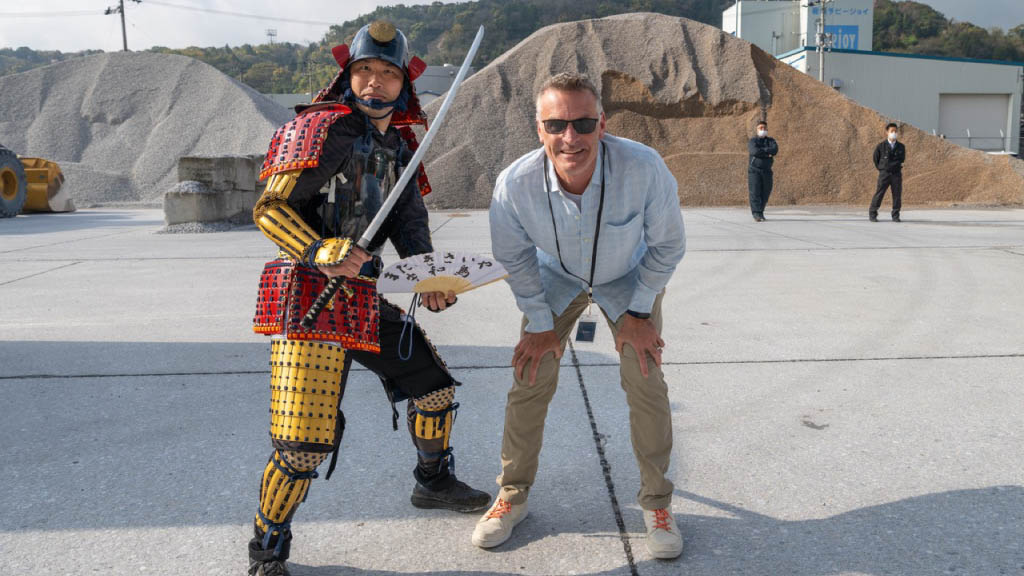
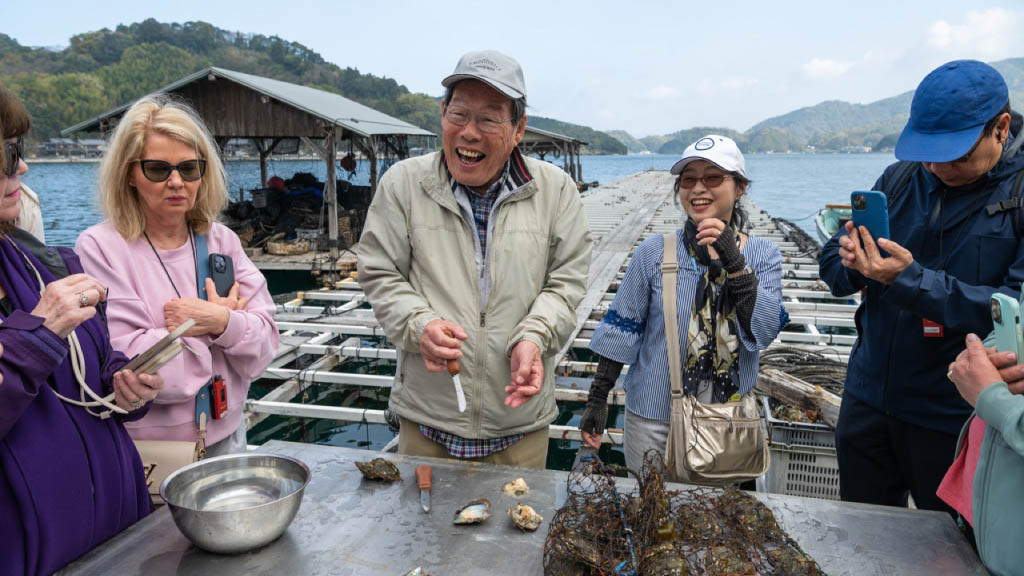
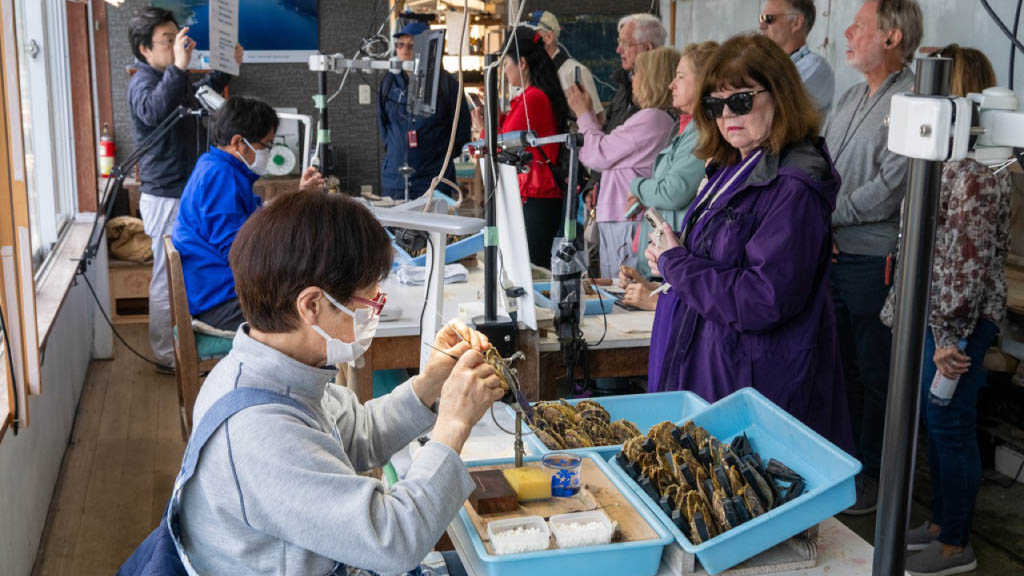
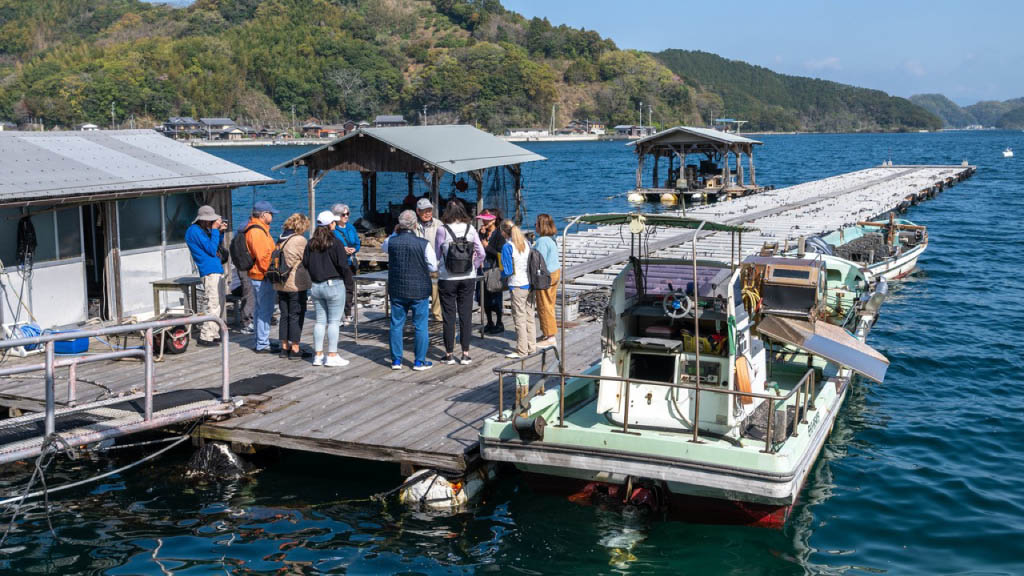
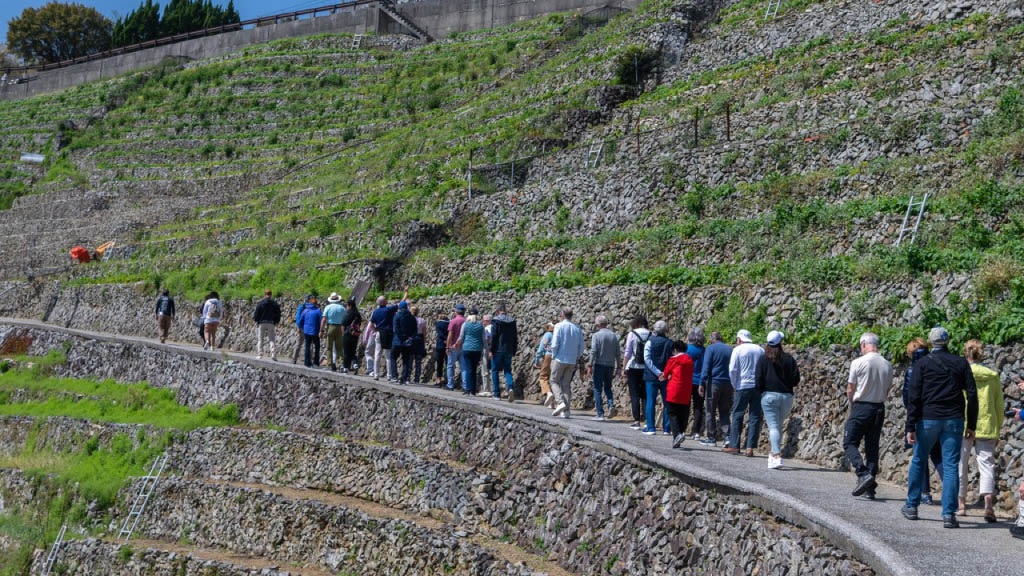
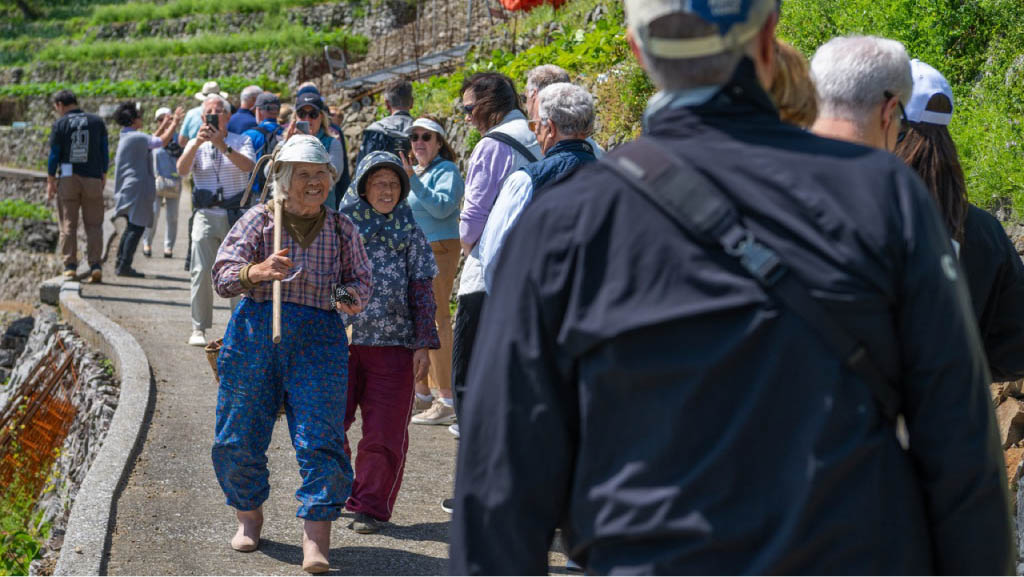
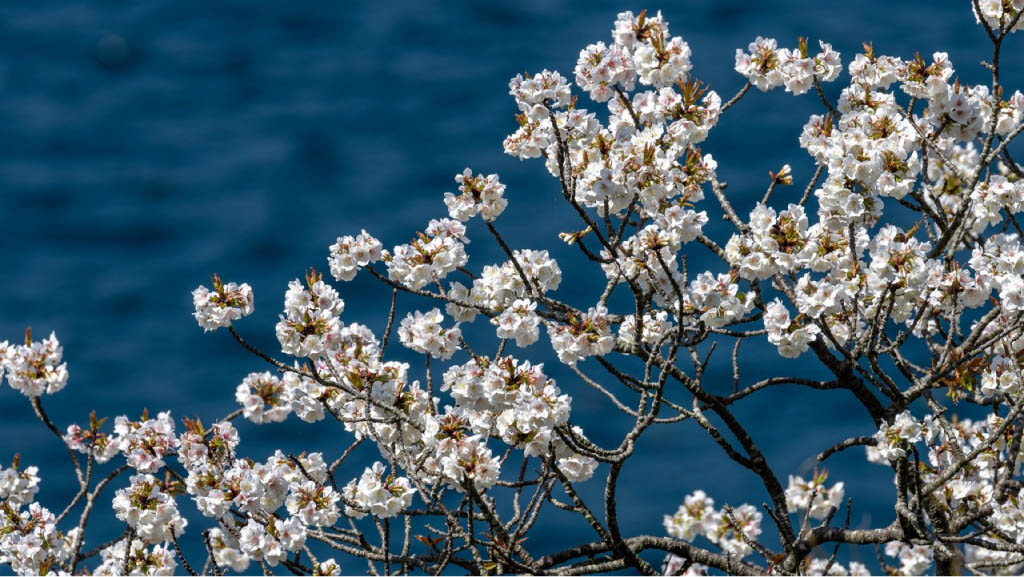
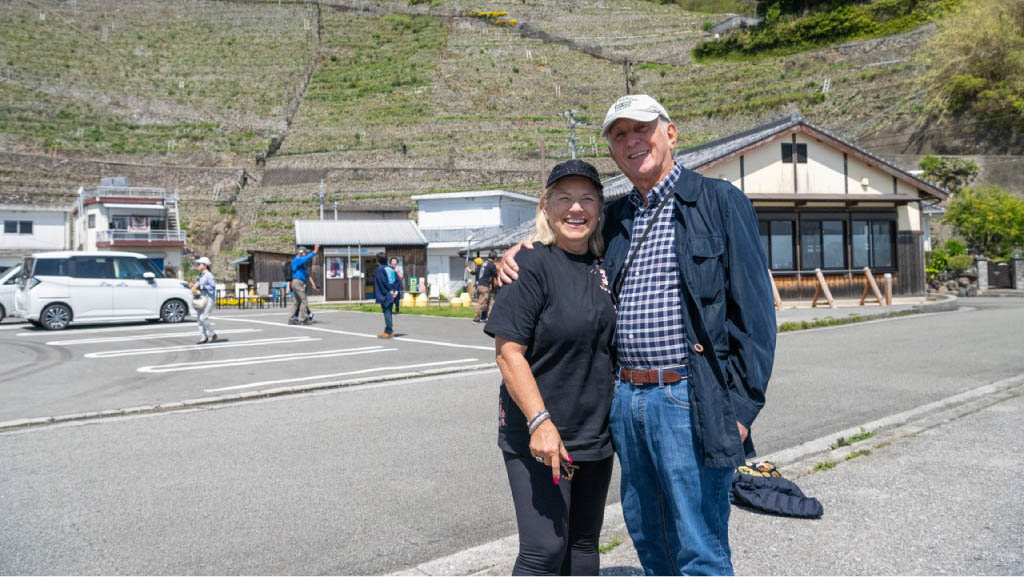
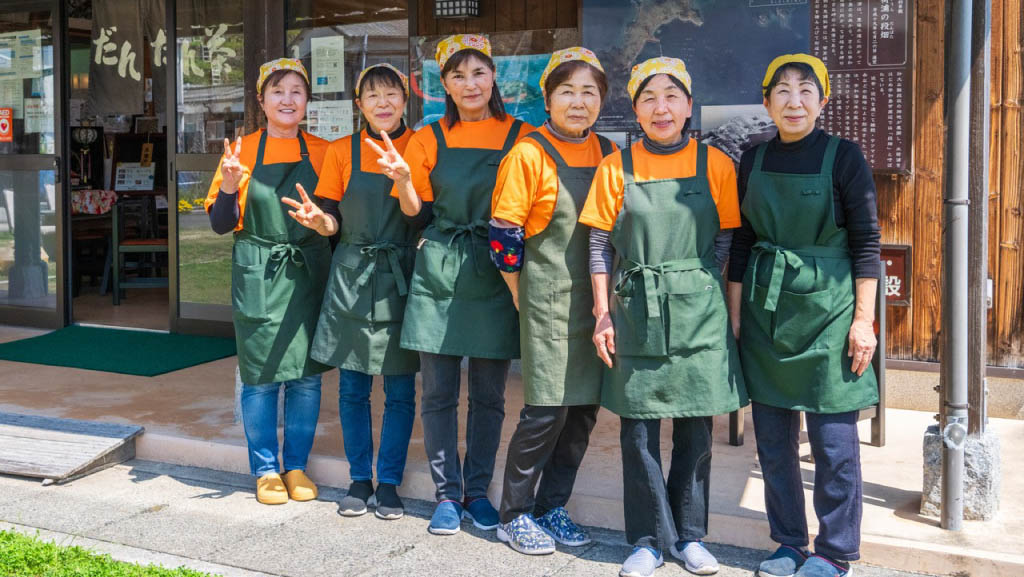
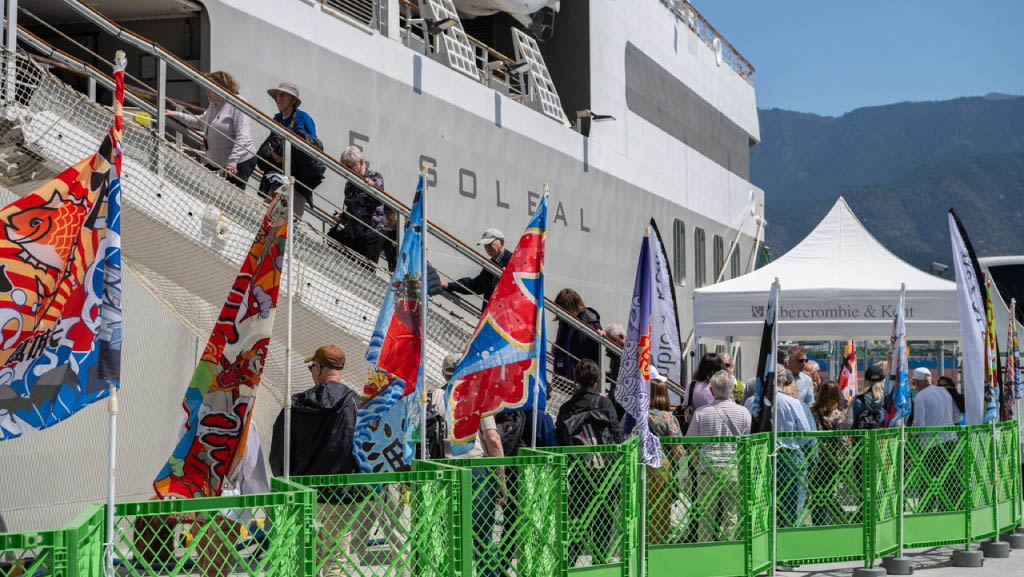
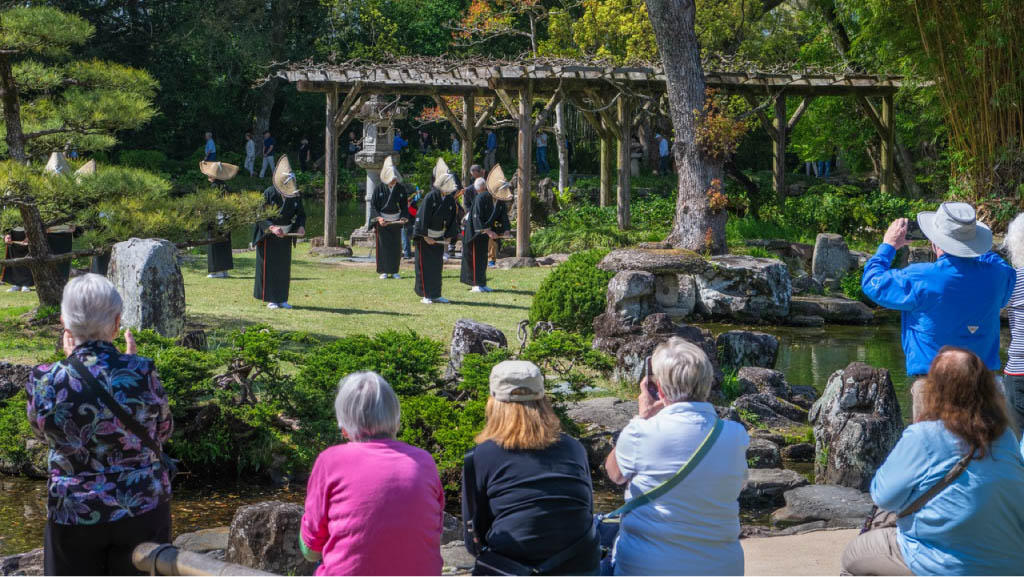
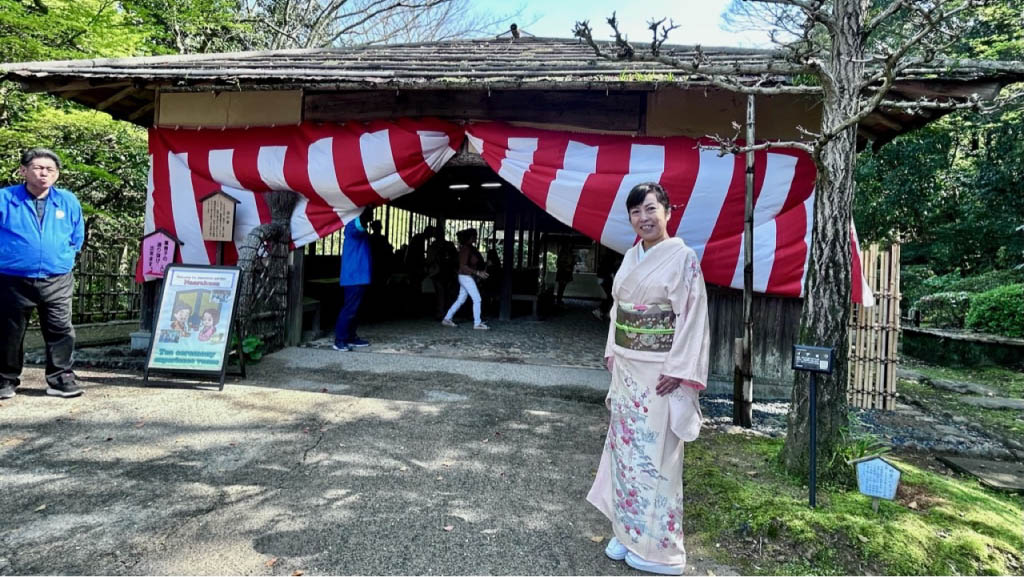
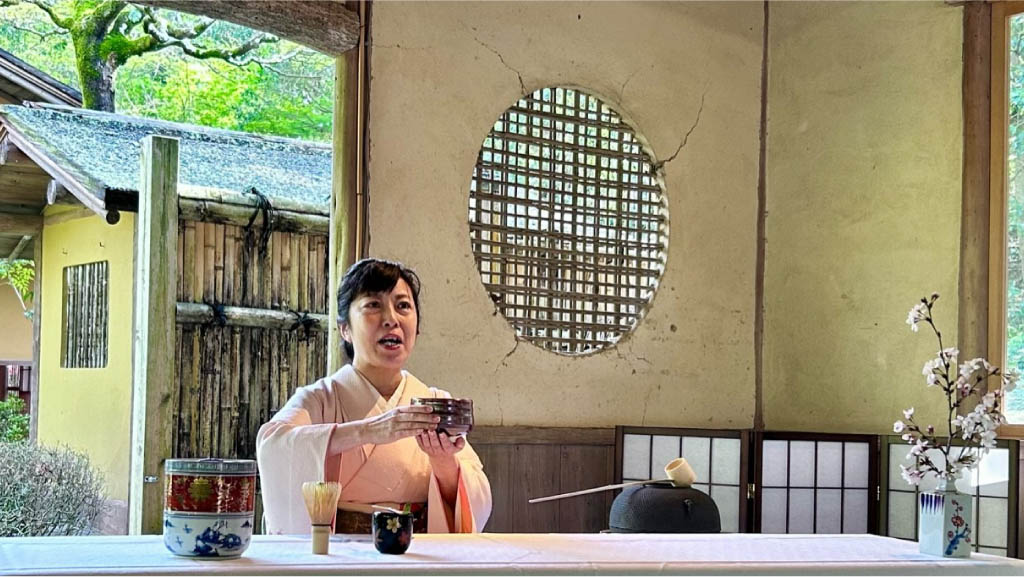
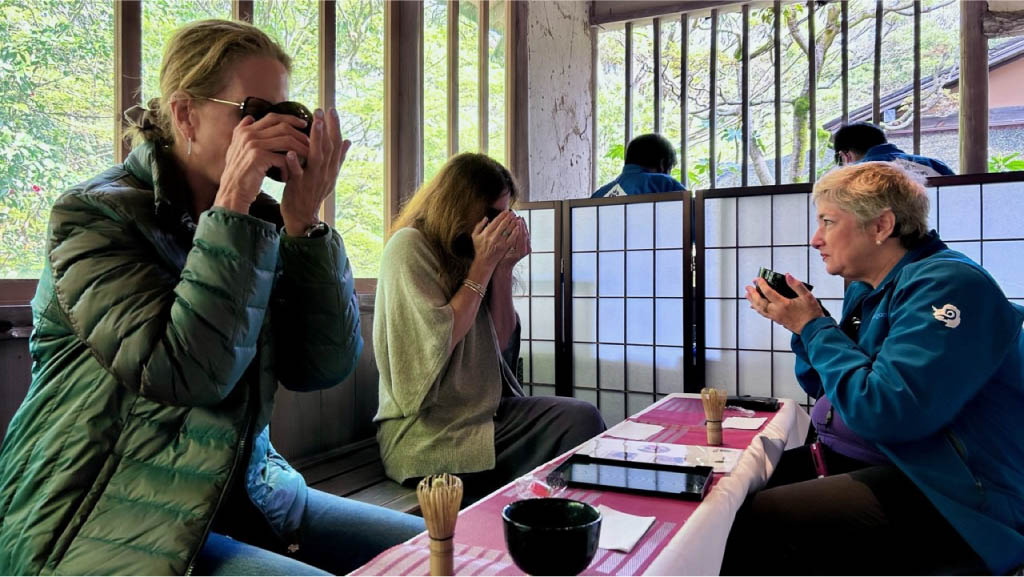












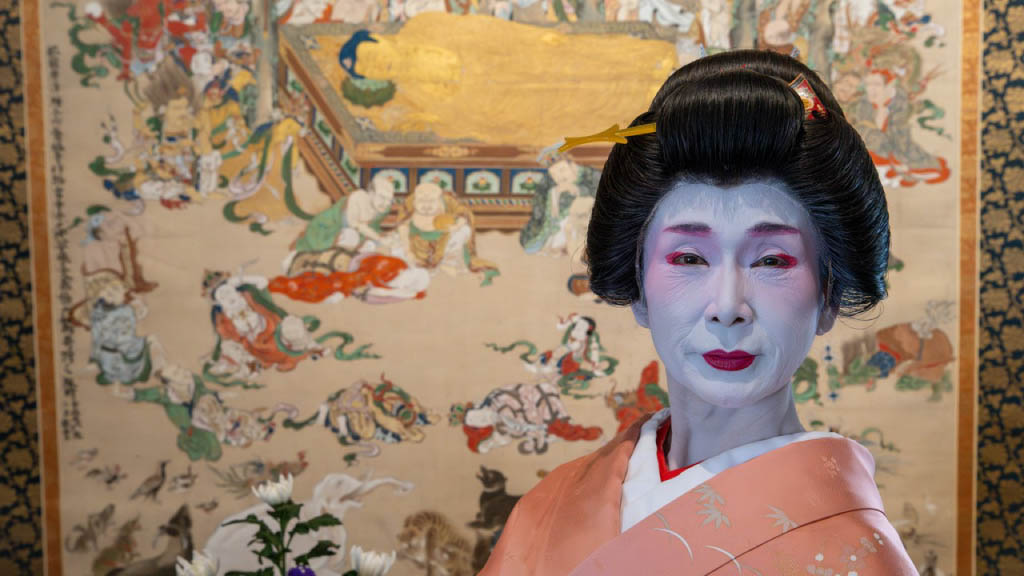
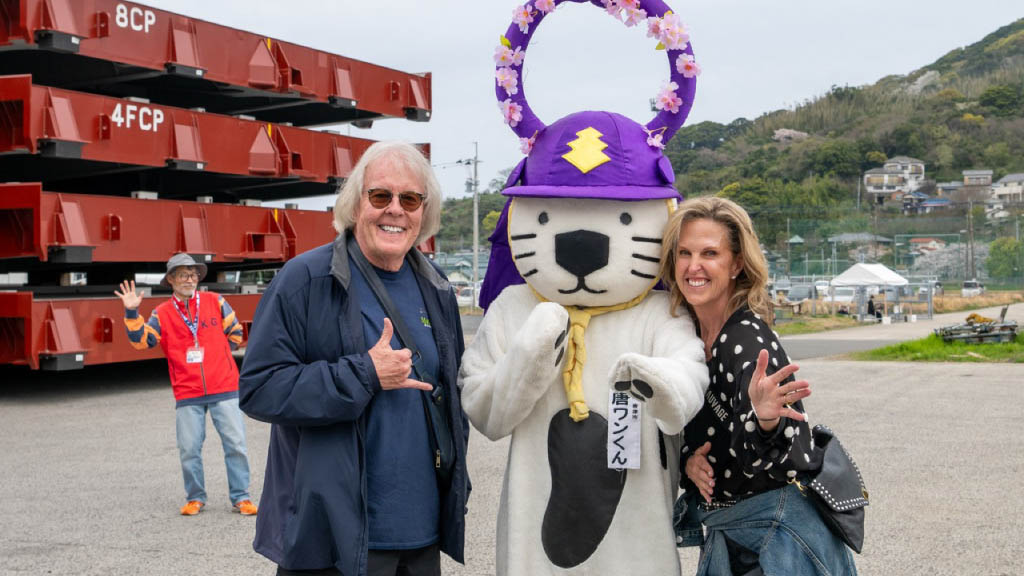
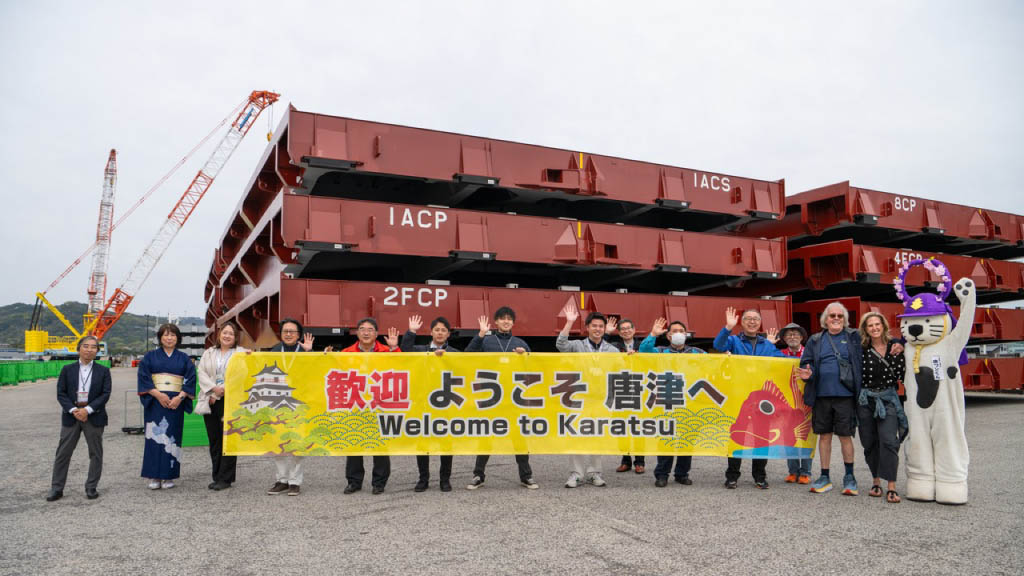
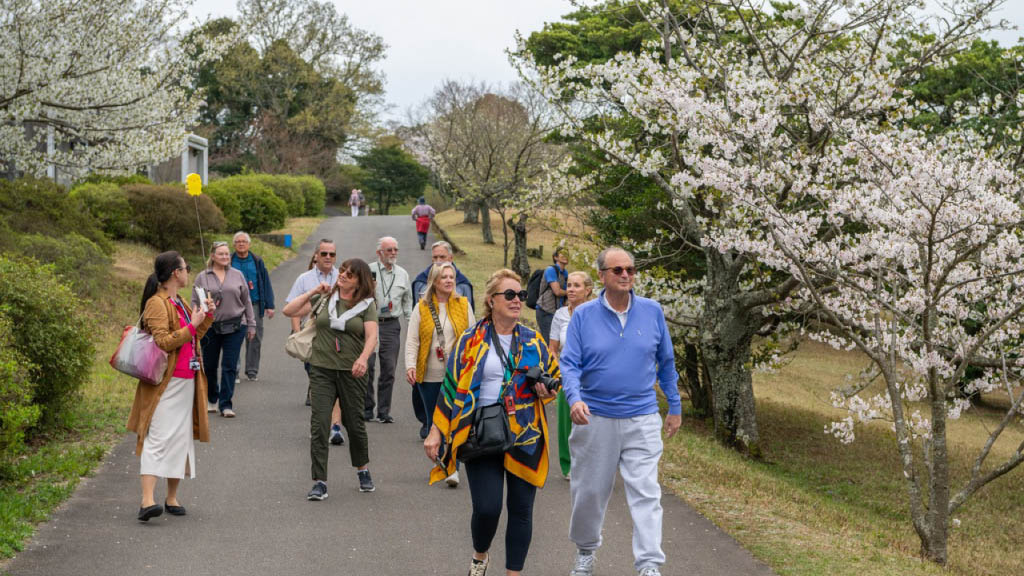
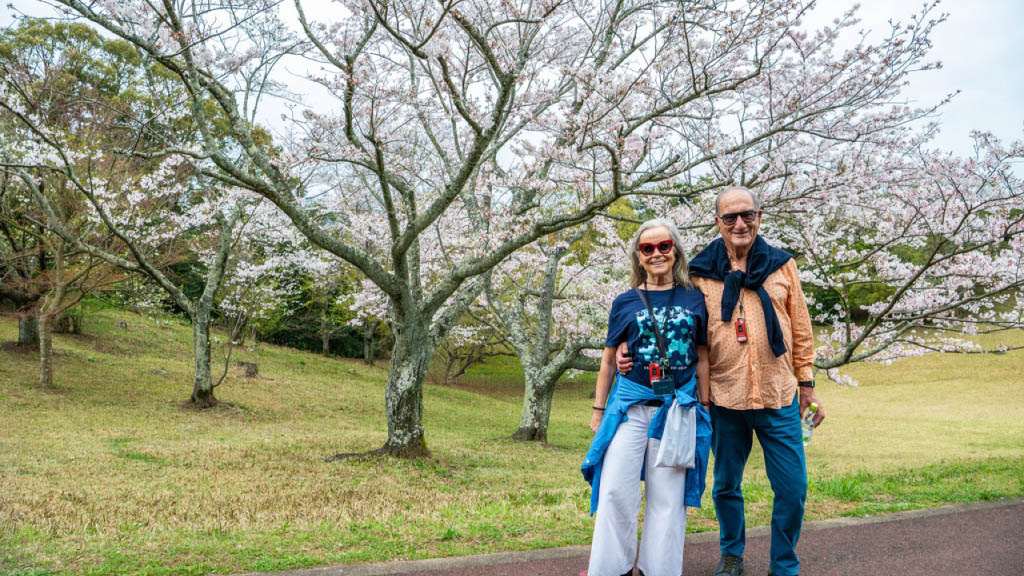
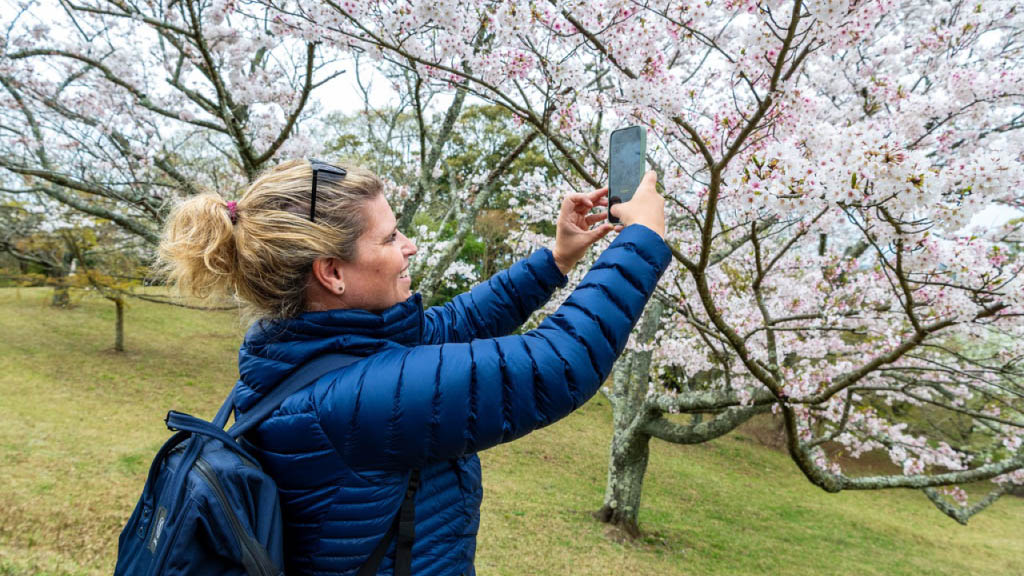
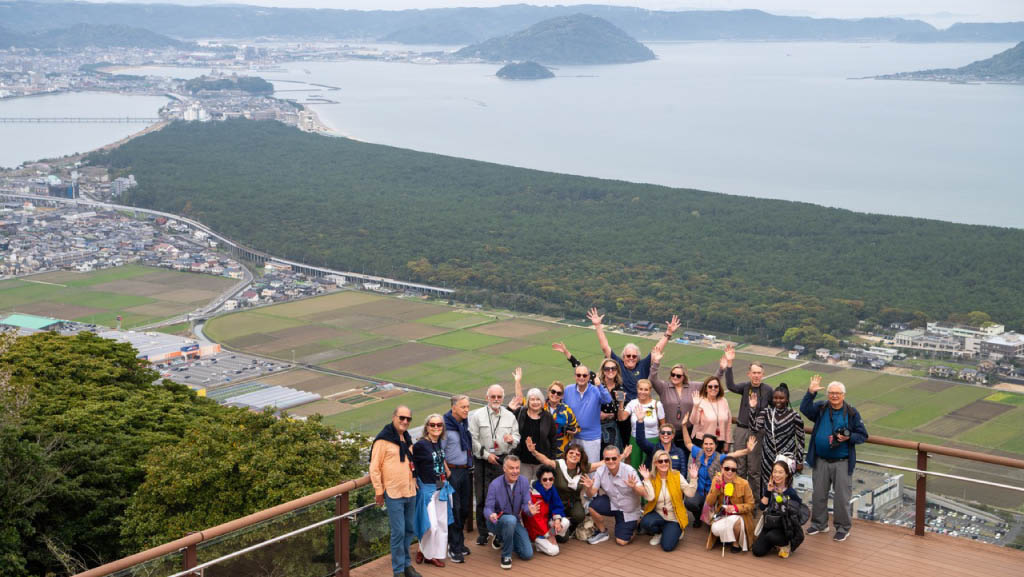
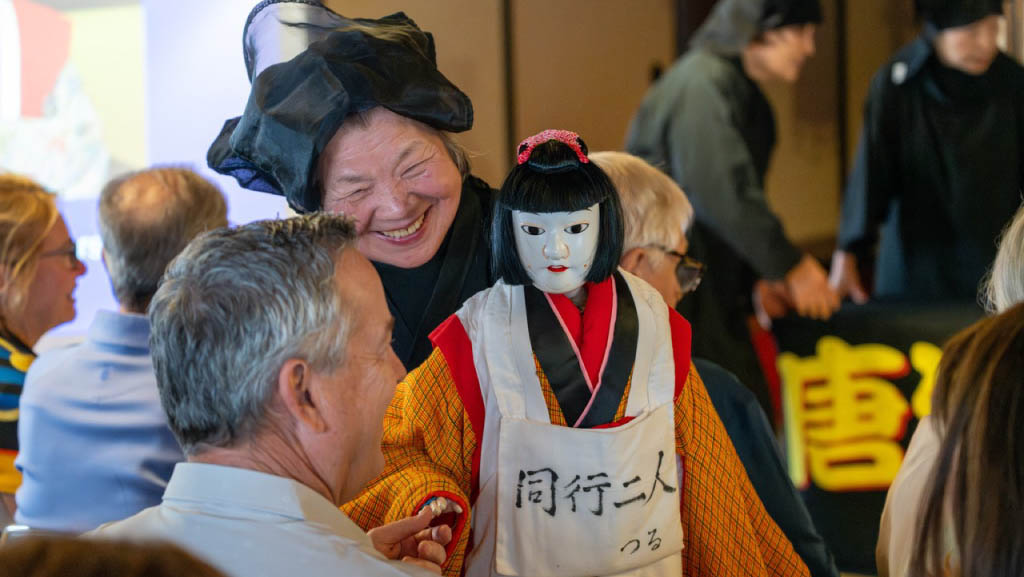
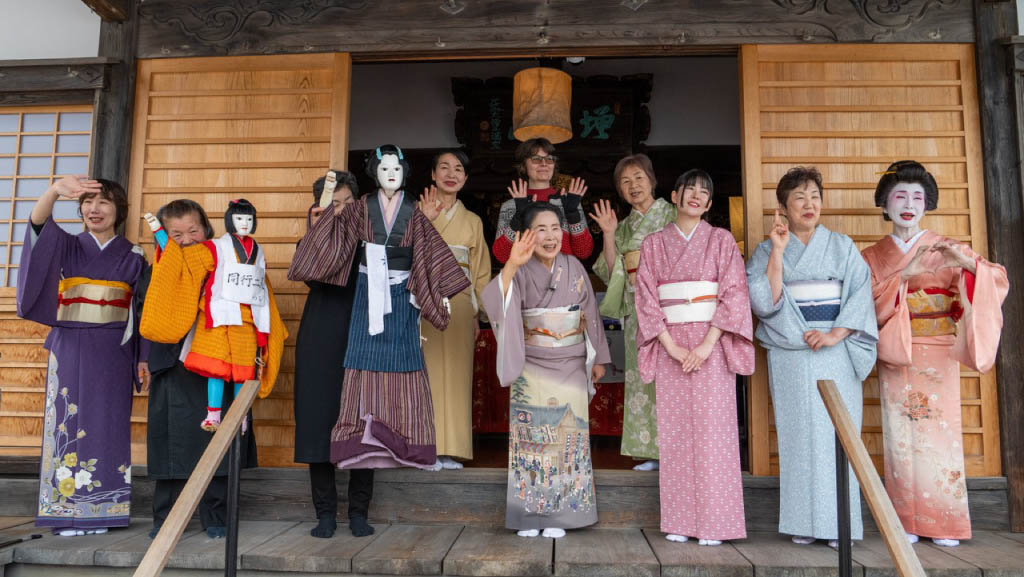
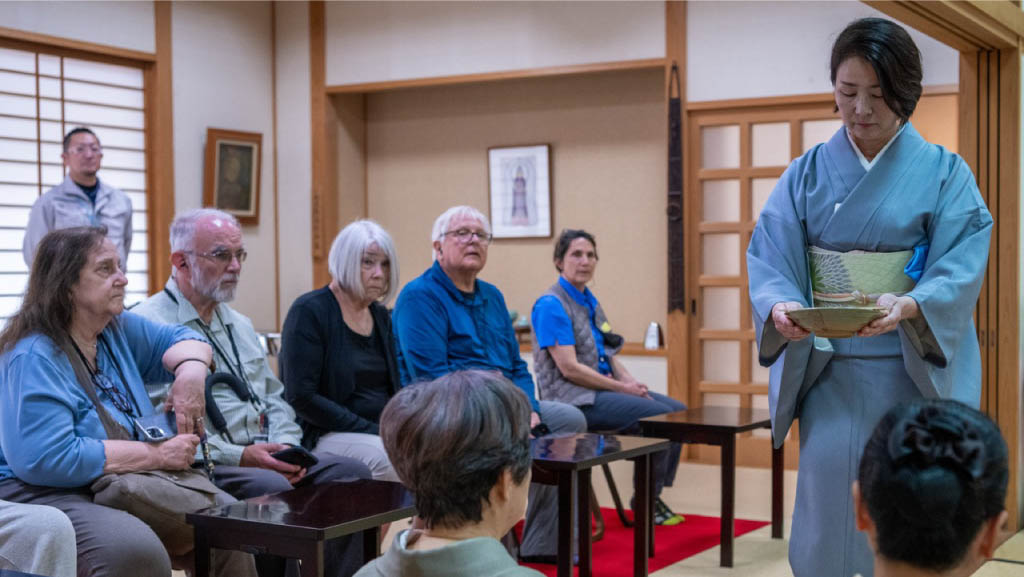
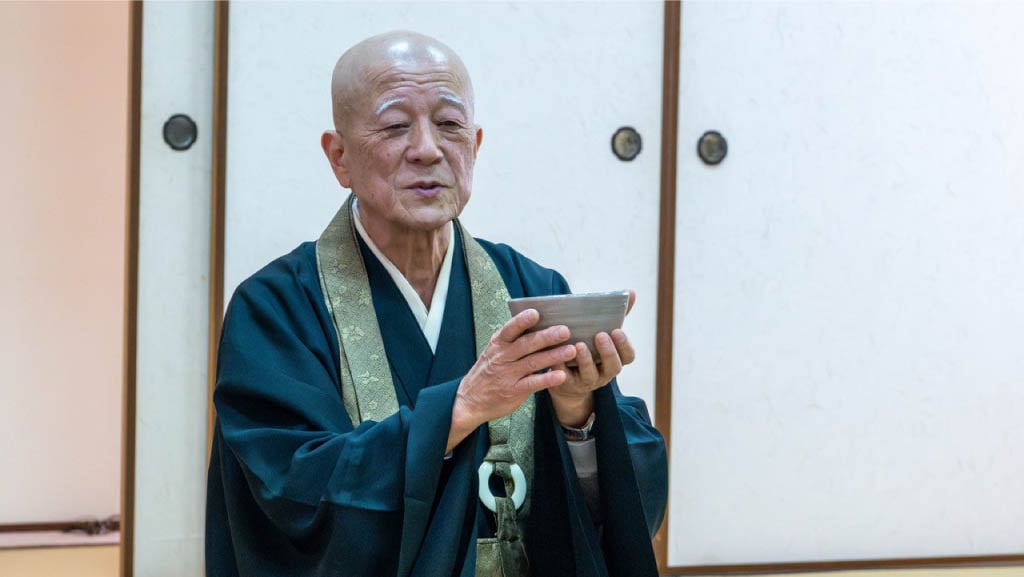
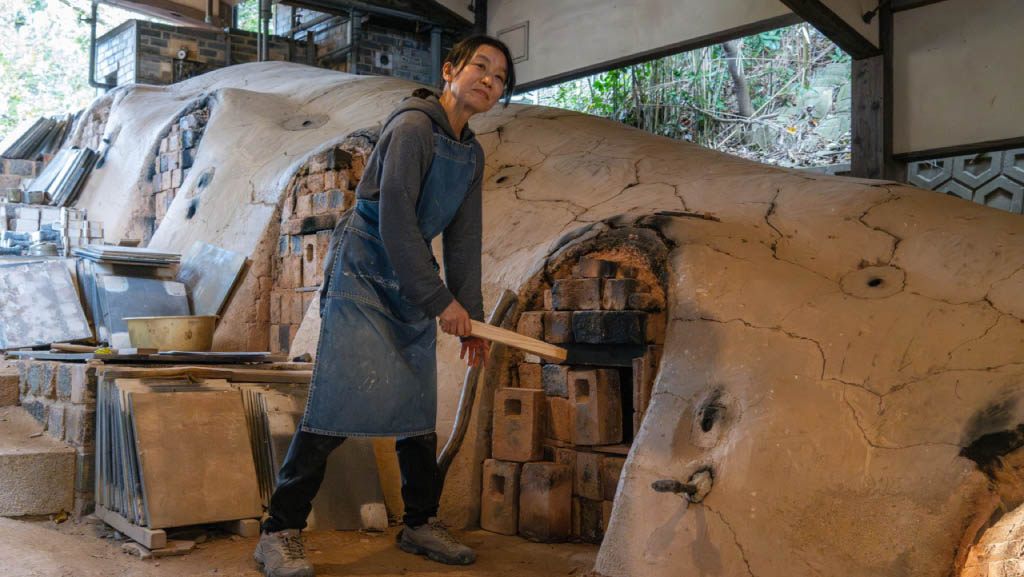











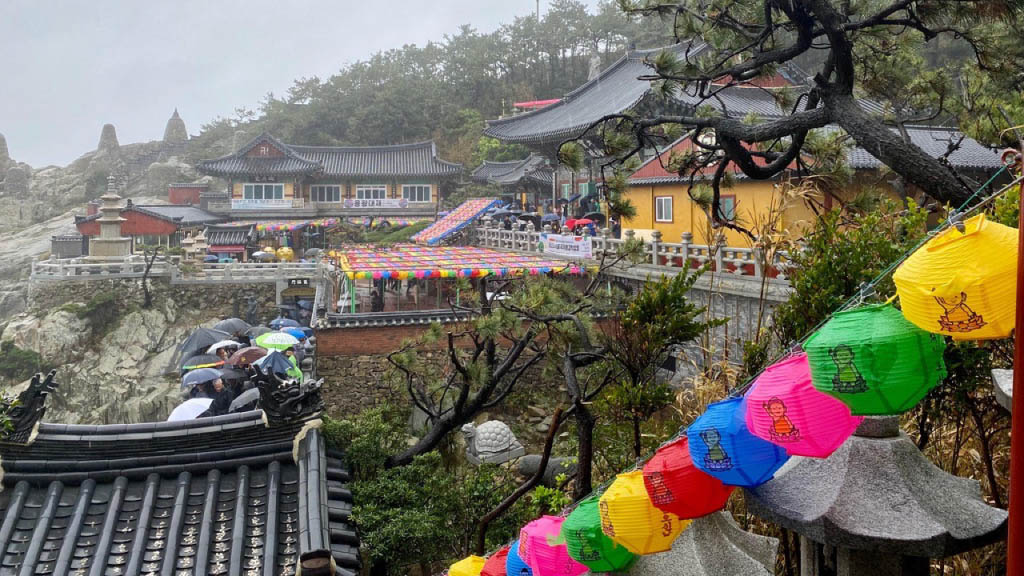
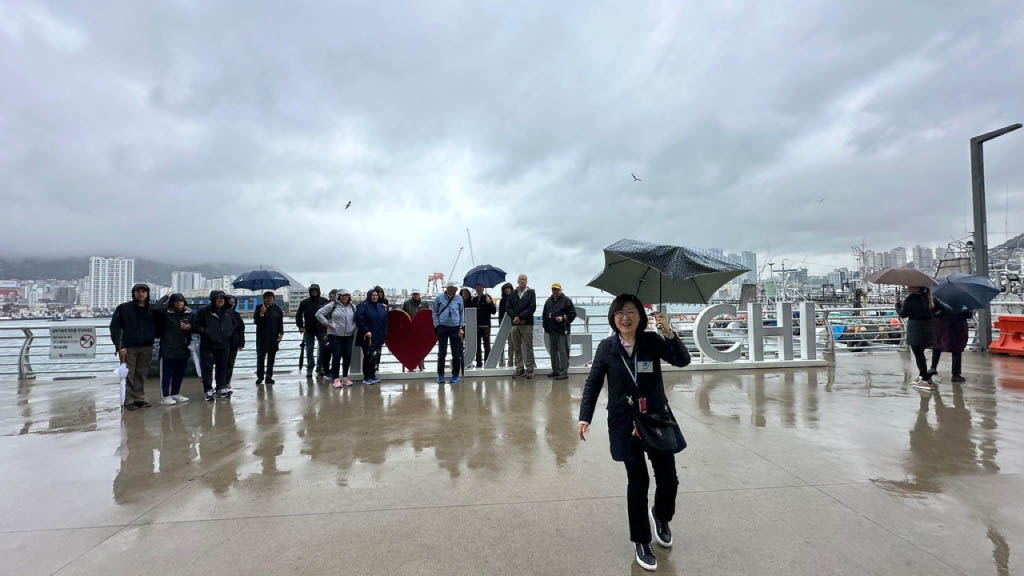
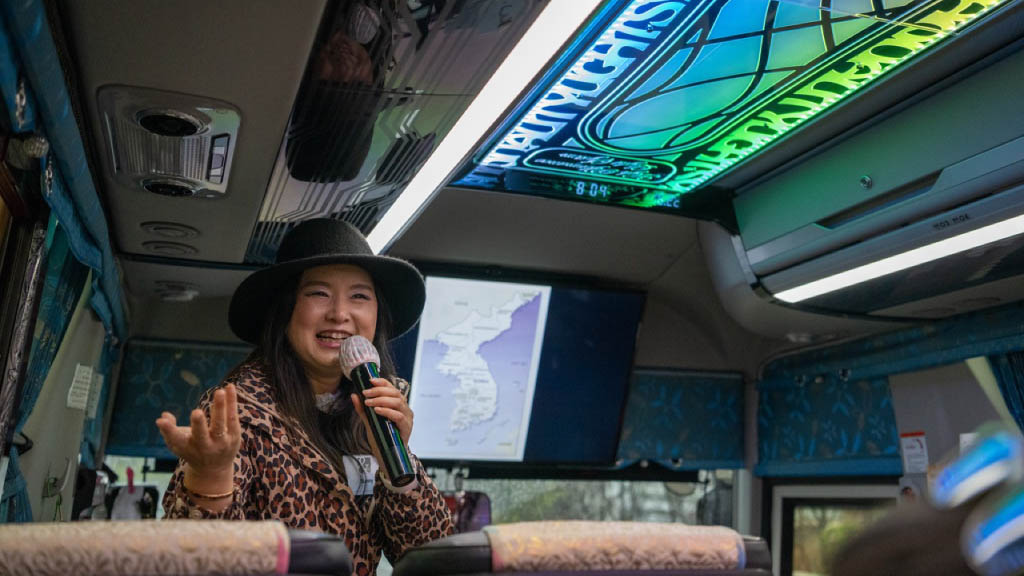
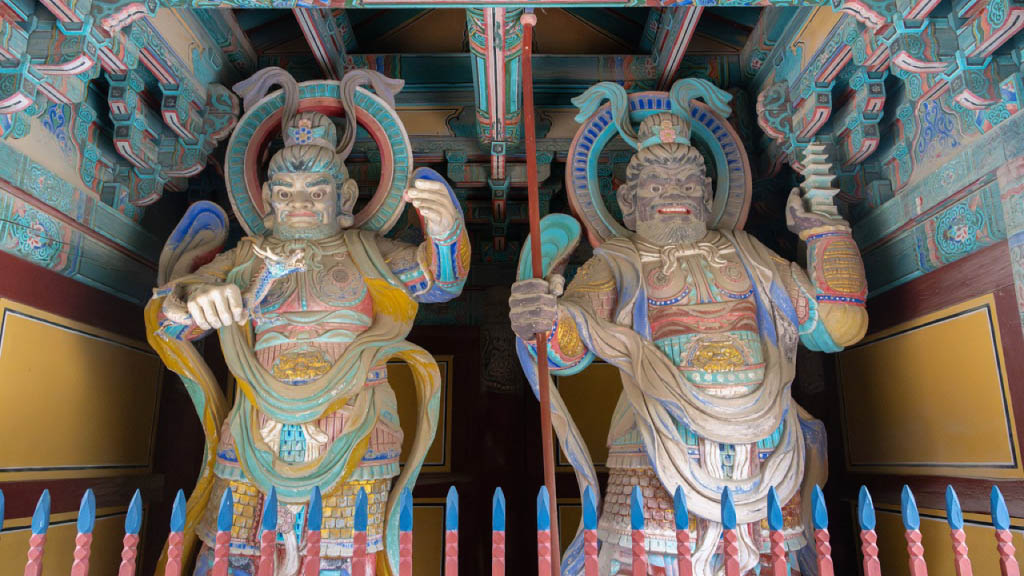
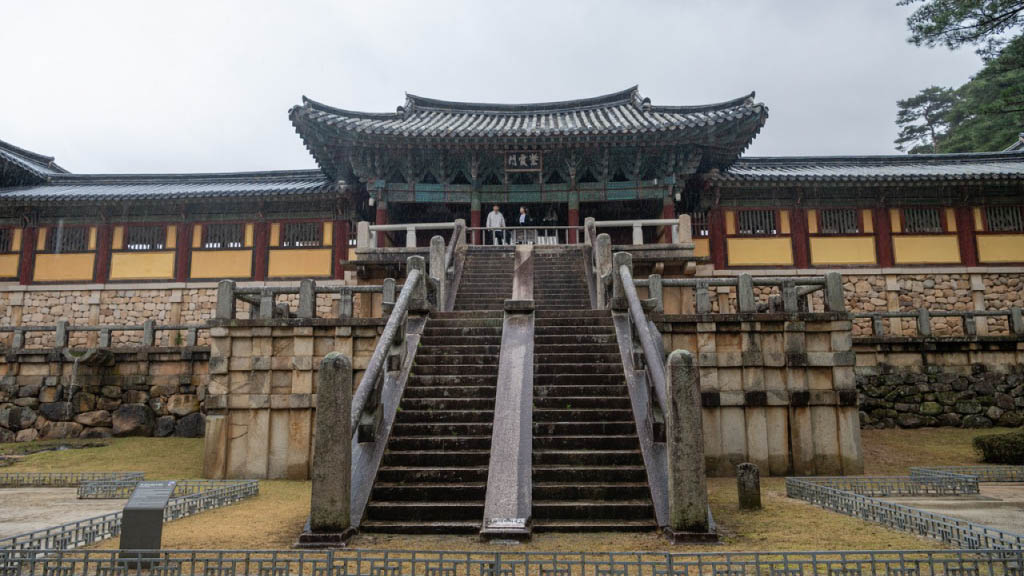
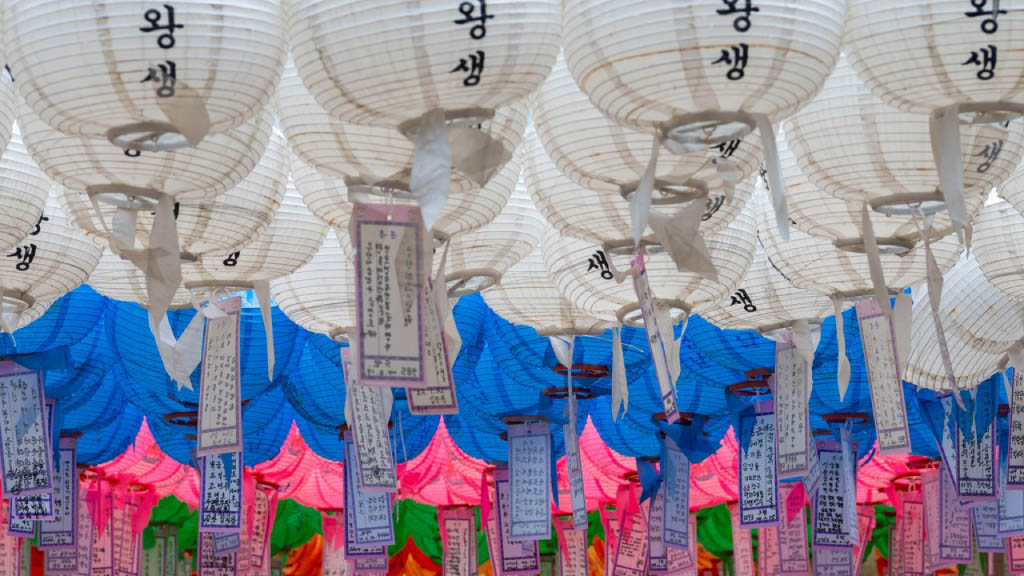
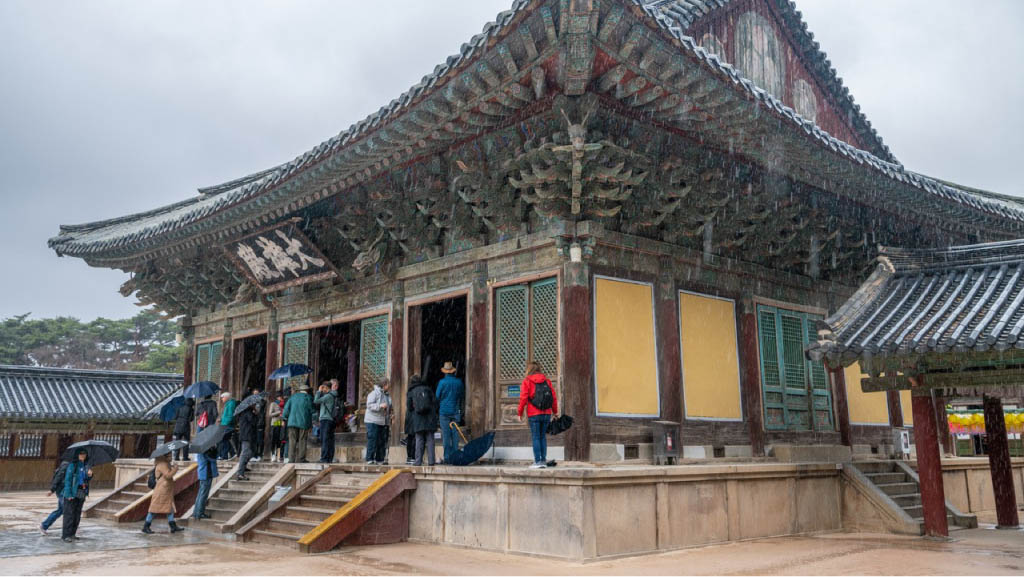
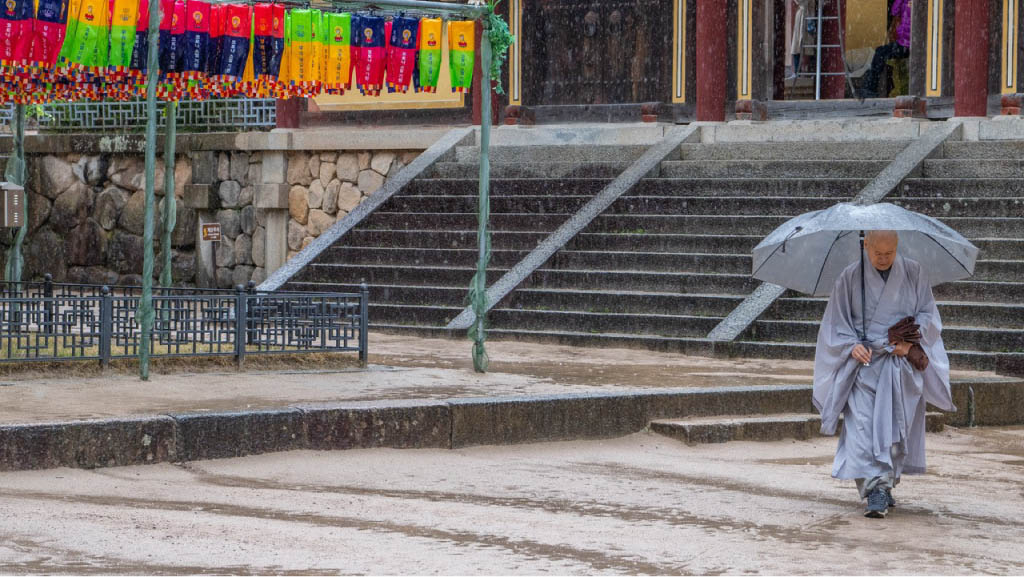
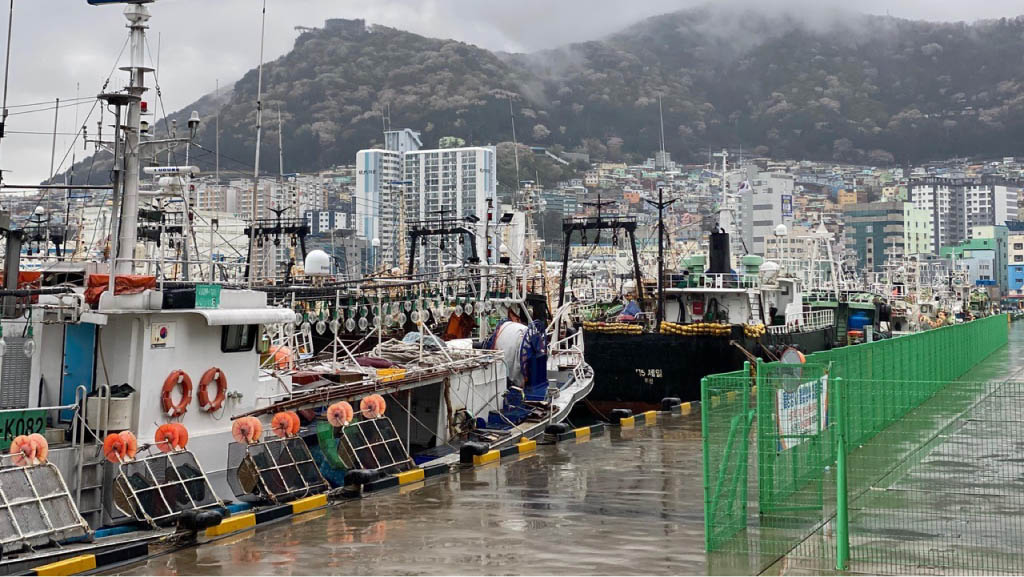
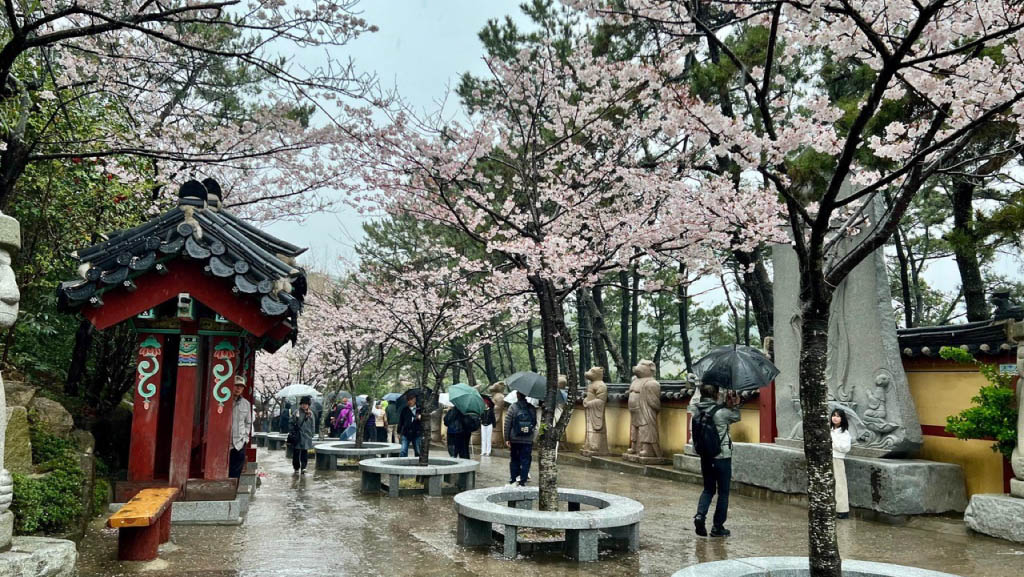
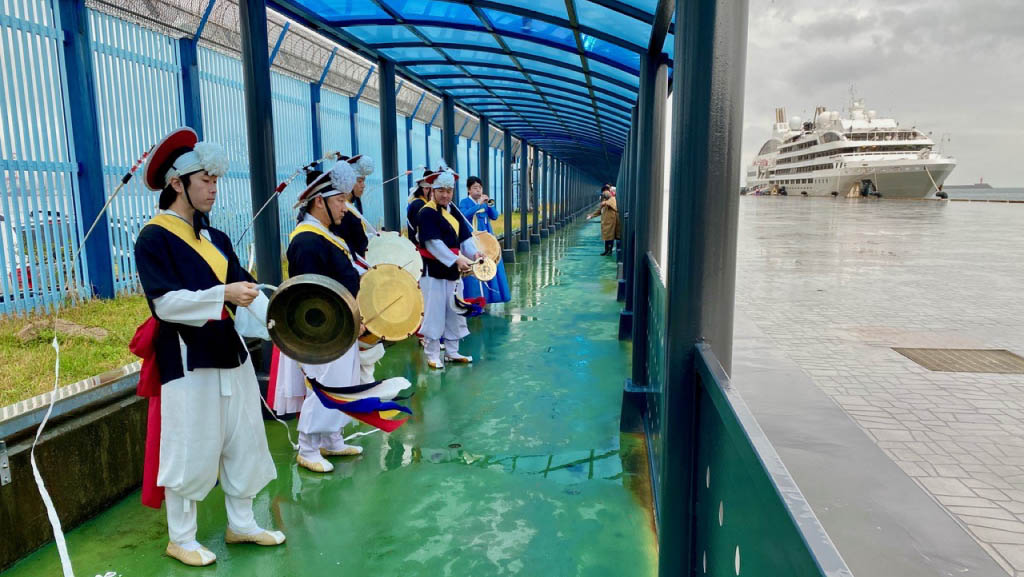















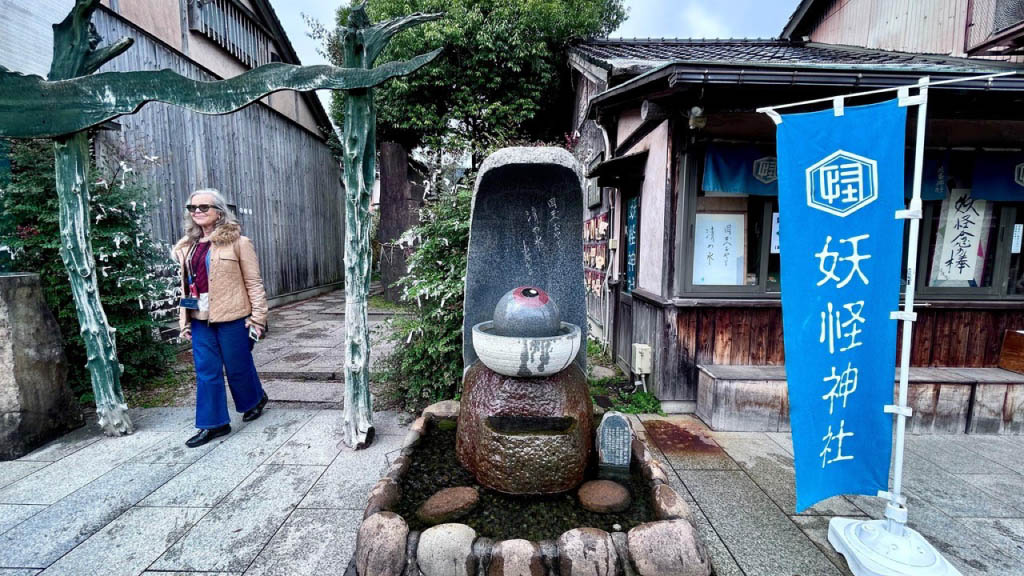
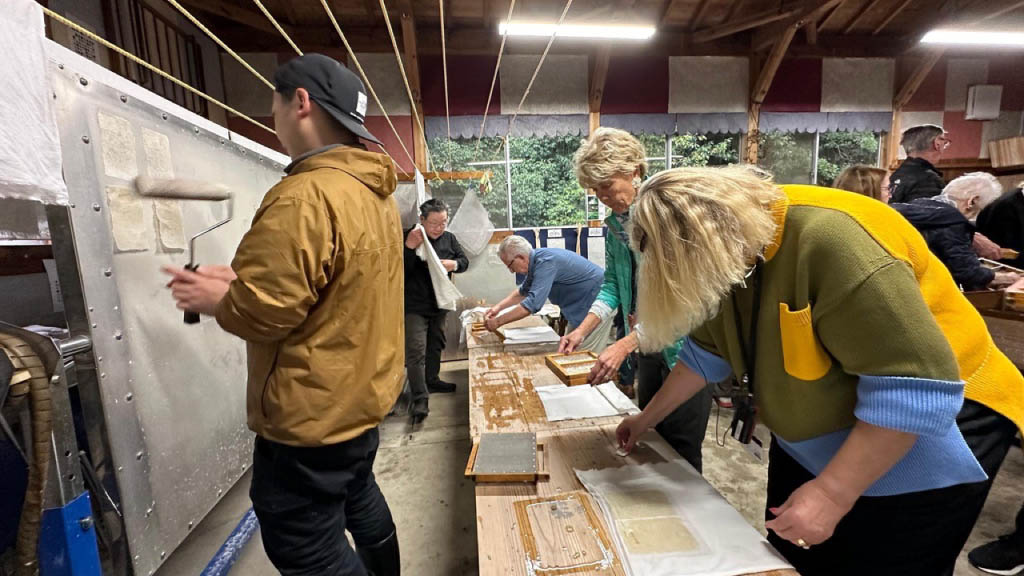
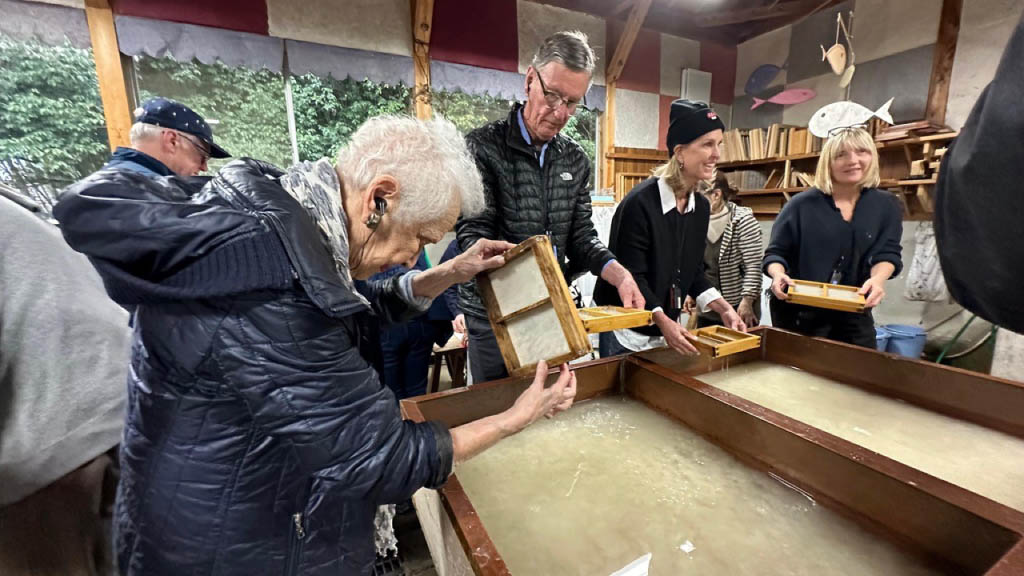
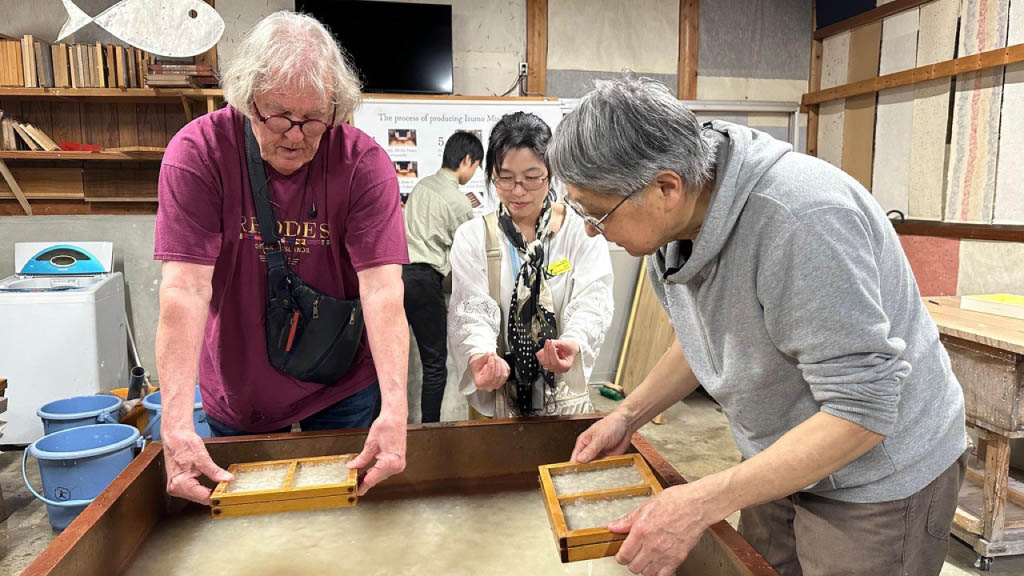
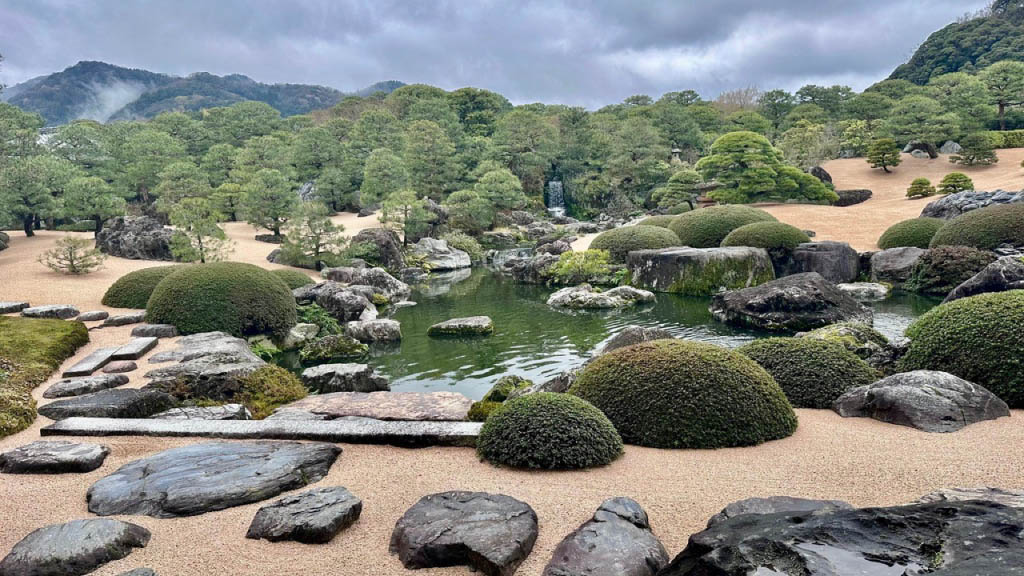
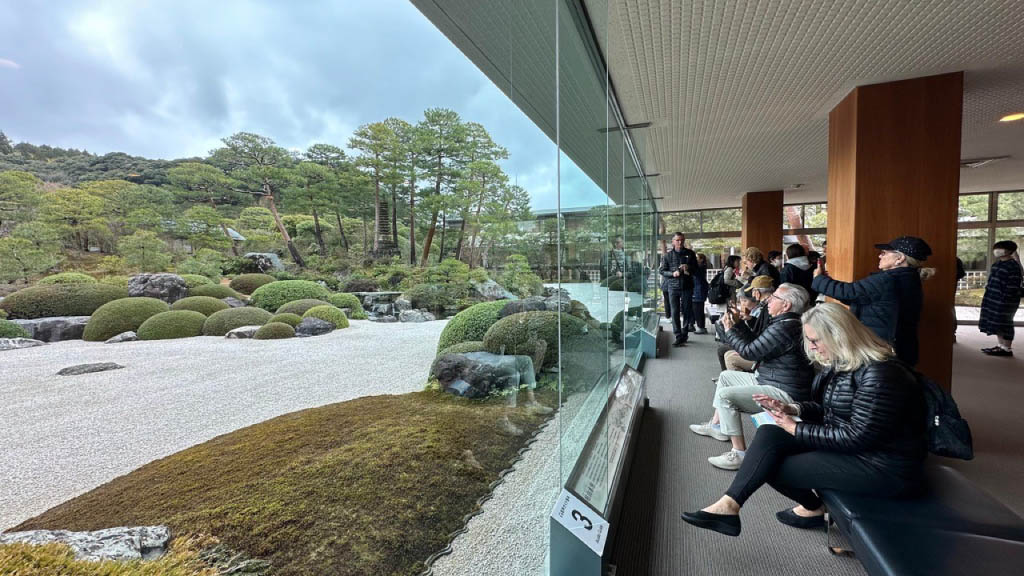
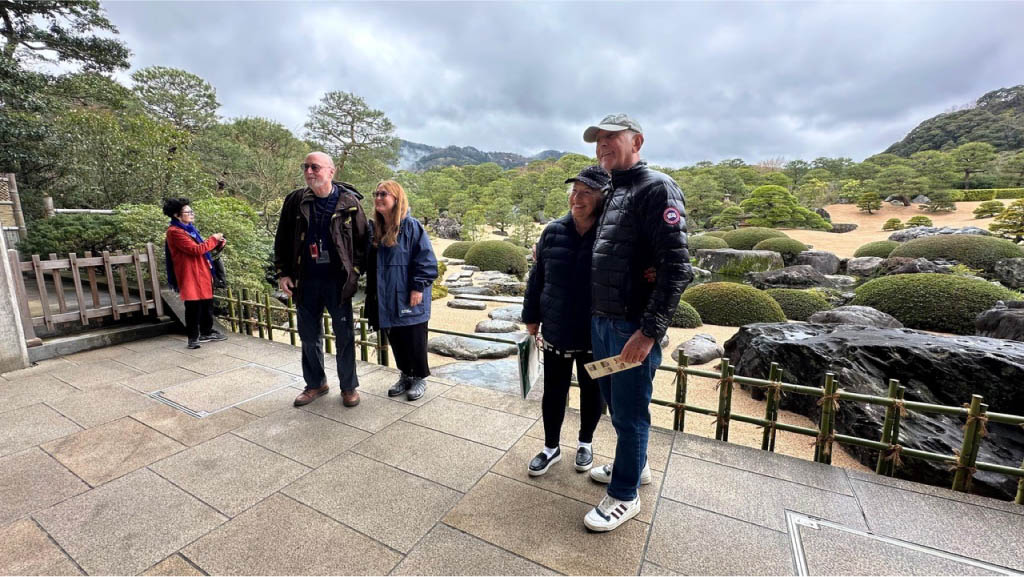
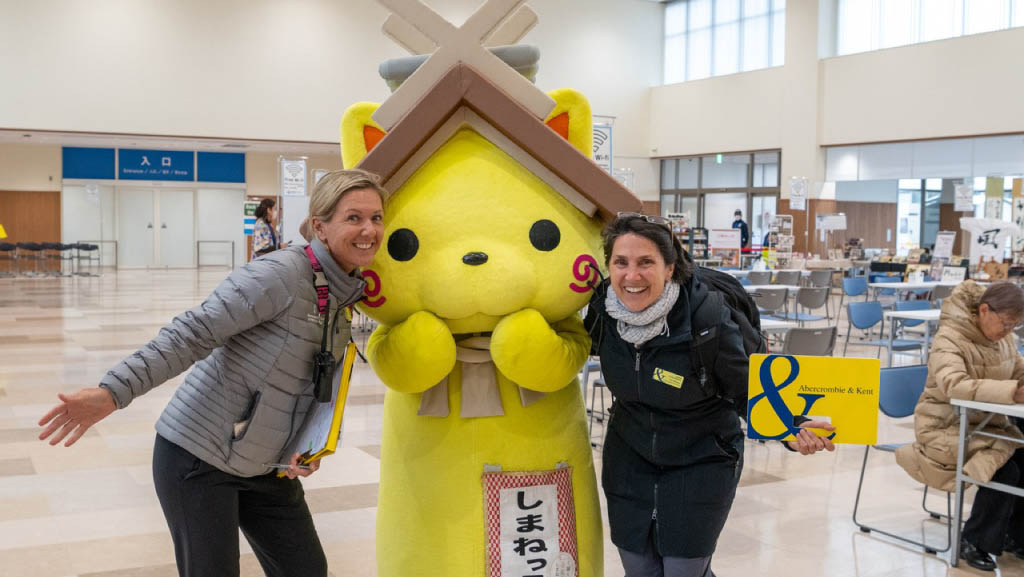
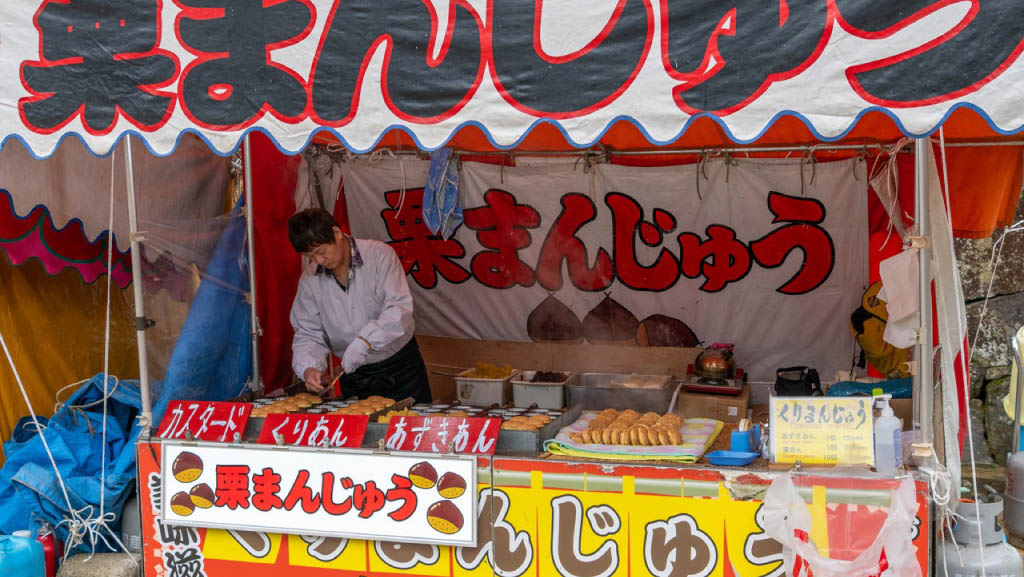
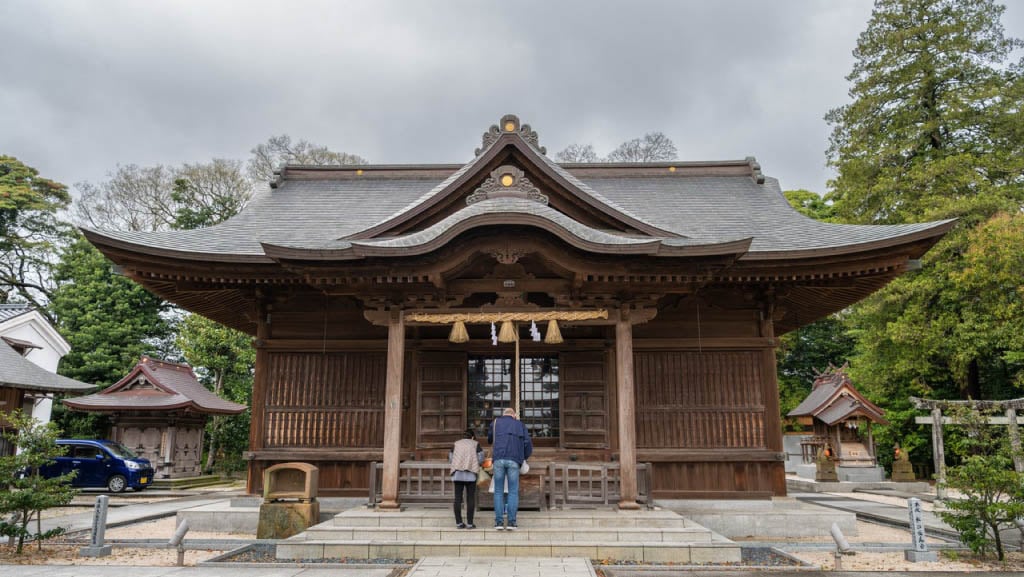
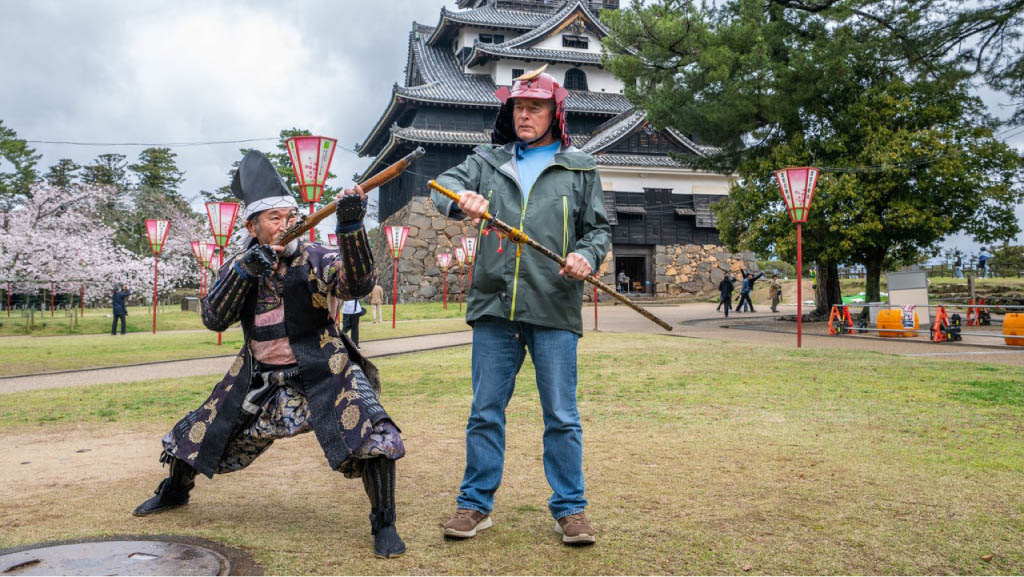
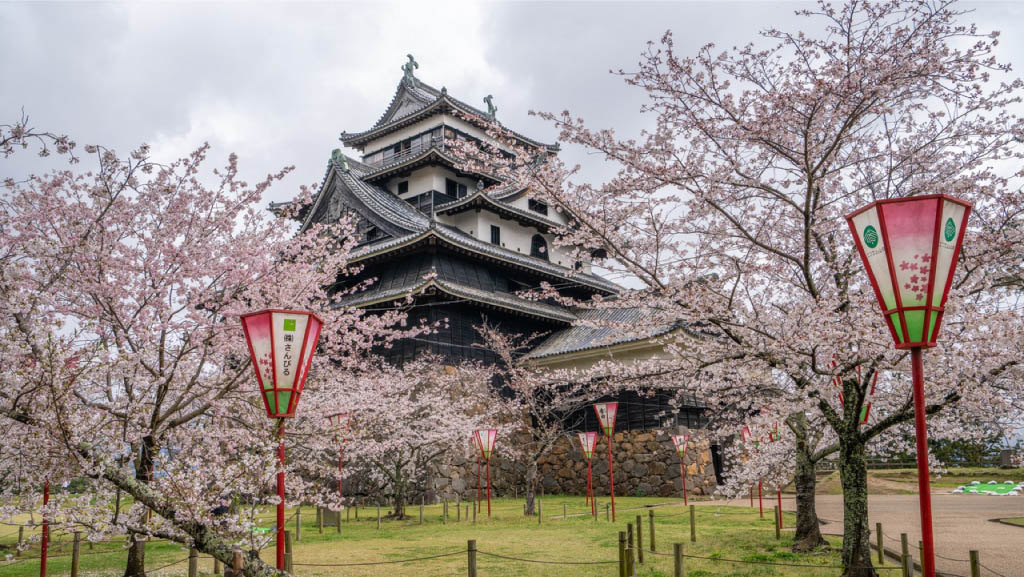
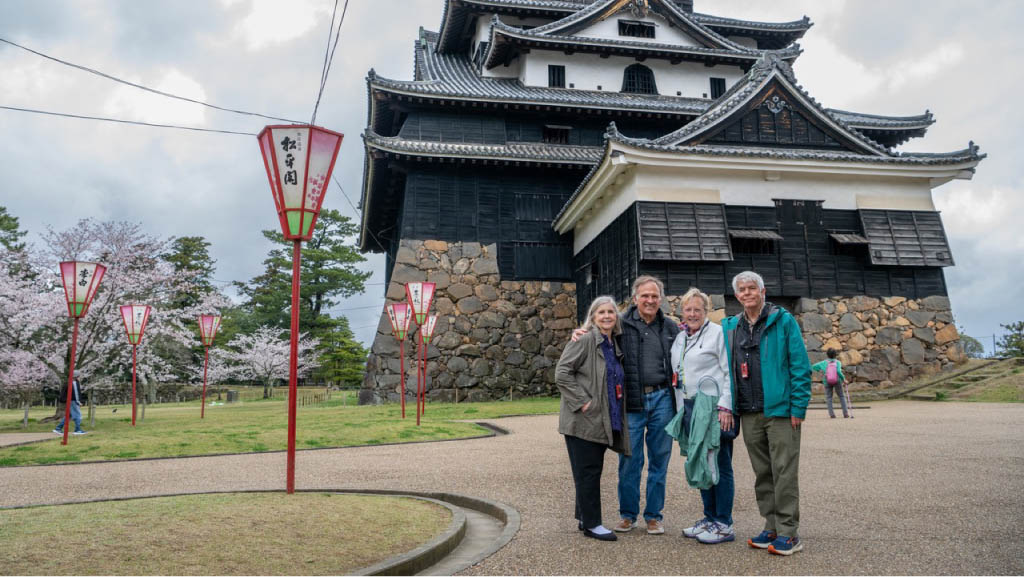
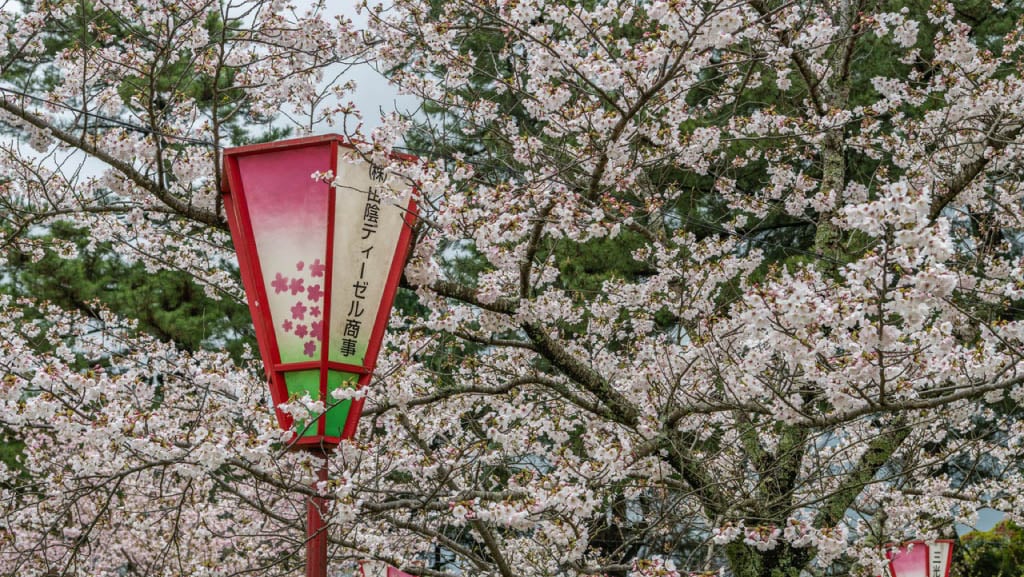
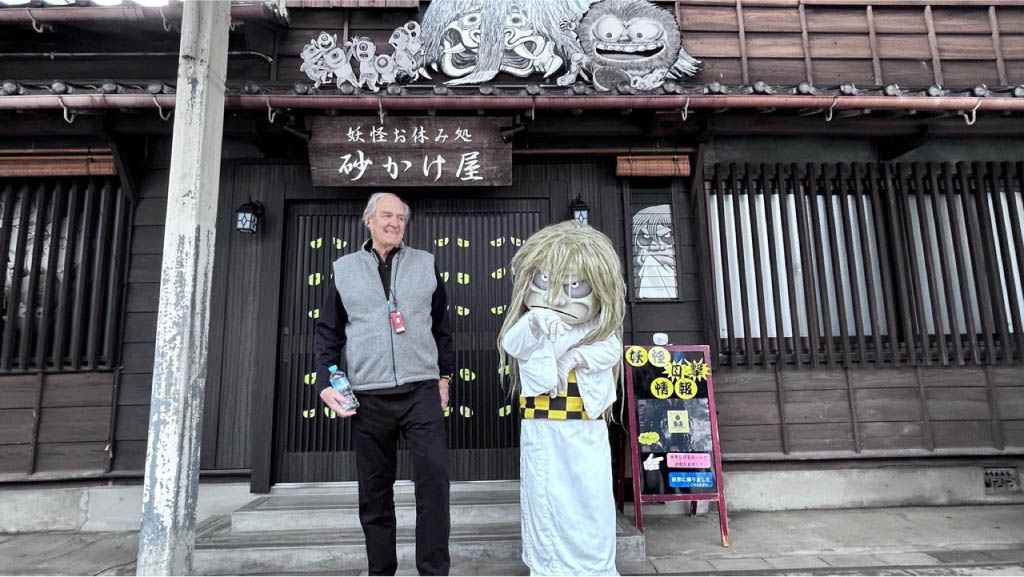















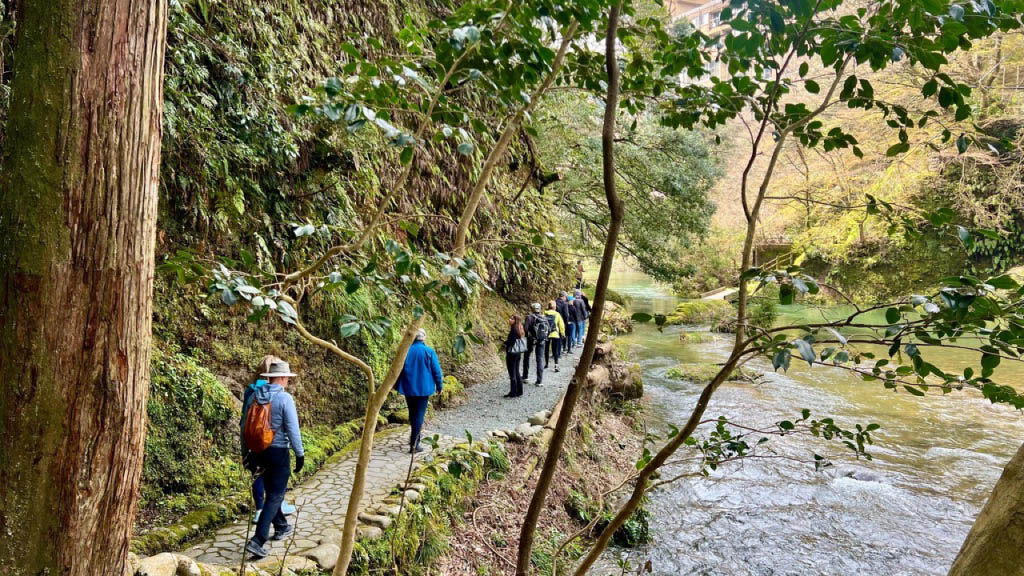
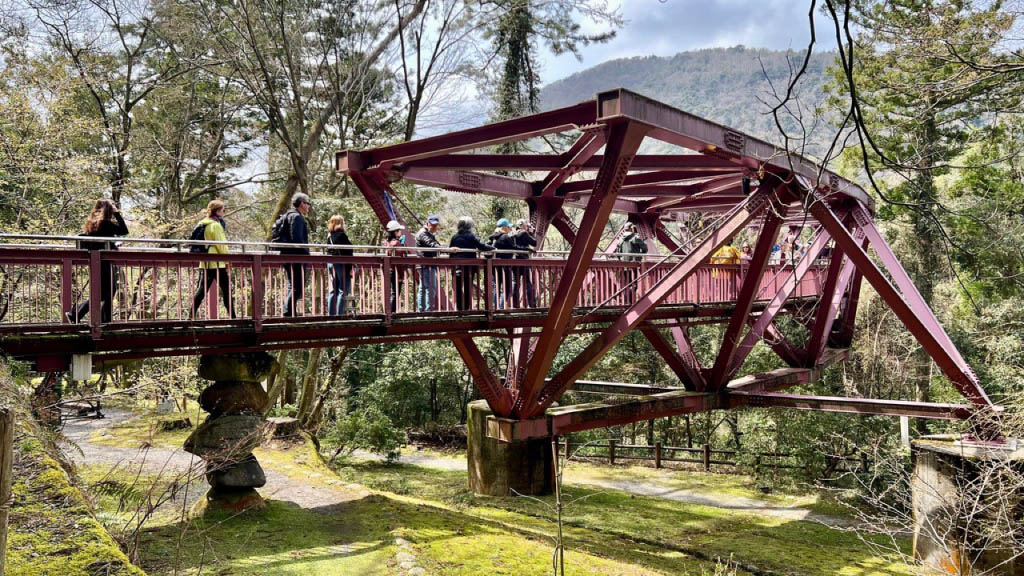
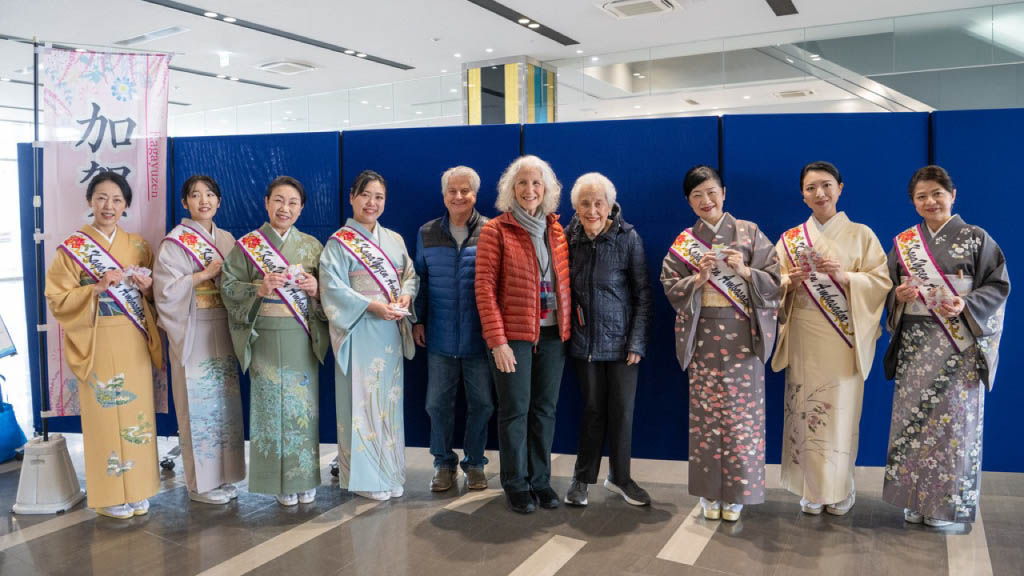
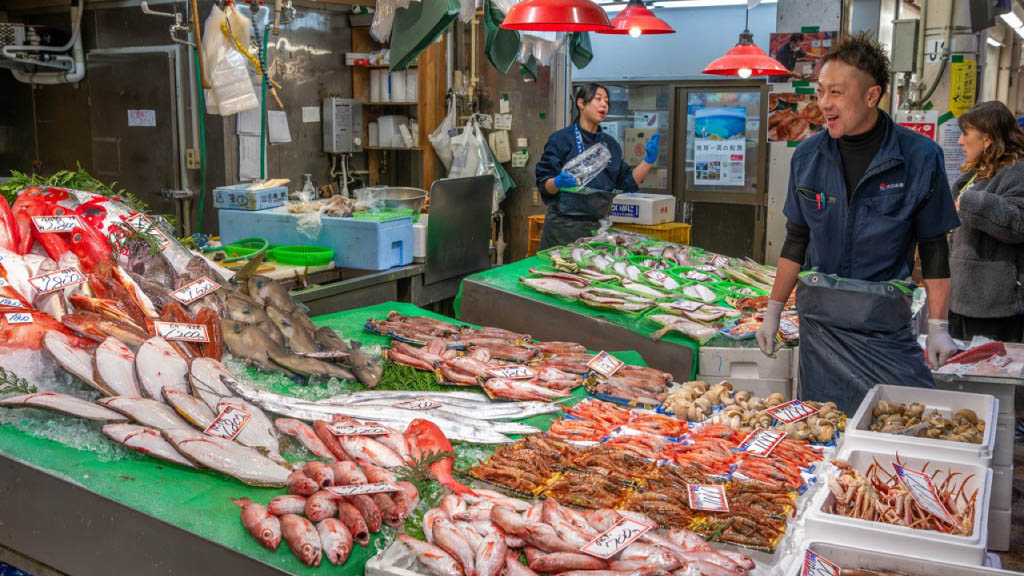
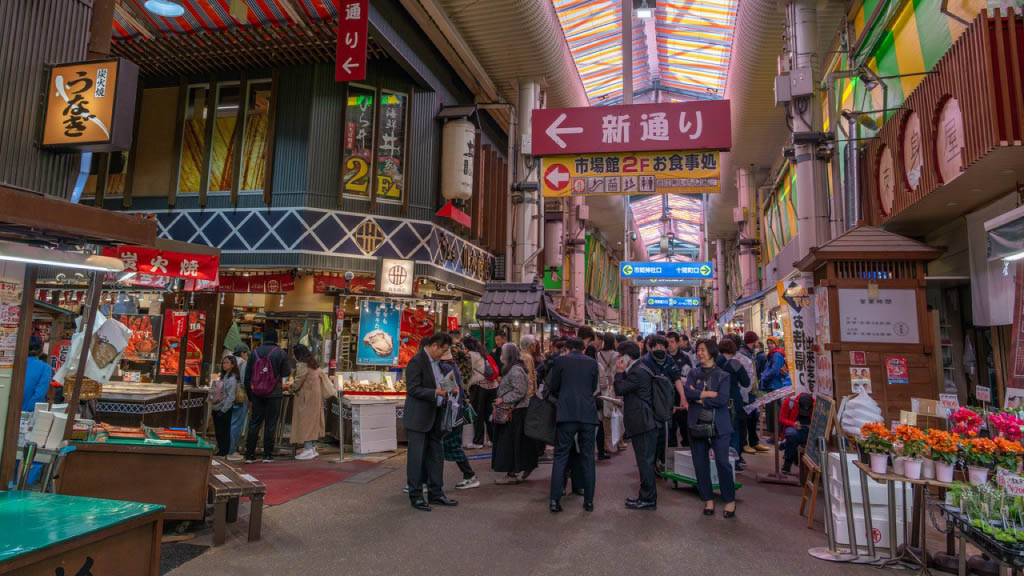
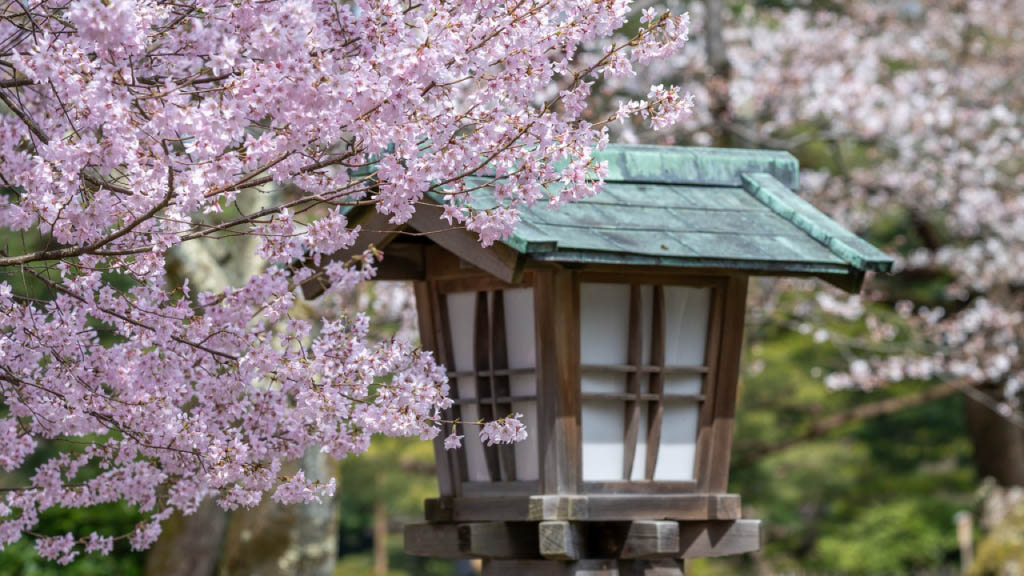
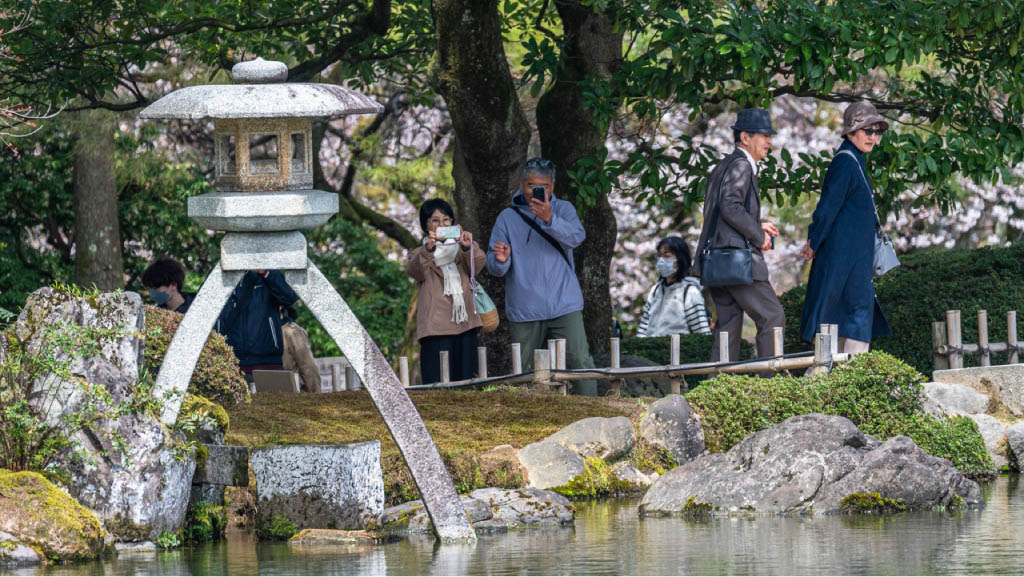
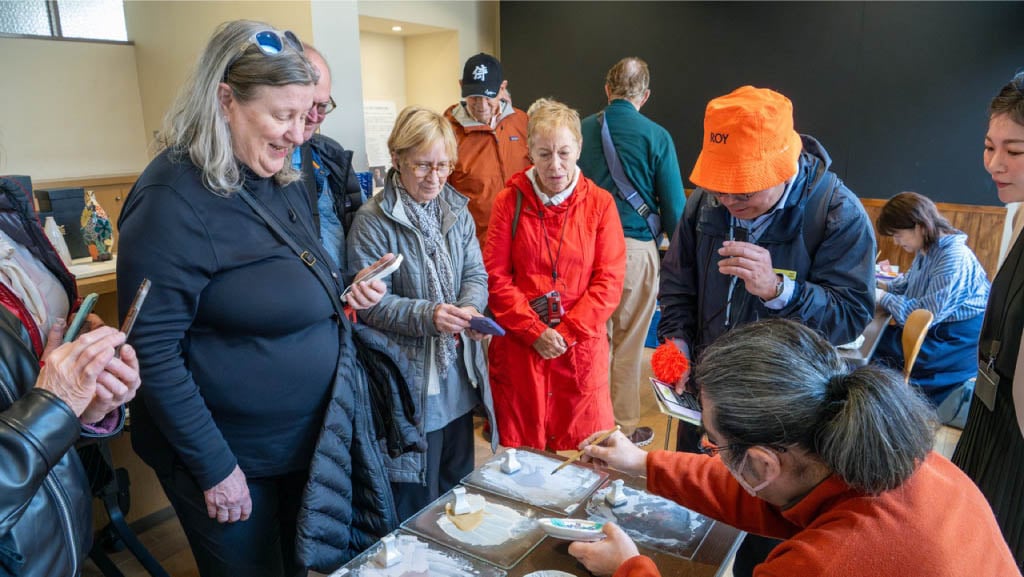
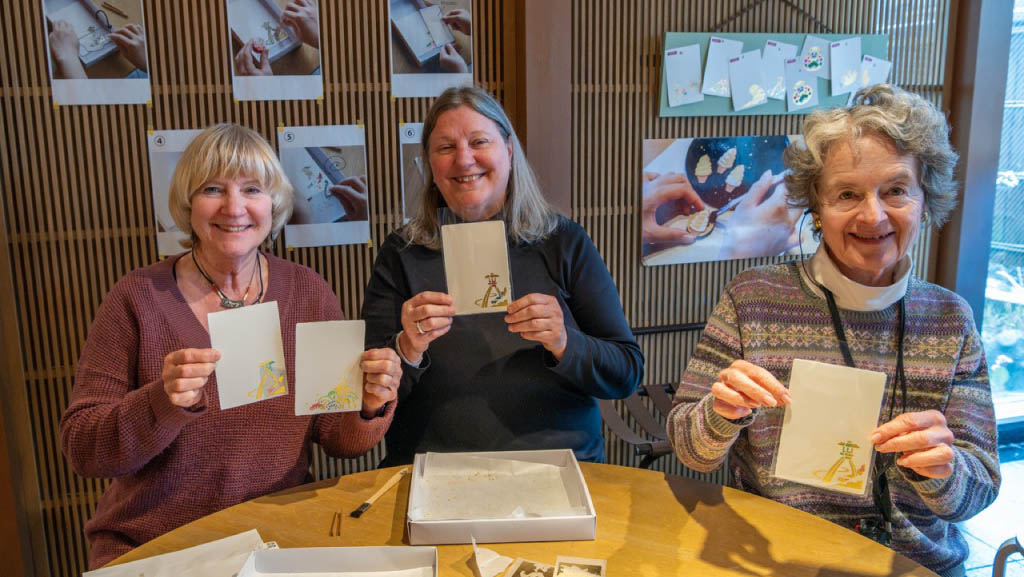
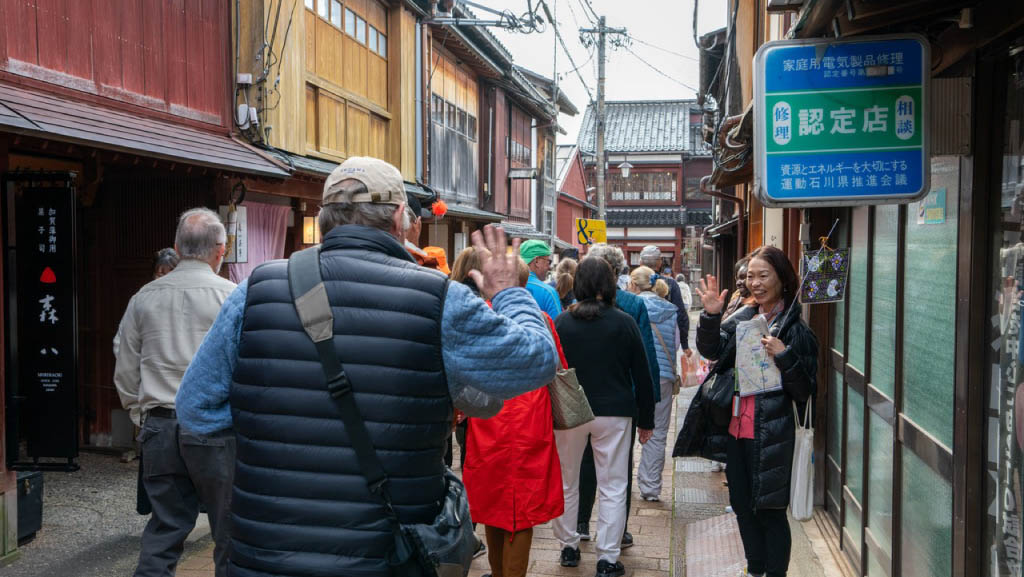
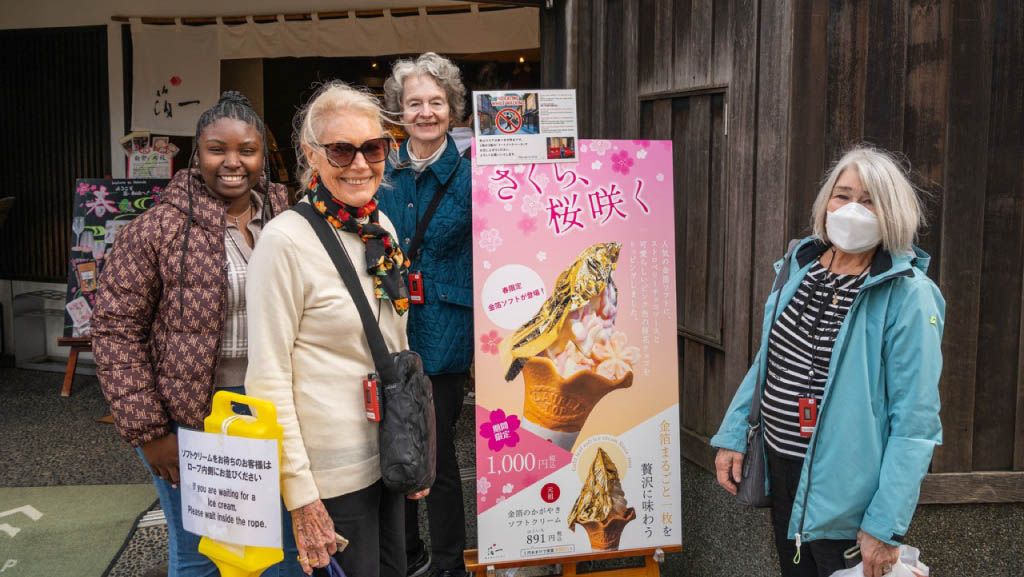
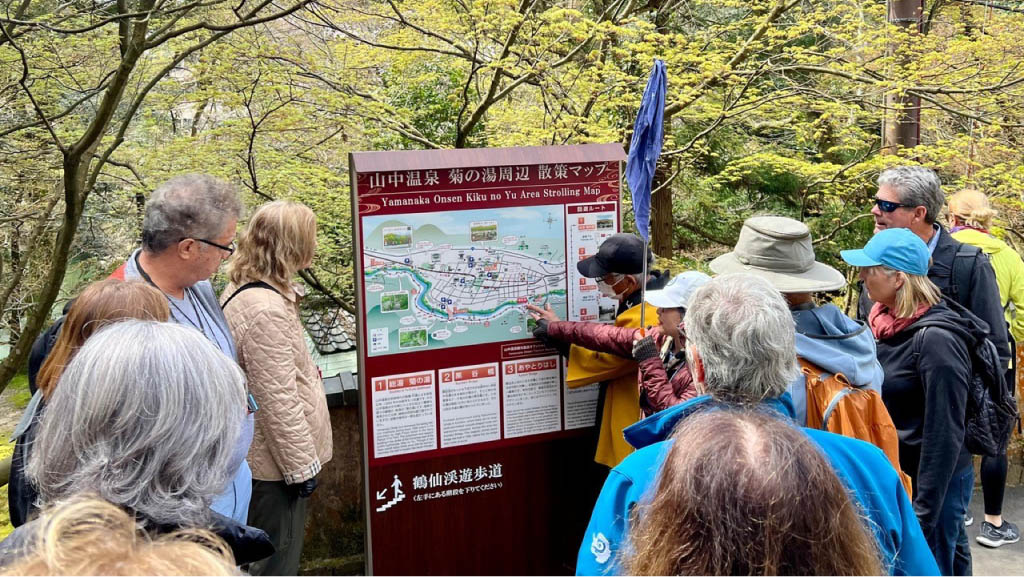
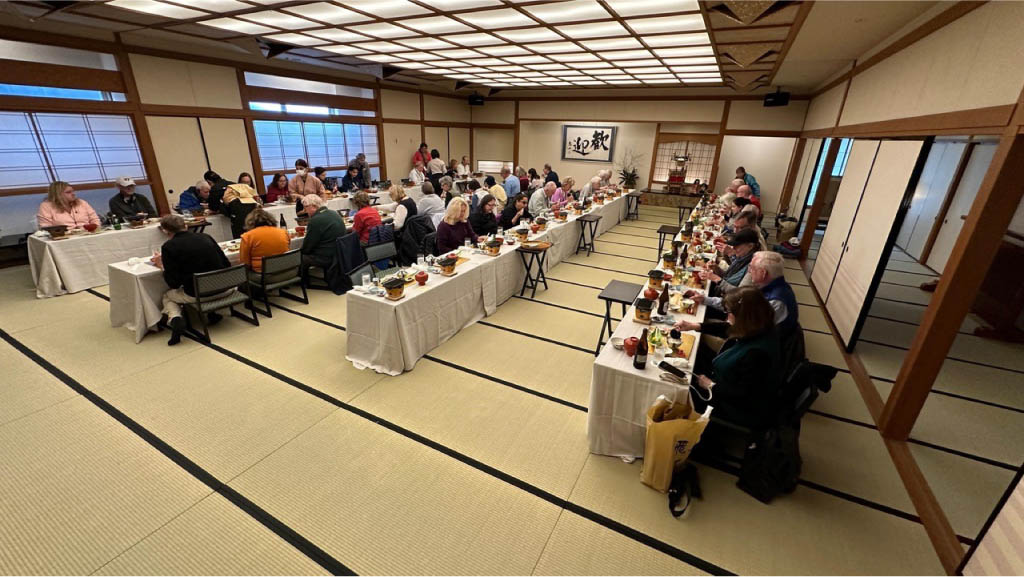
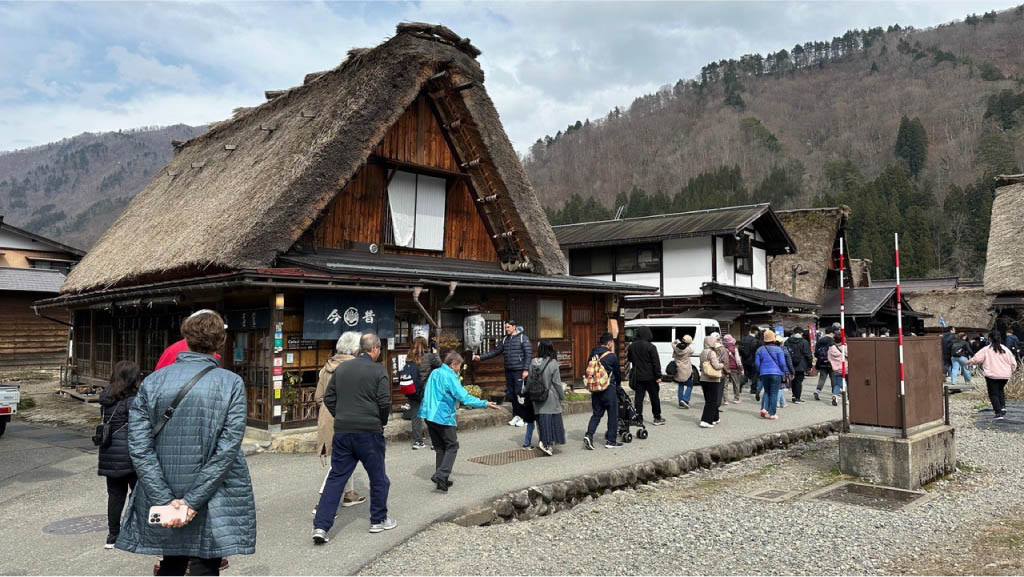
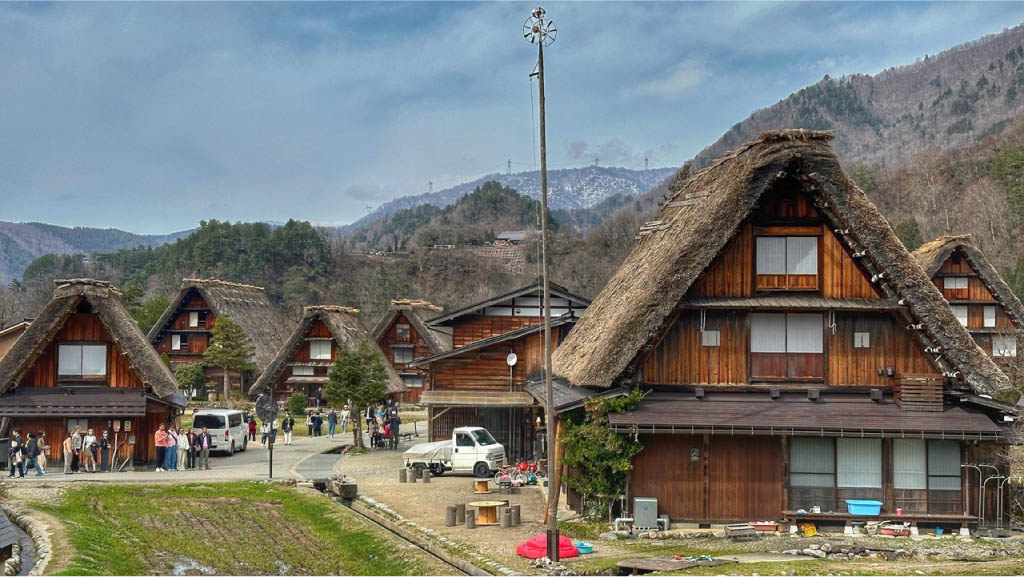












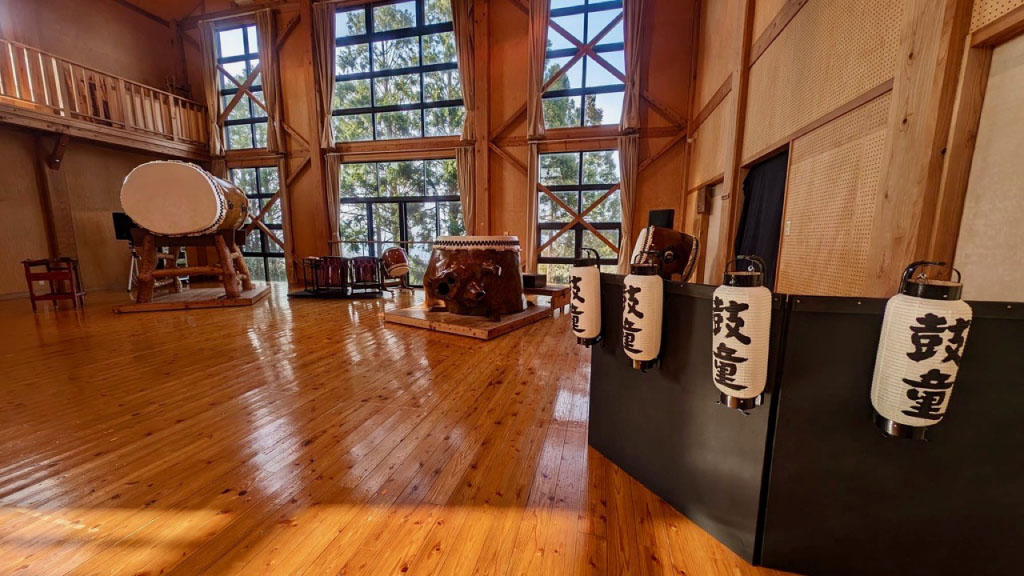
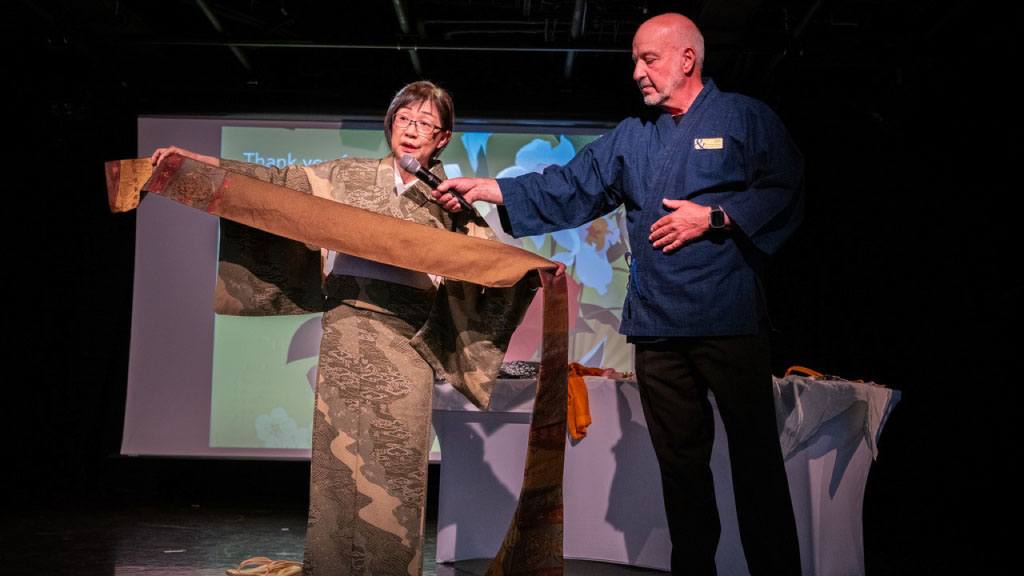
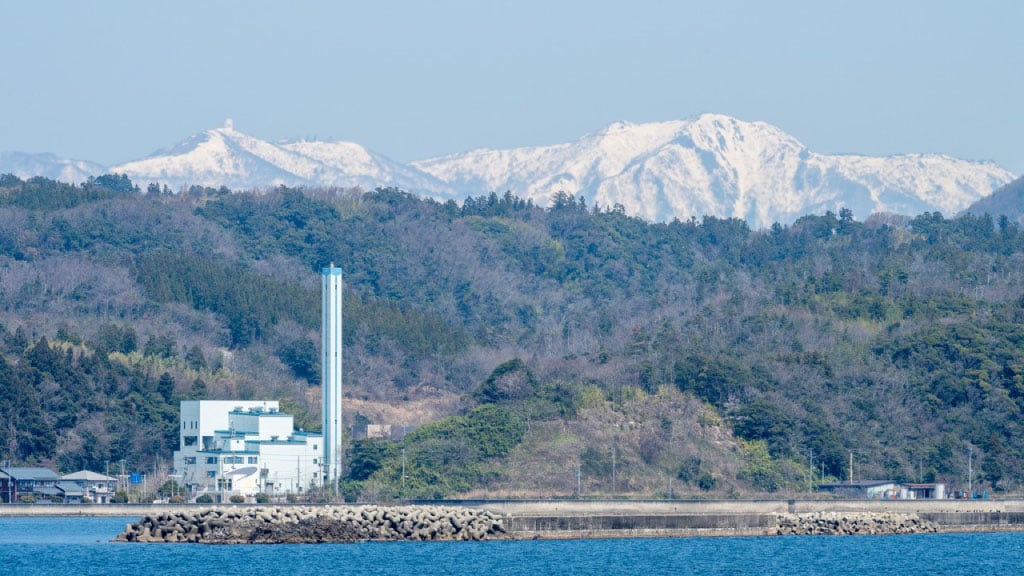
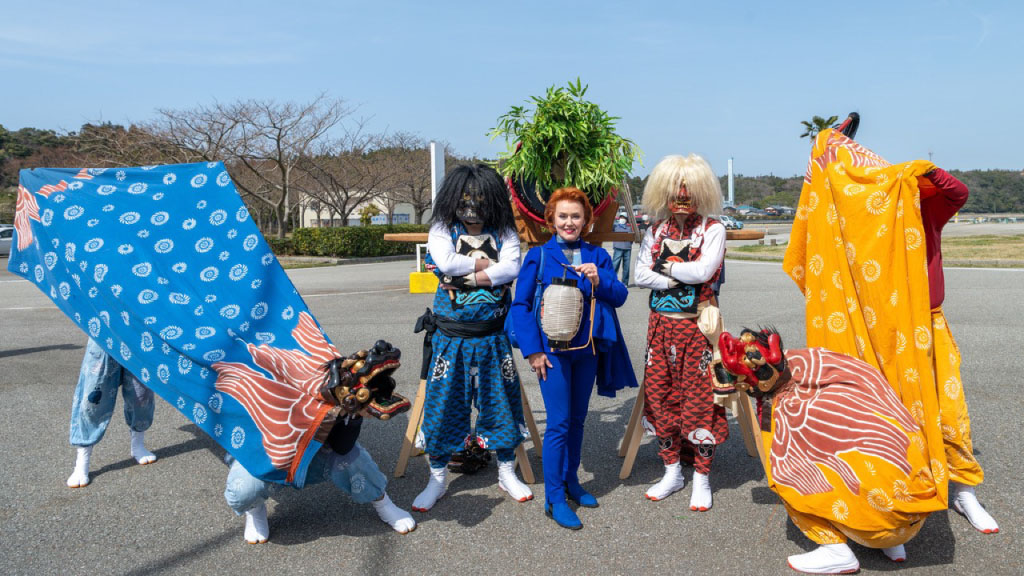
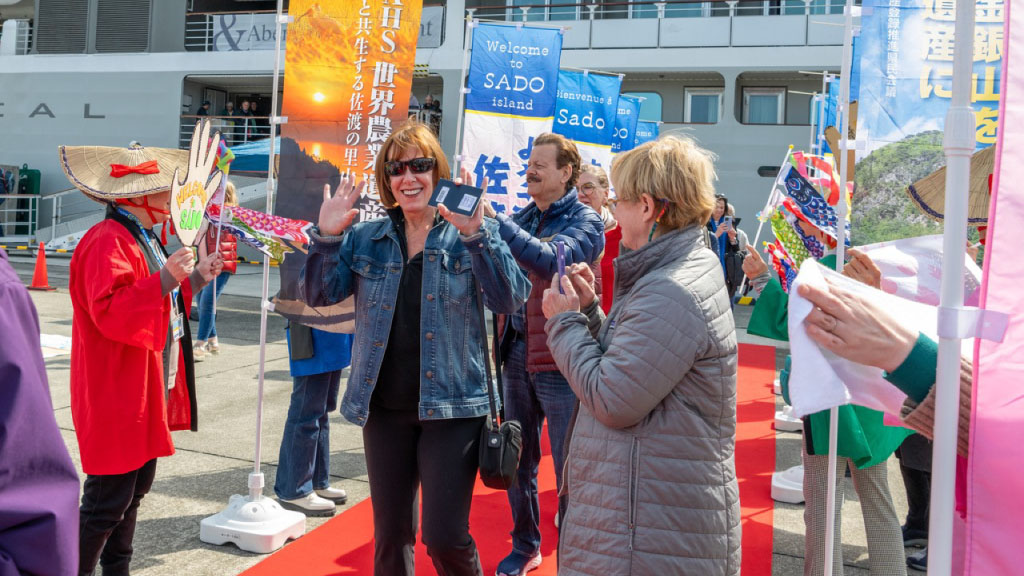
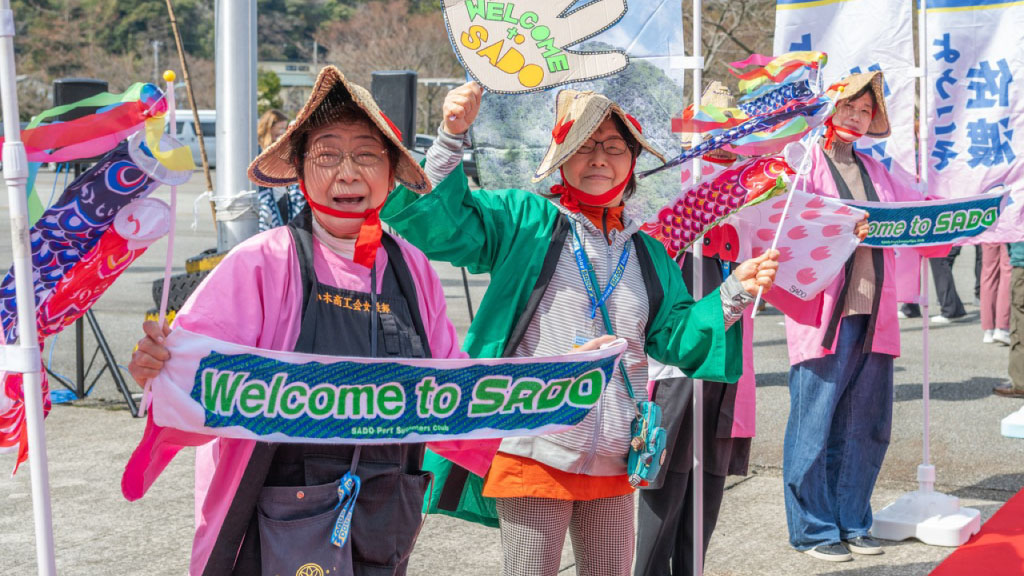
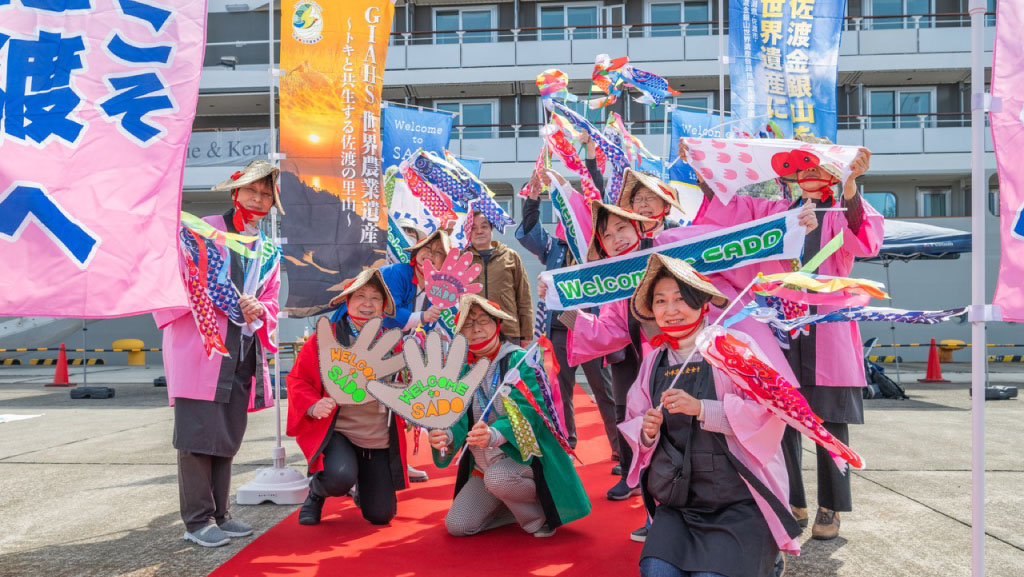
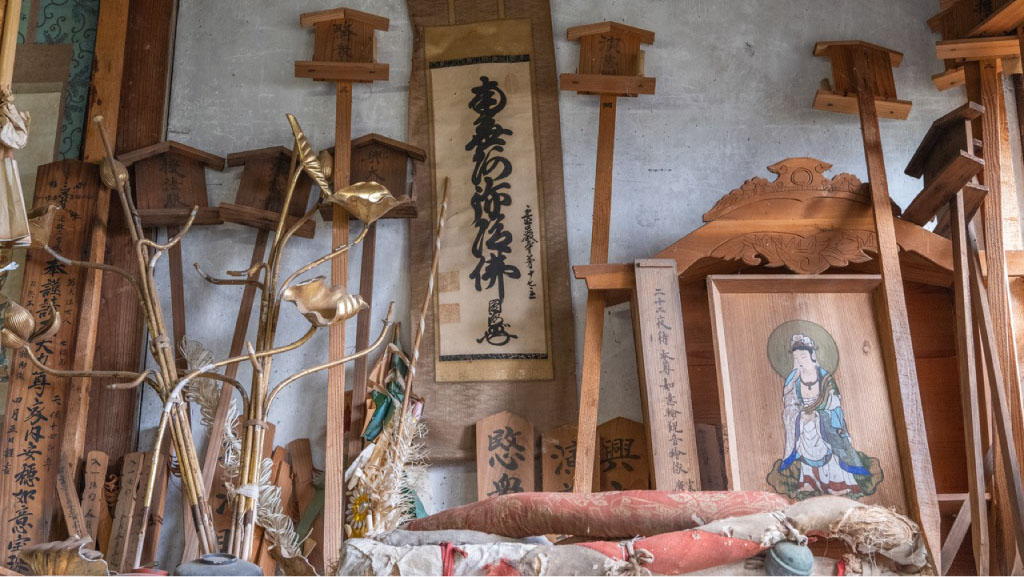
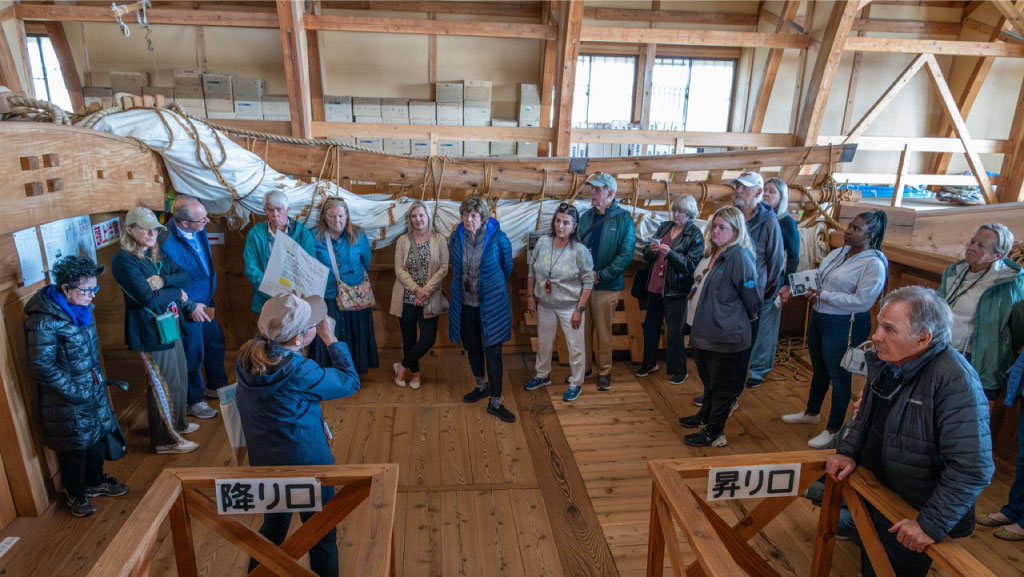
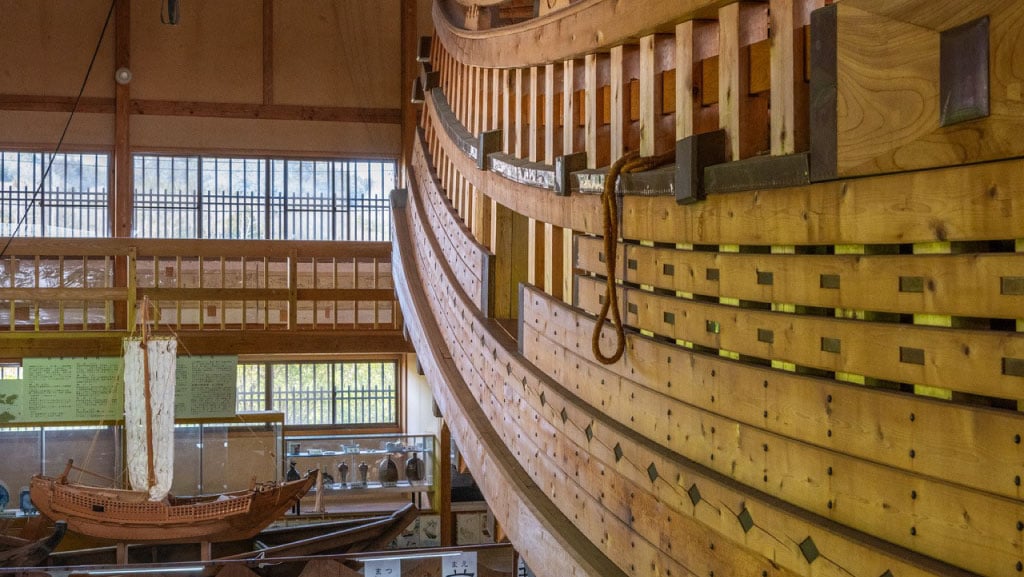
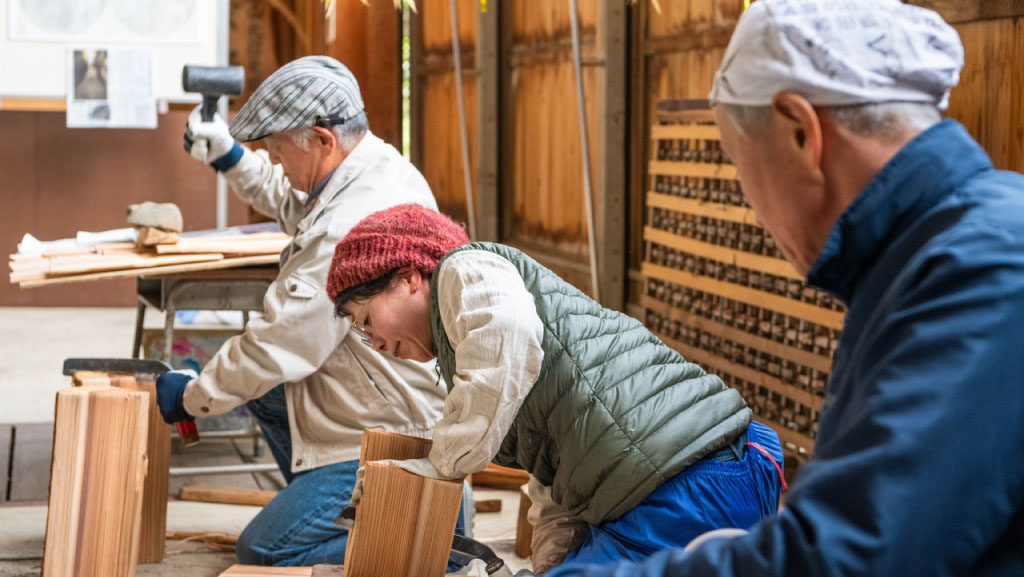
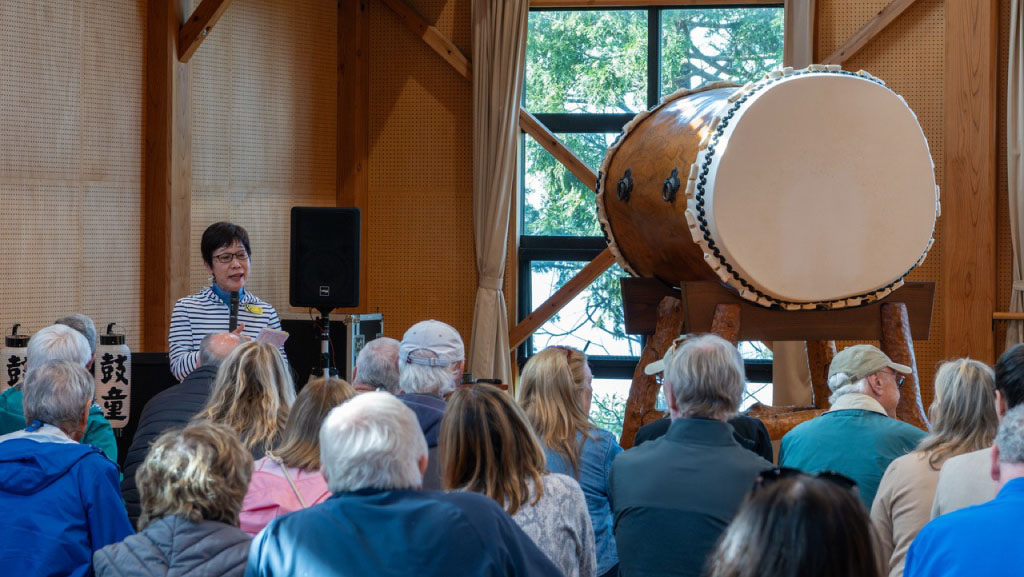















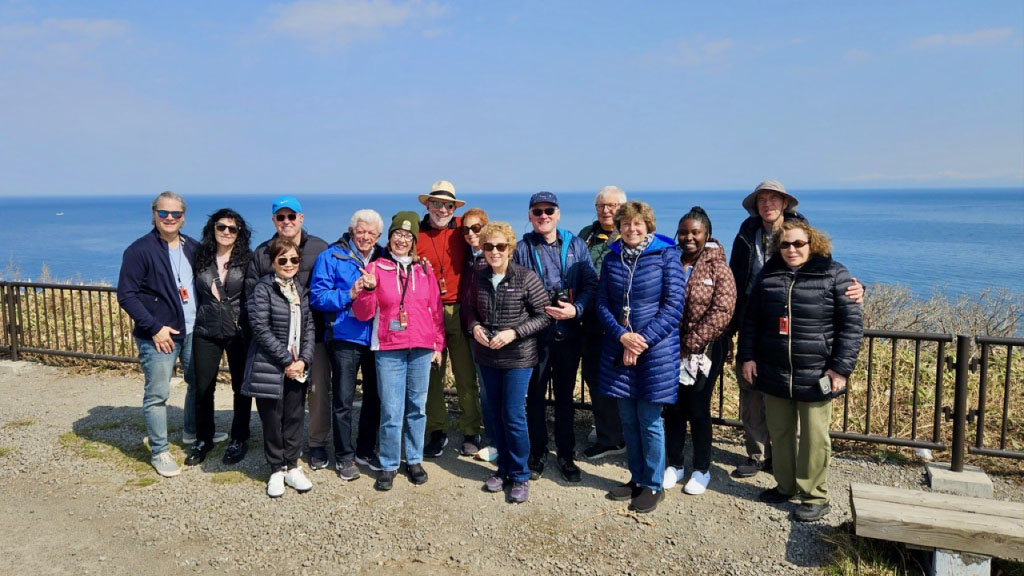
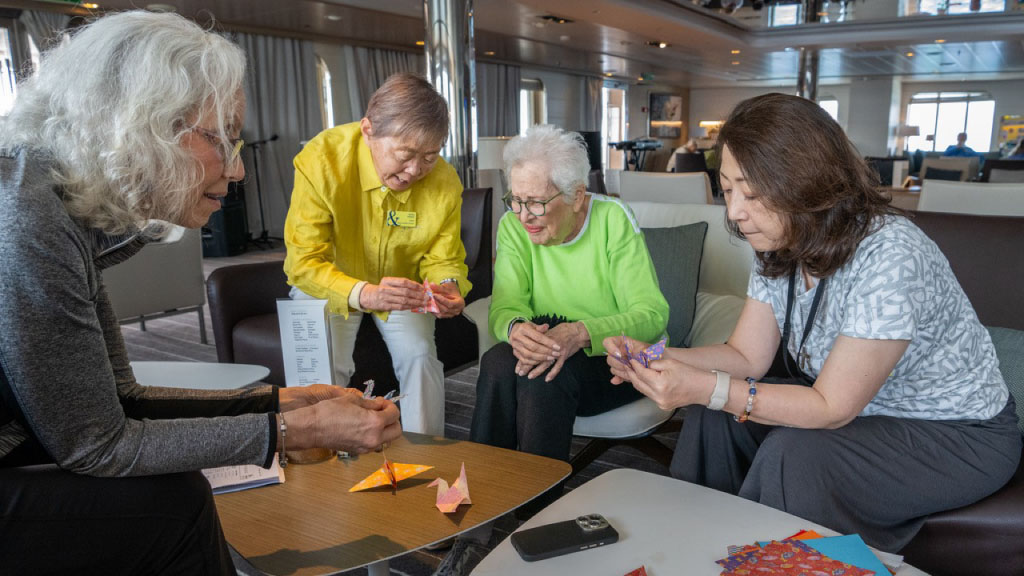
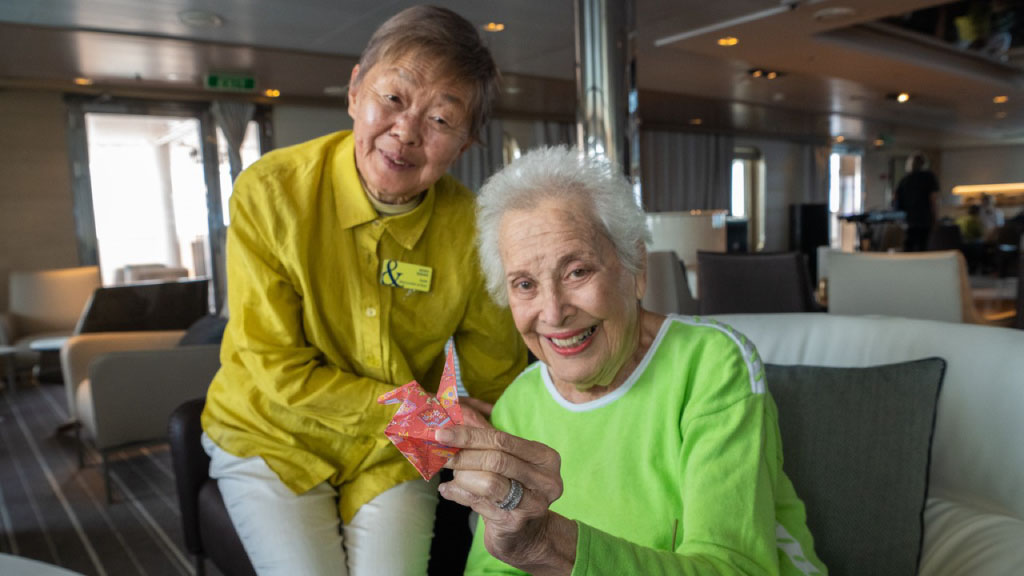
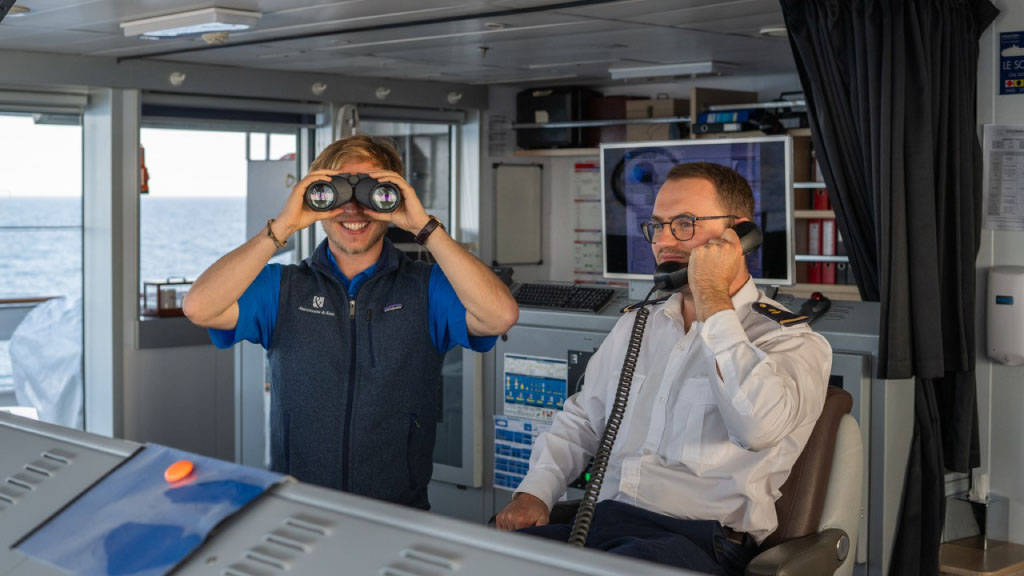
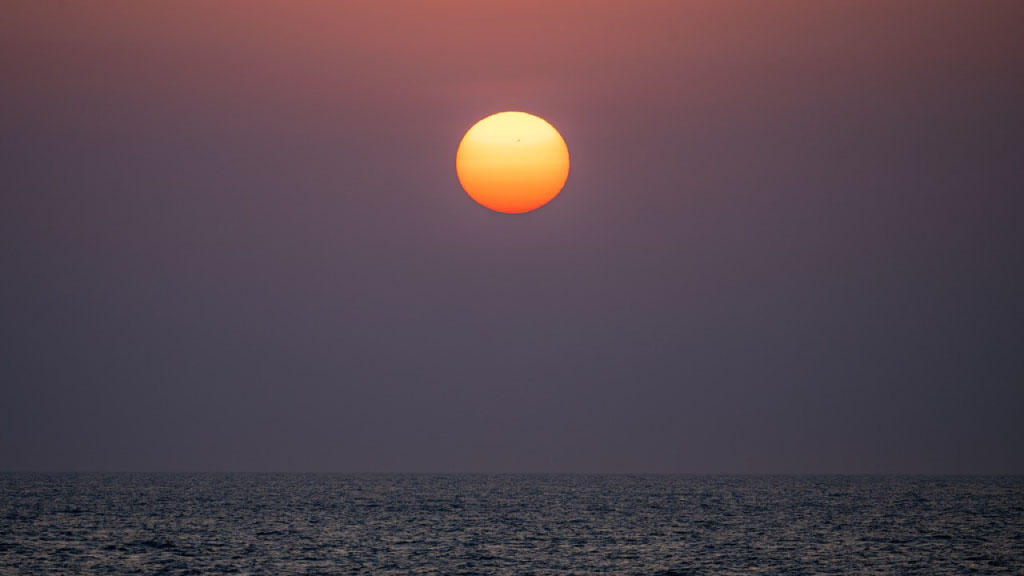

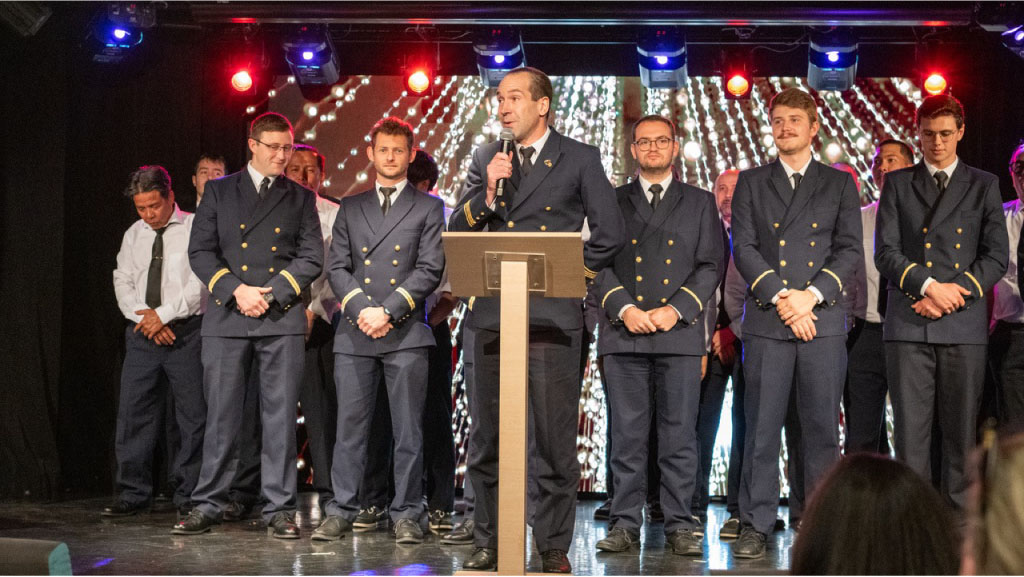
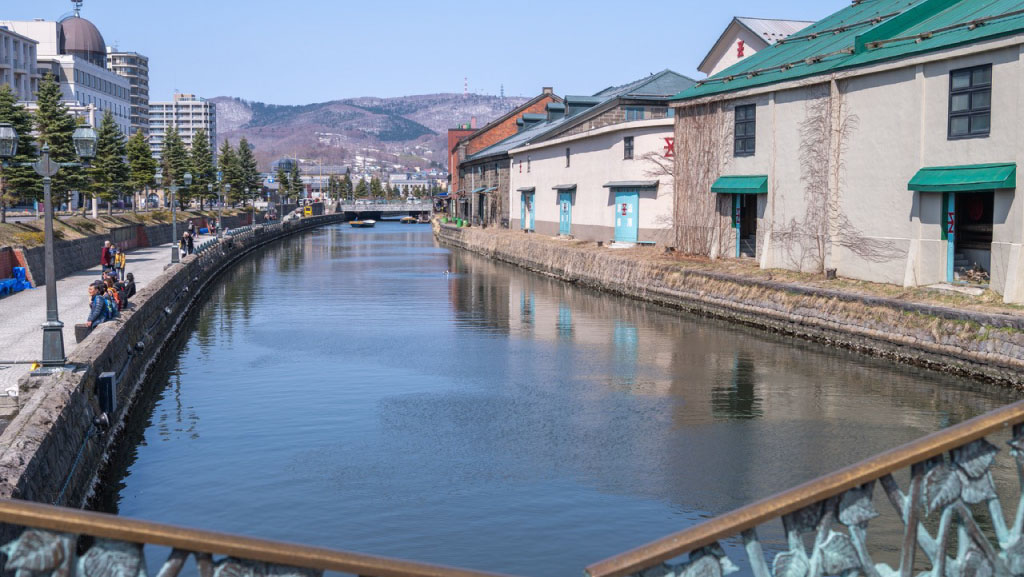
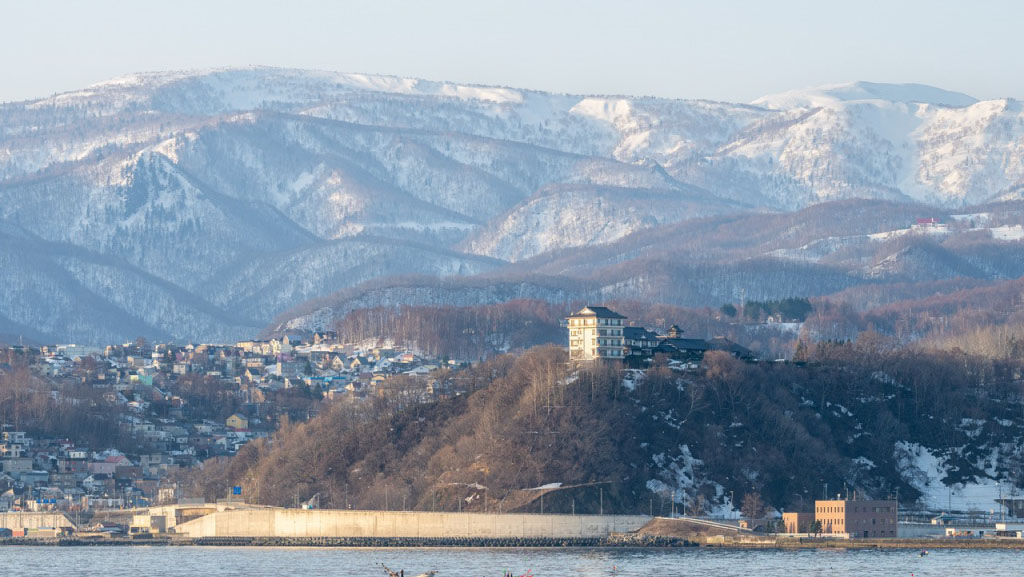
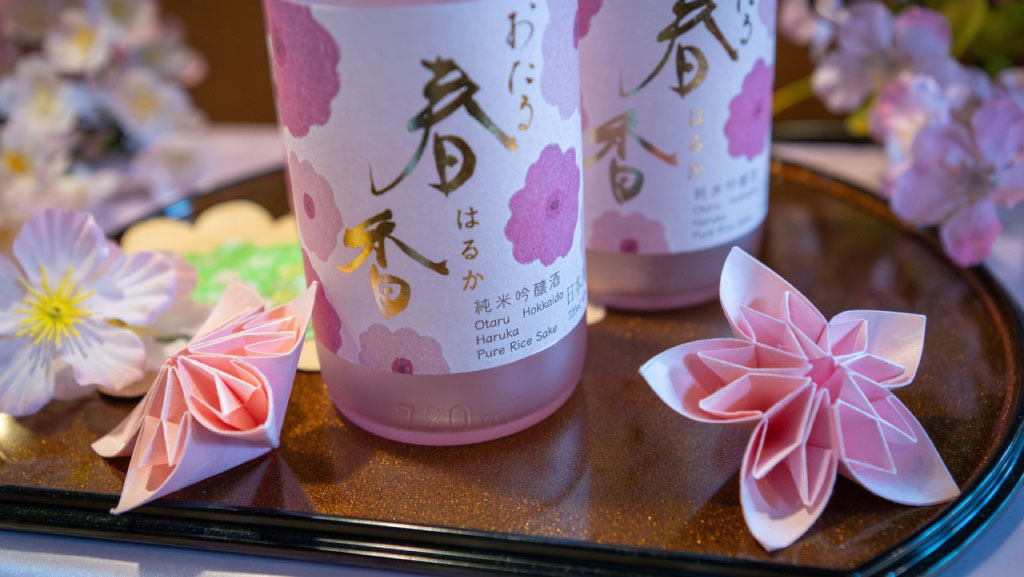
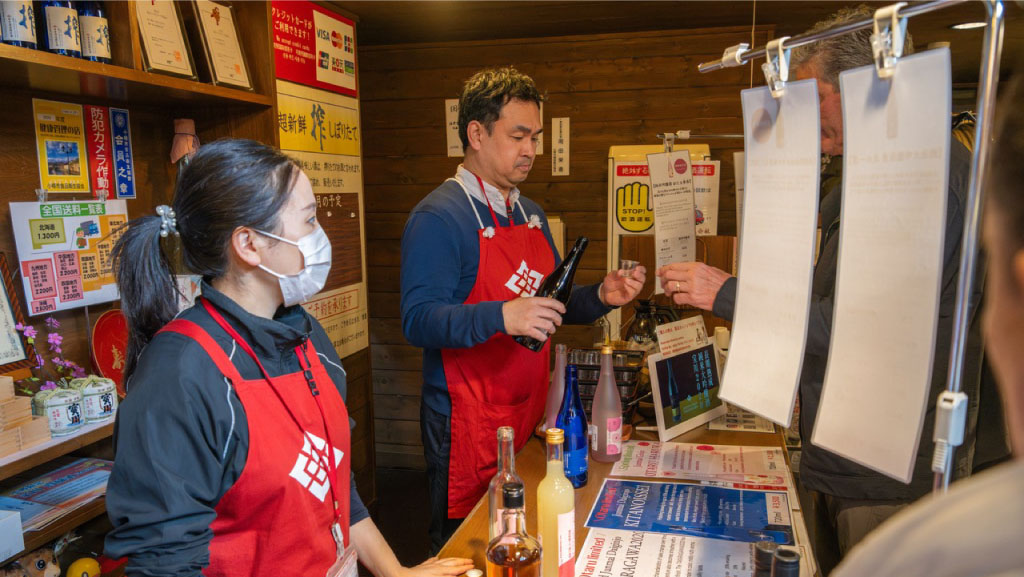
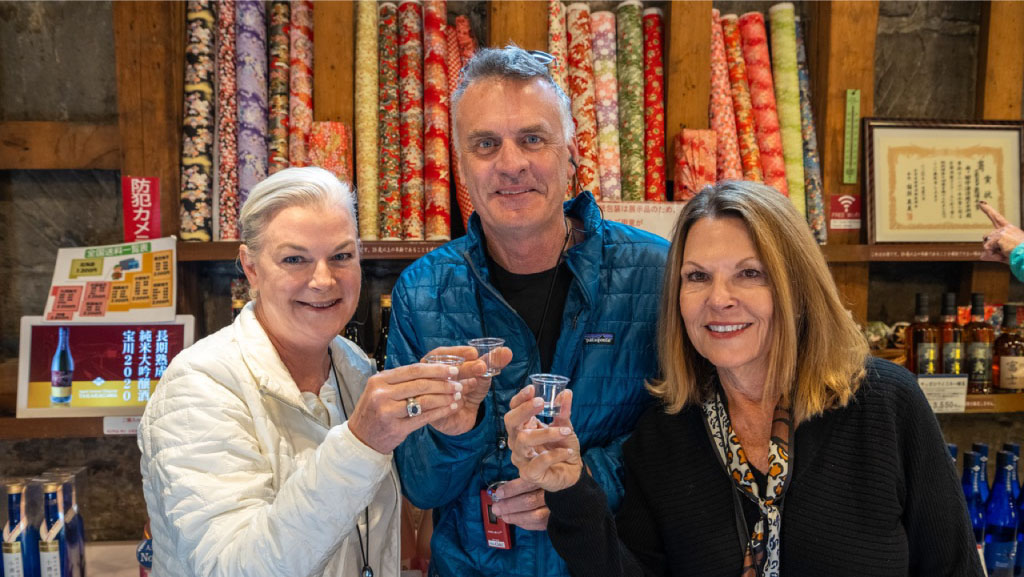
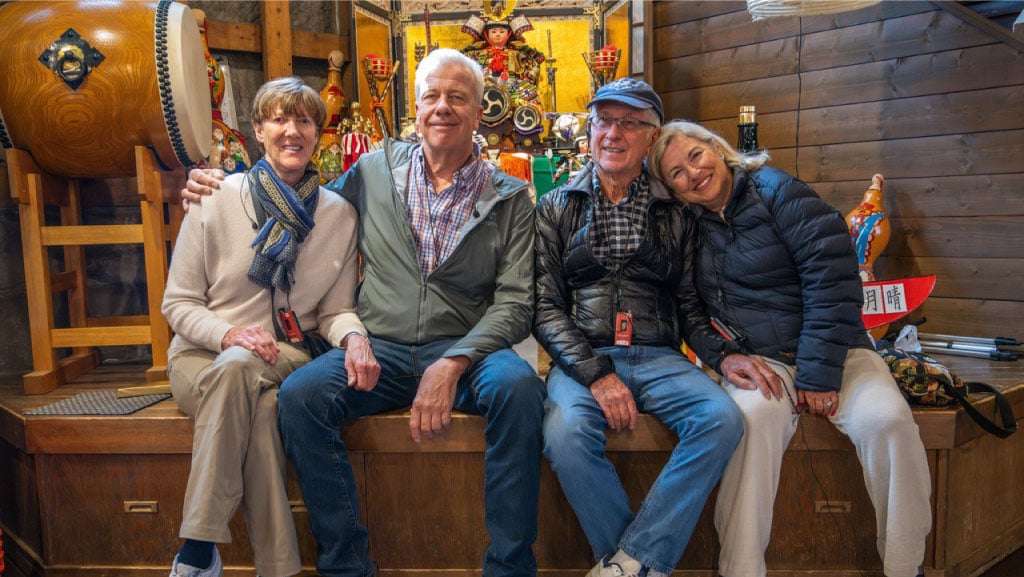
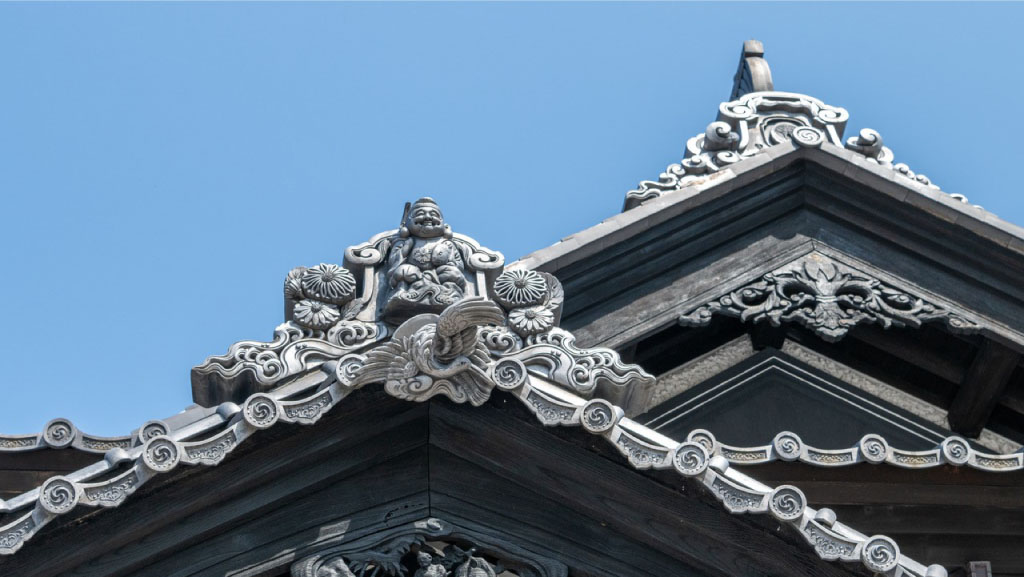
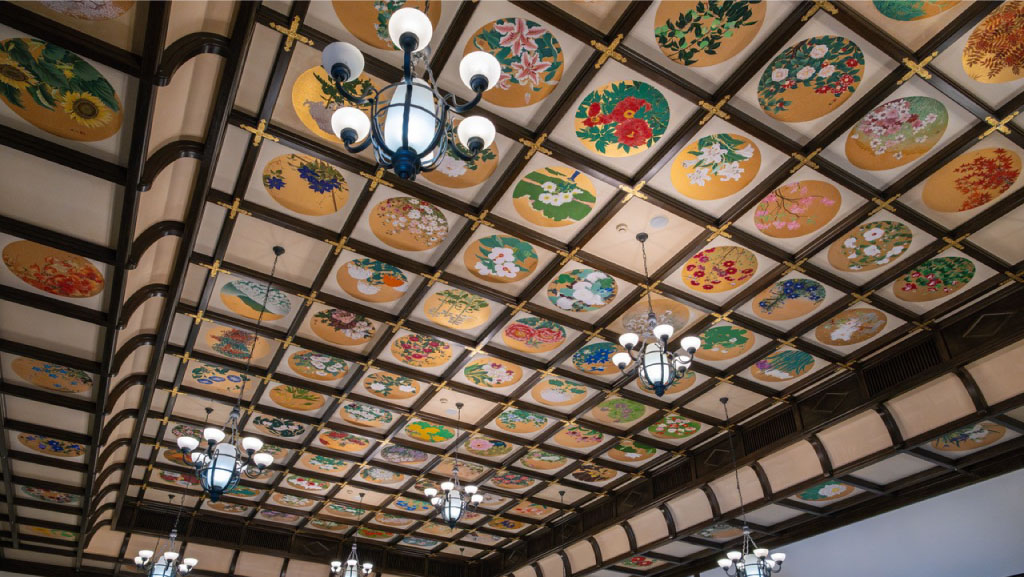

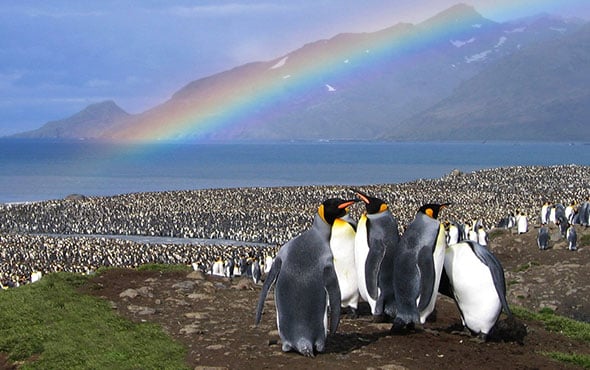

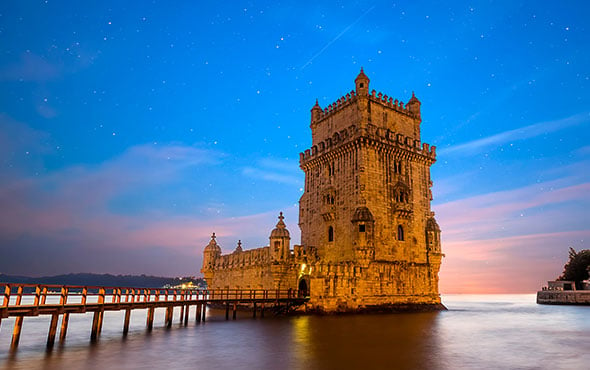

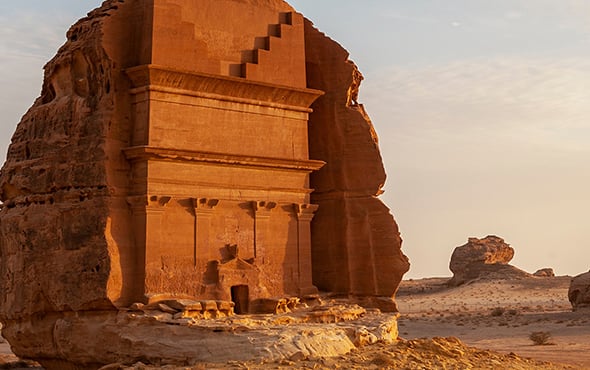
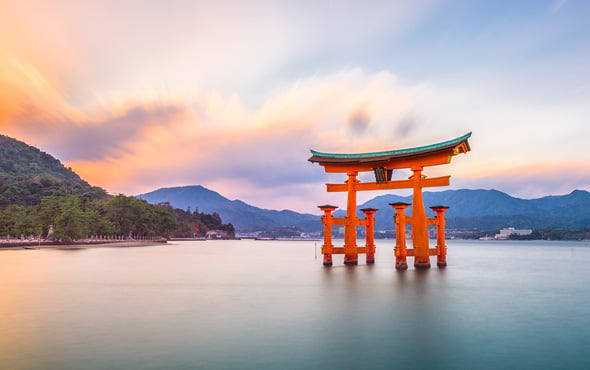
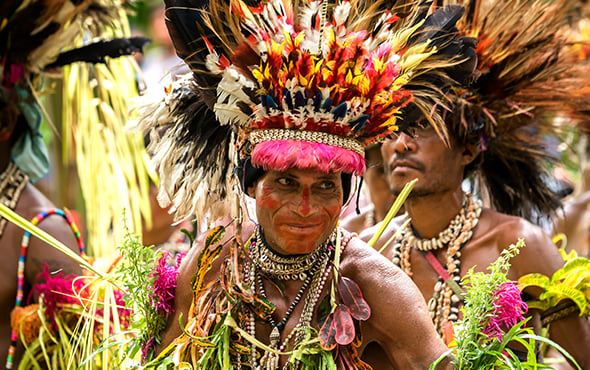
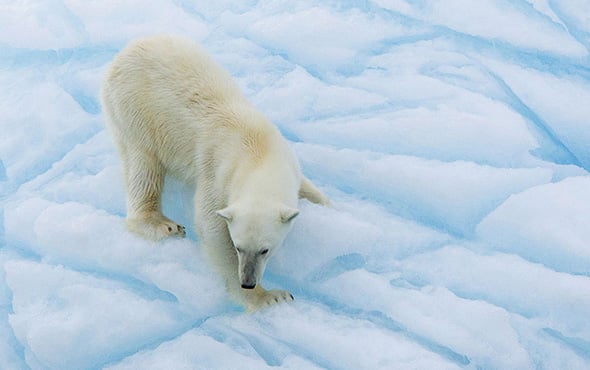
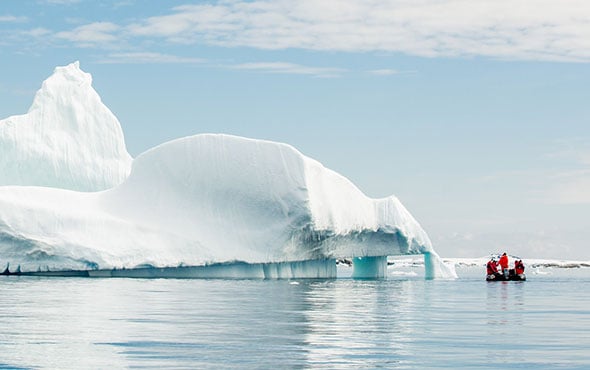
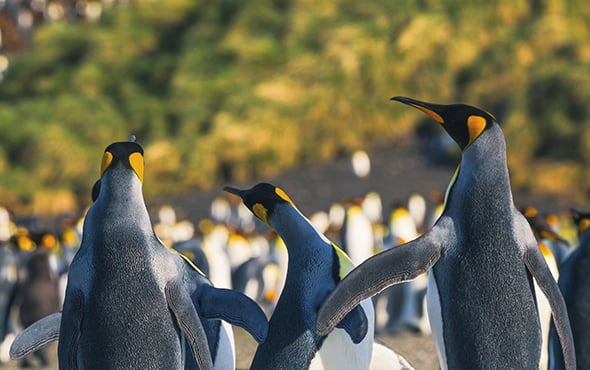




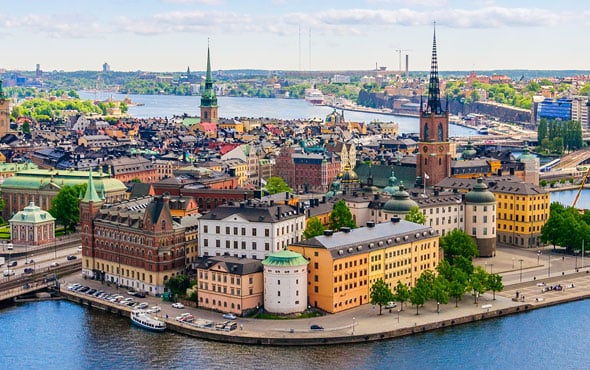


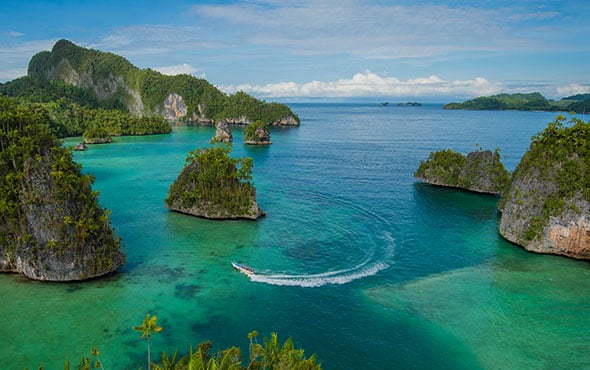
 The Americas
The Americas
 Europe, Middle East and Africa
Europe, Middle East and Africa Australia, NZ and Asia
Australia, NZ and Asia